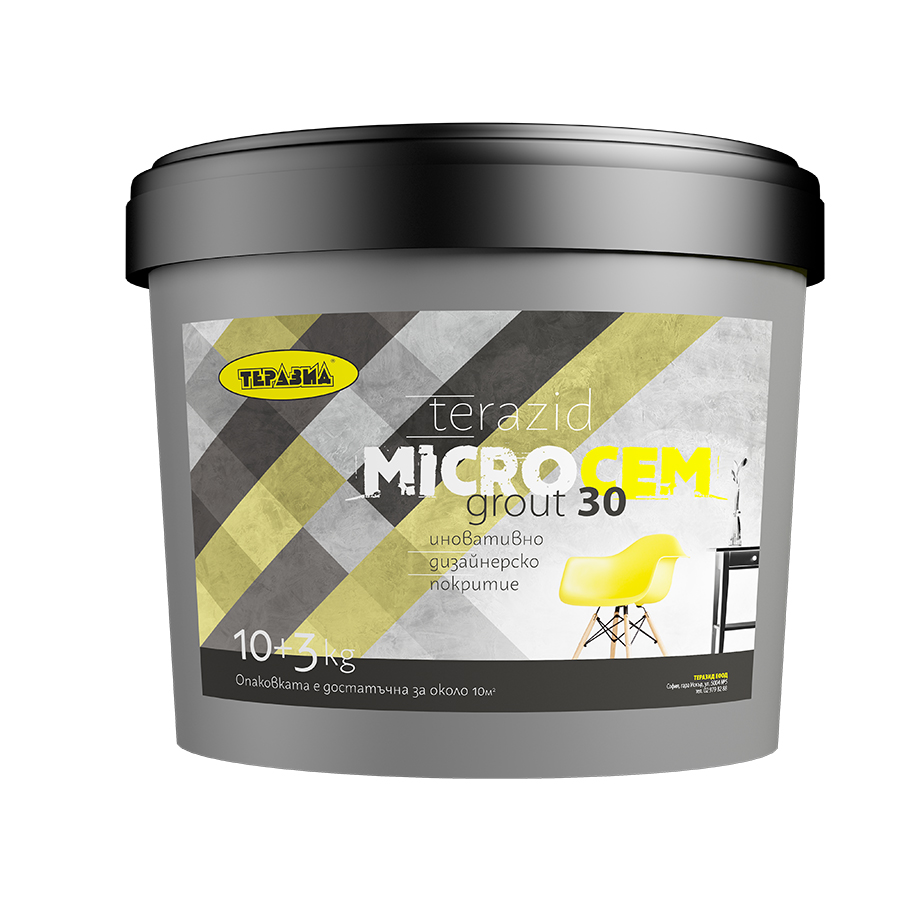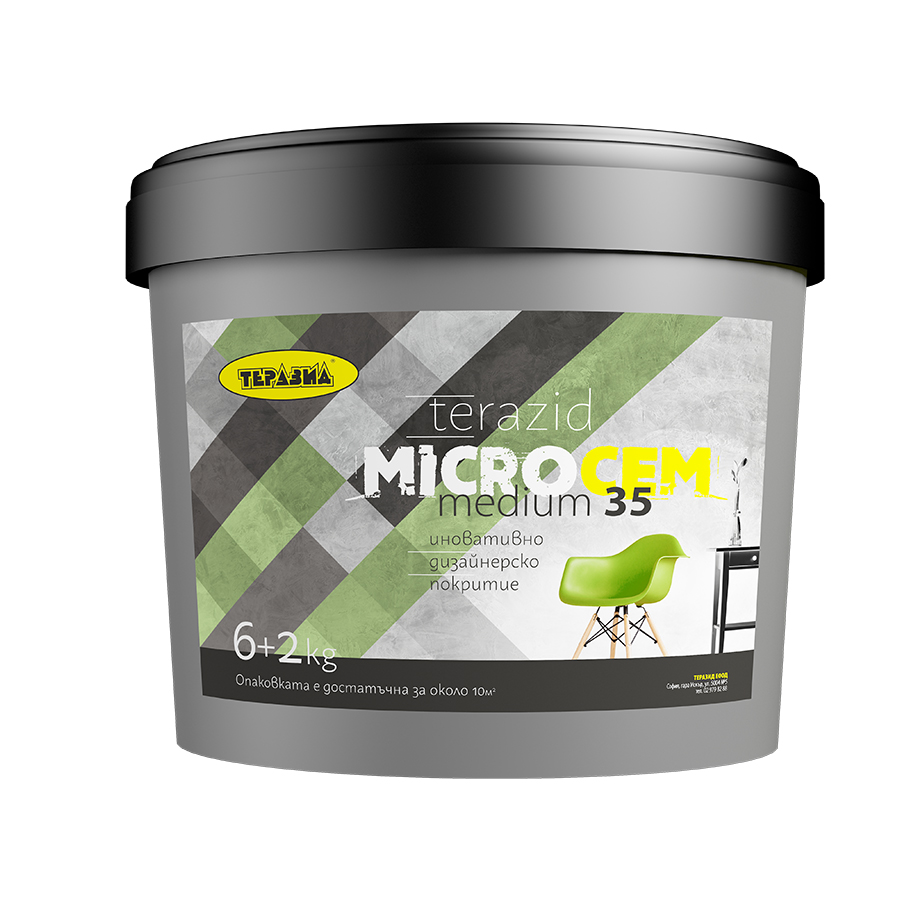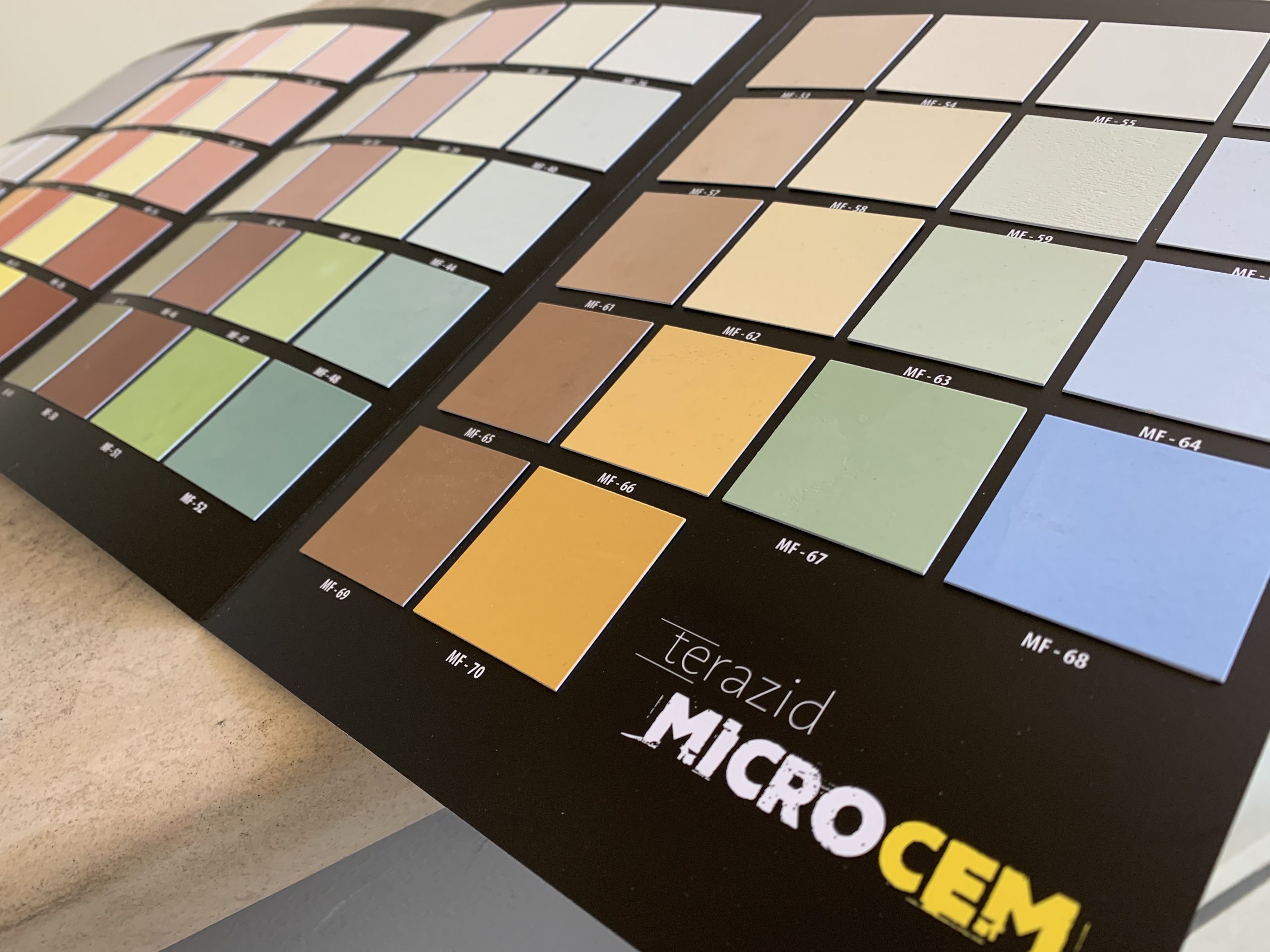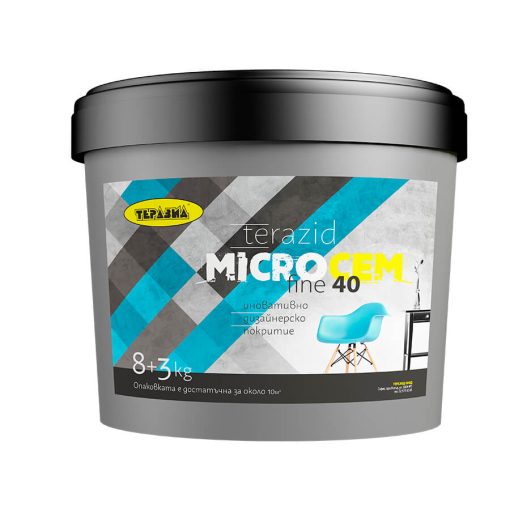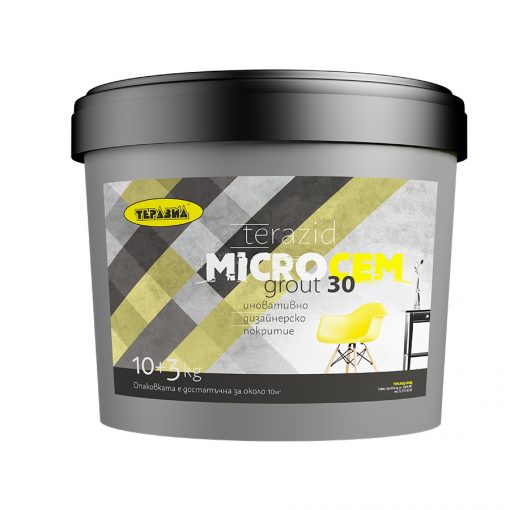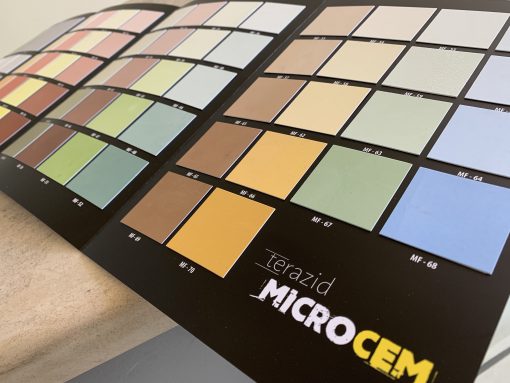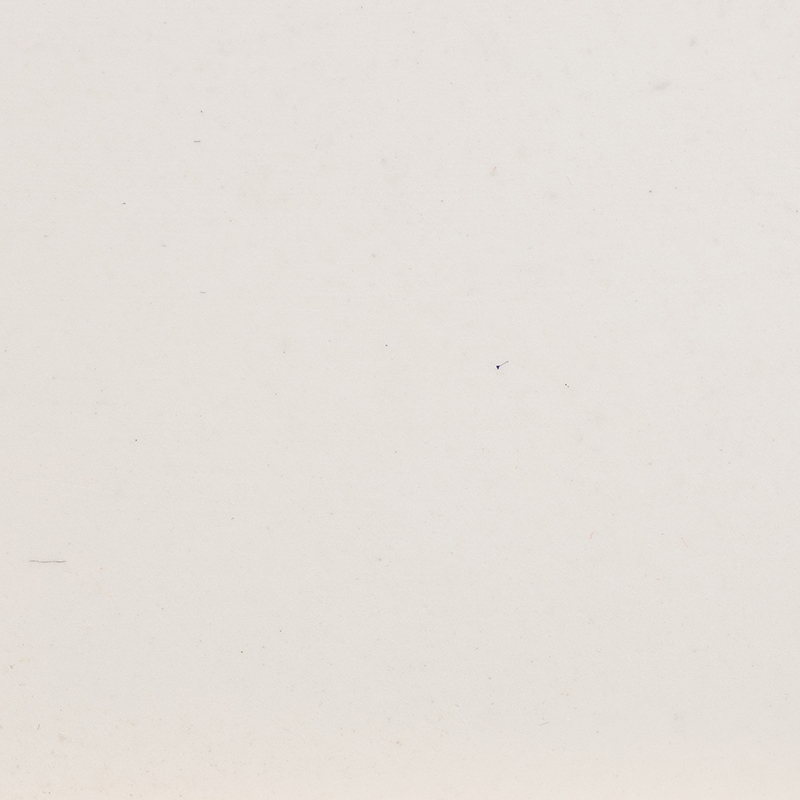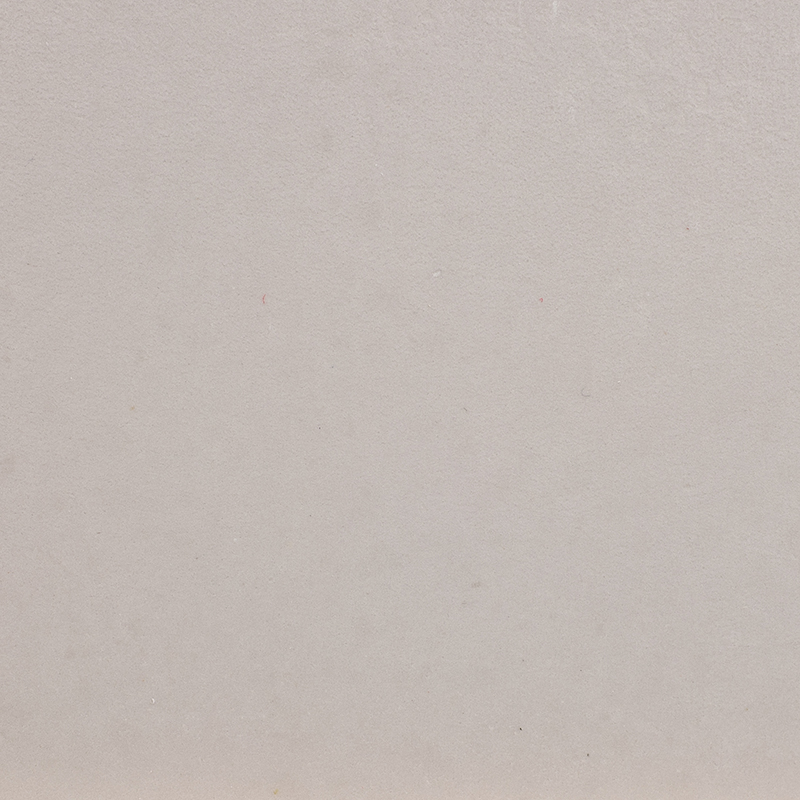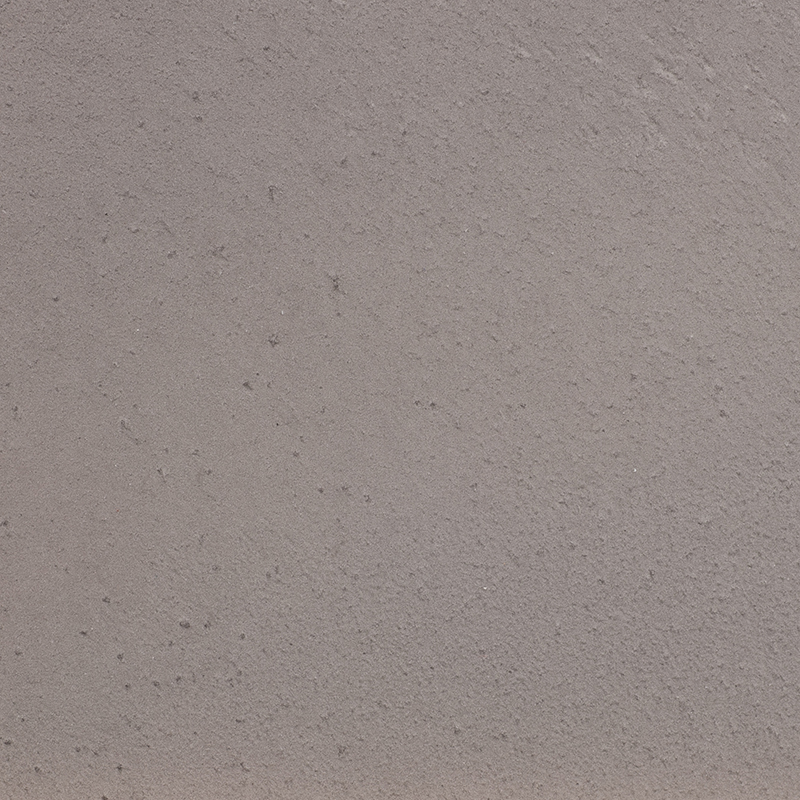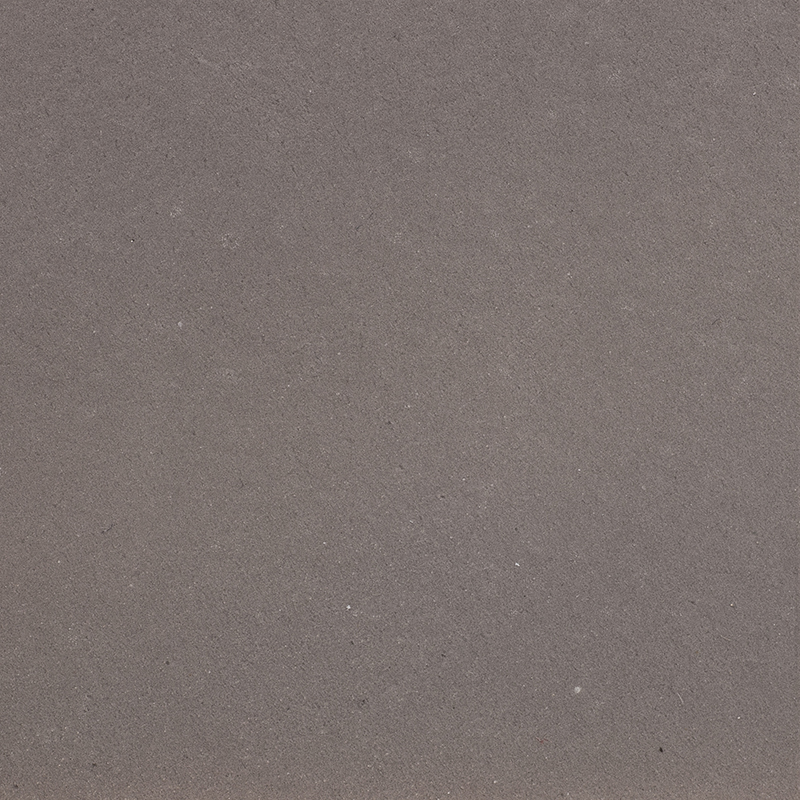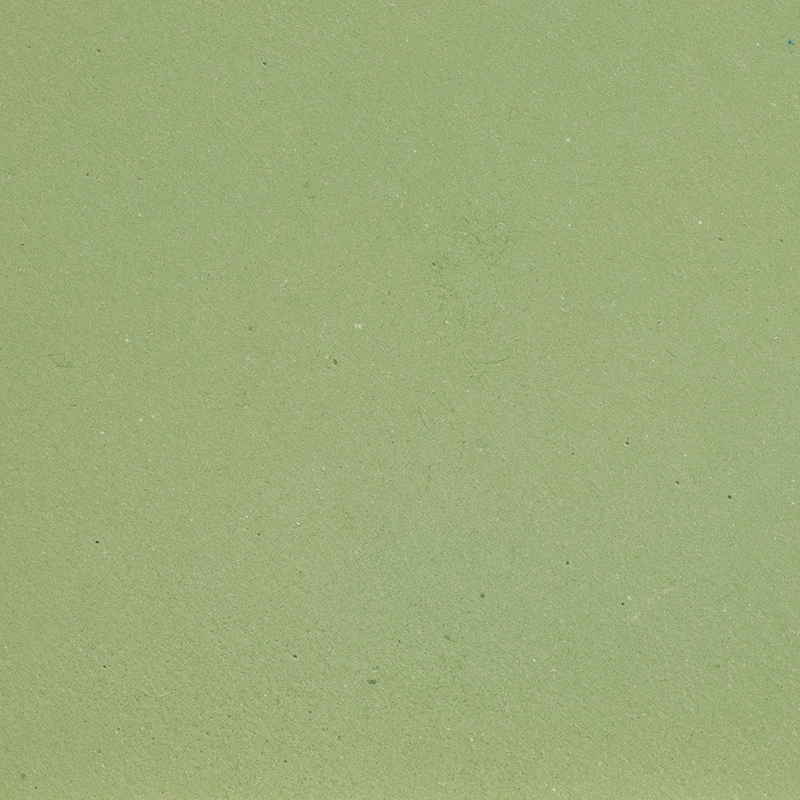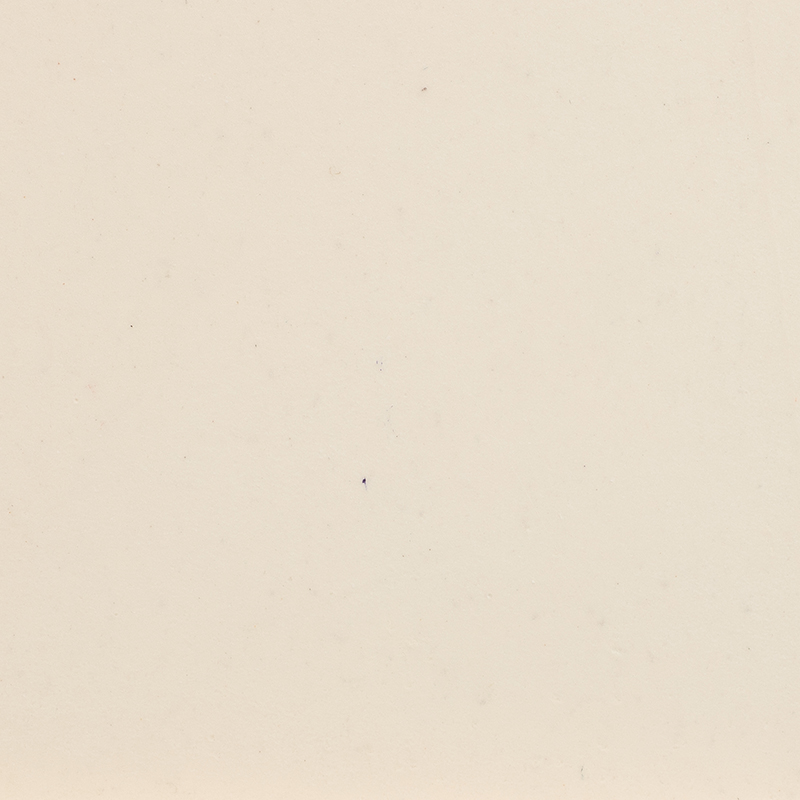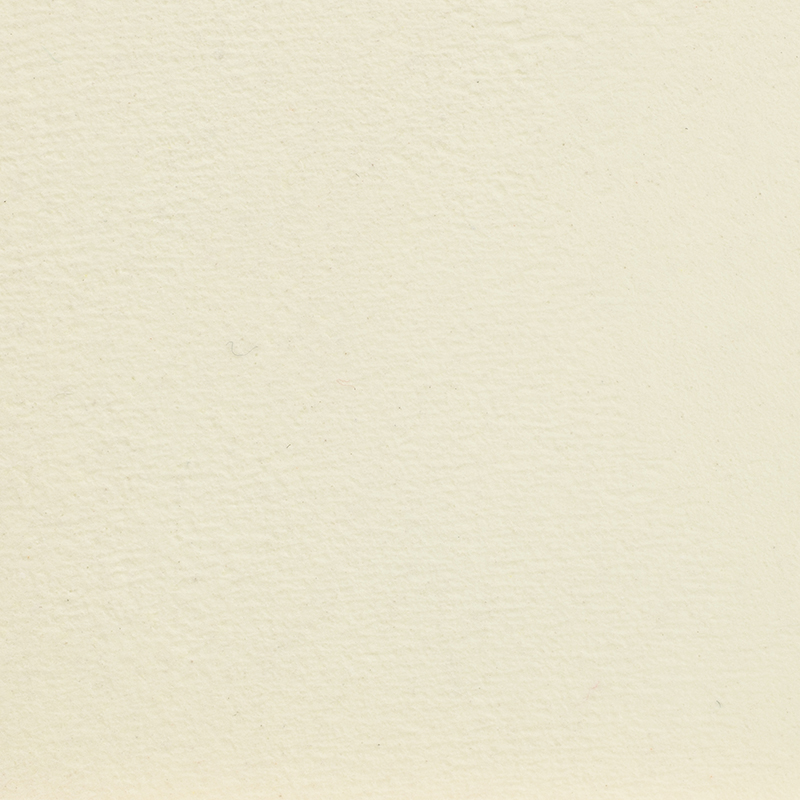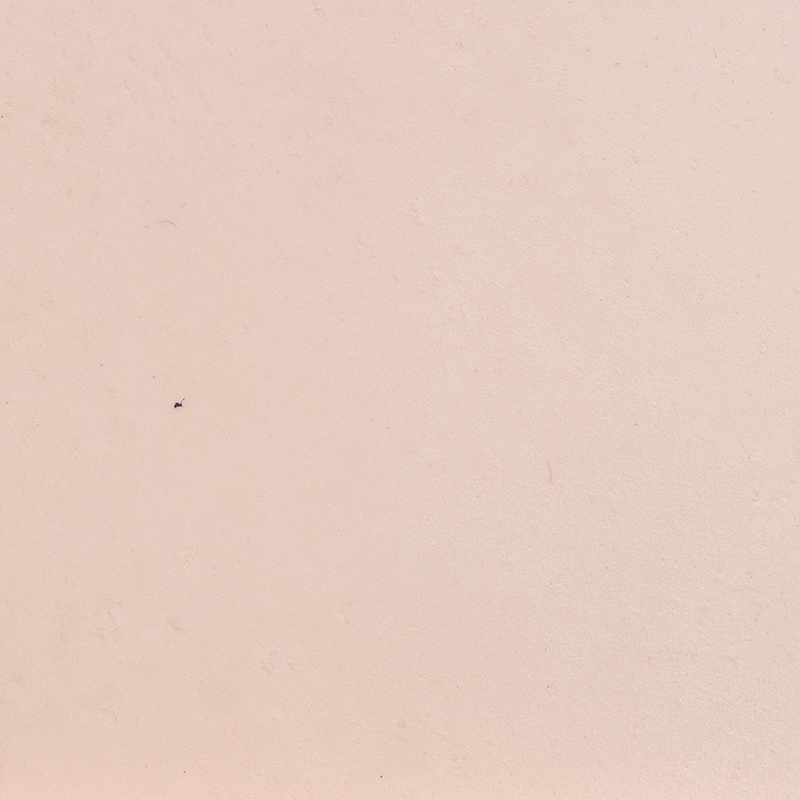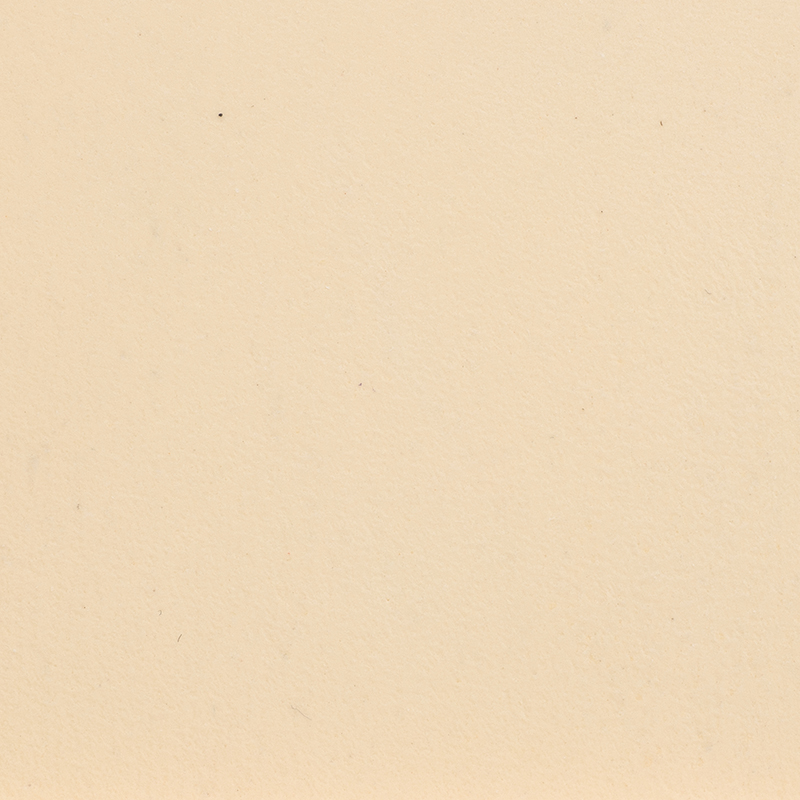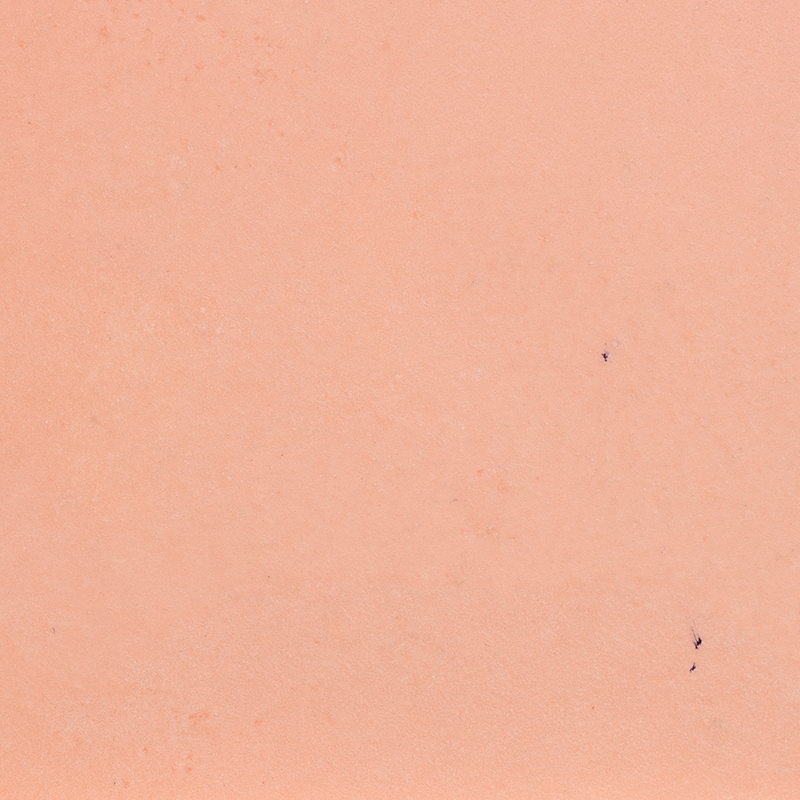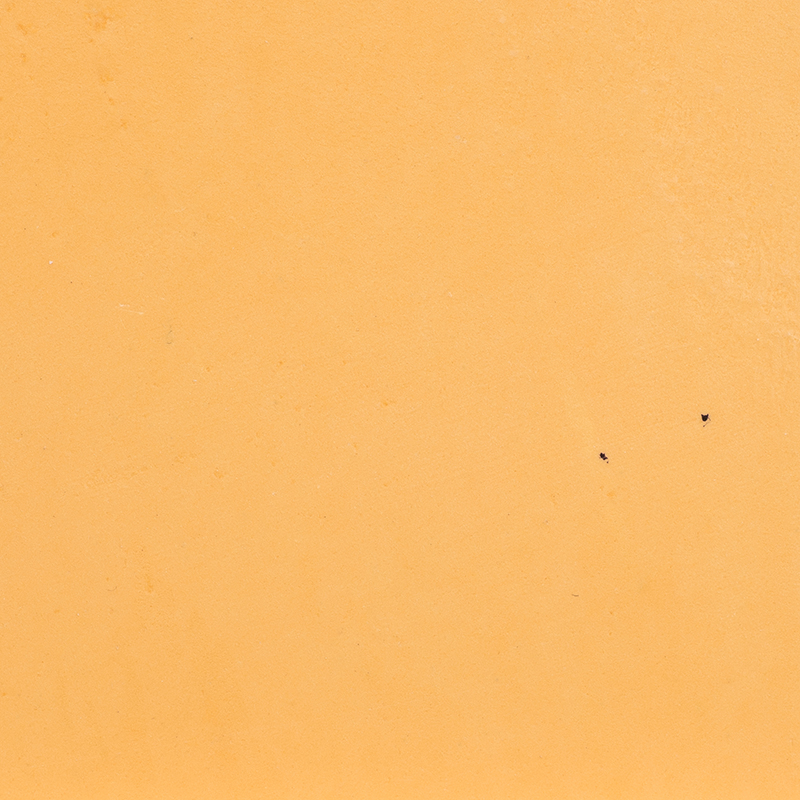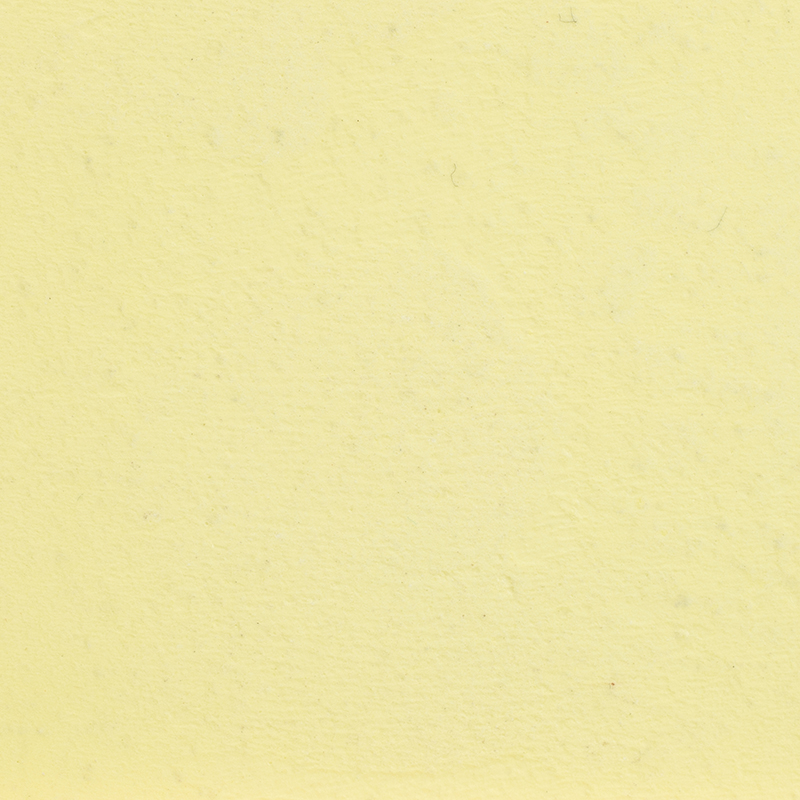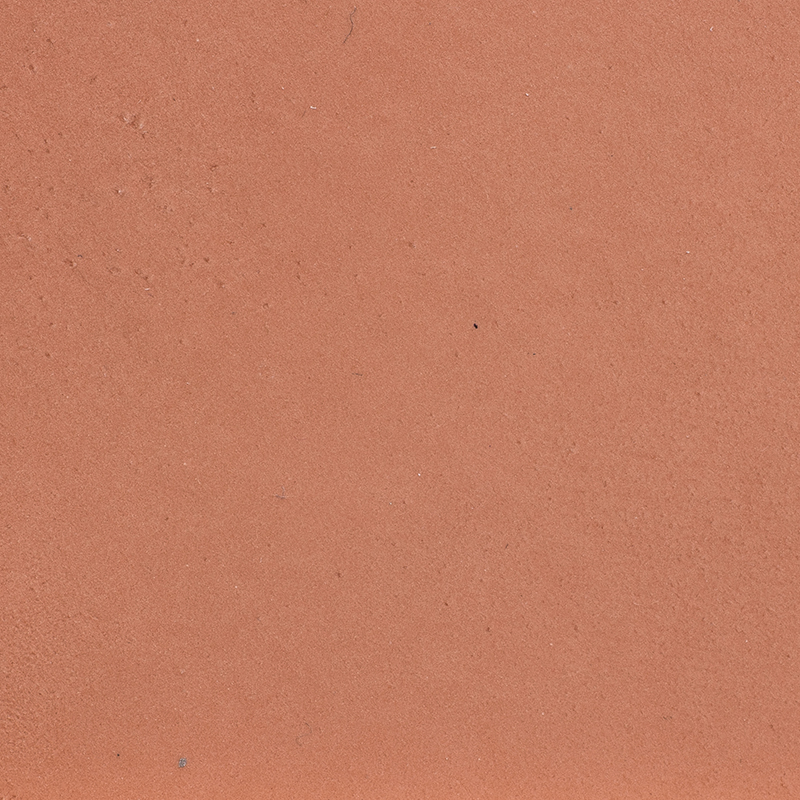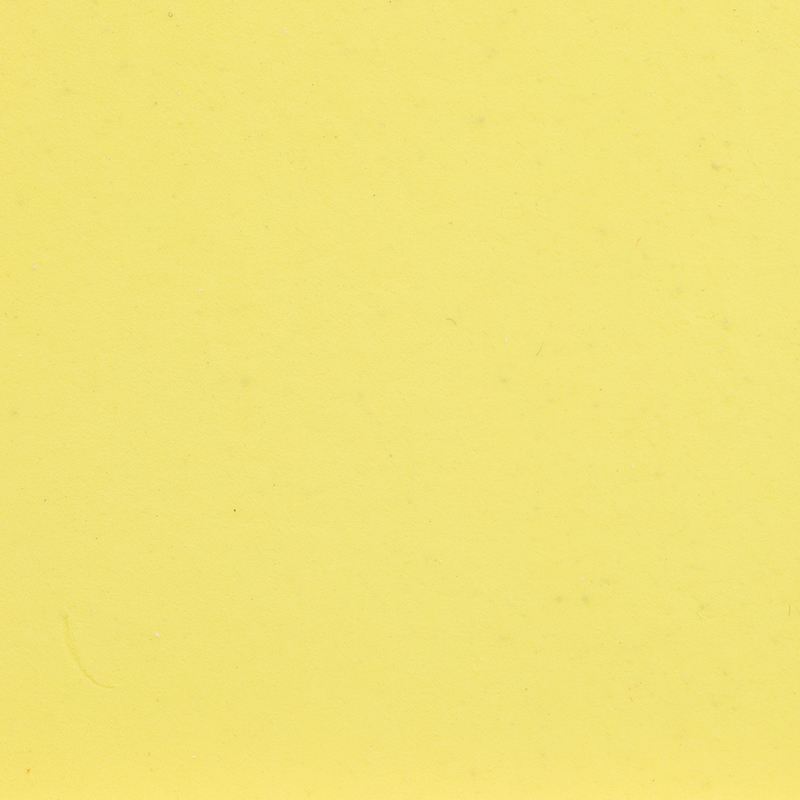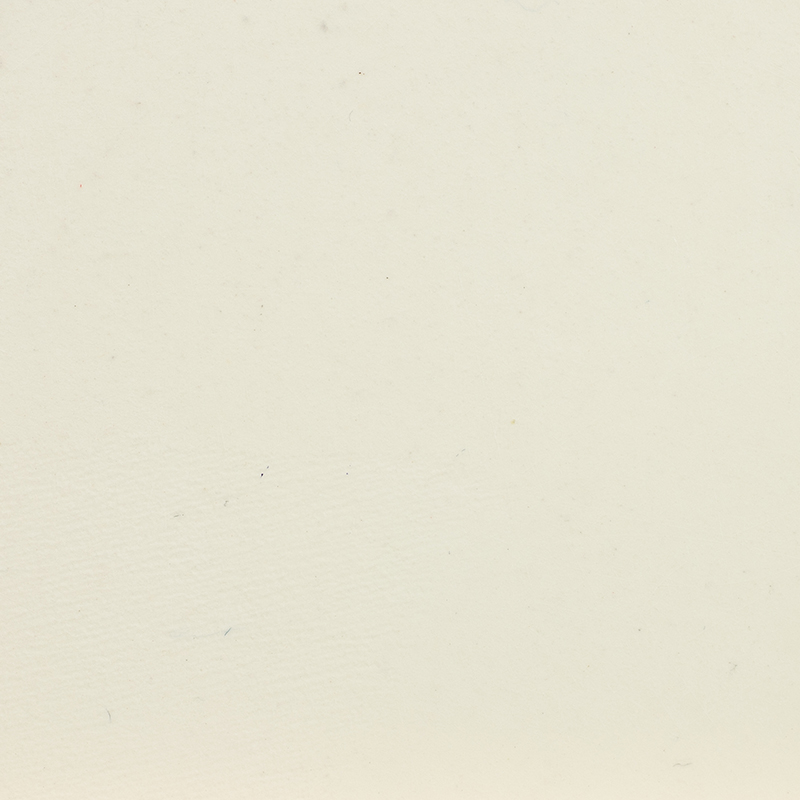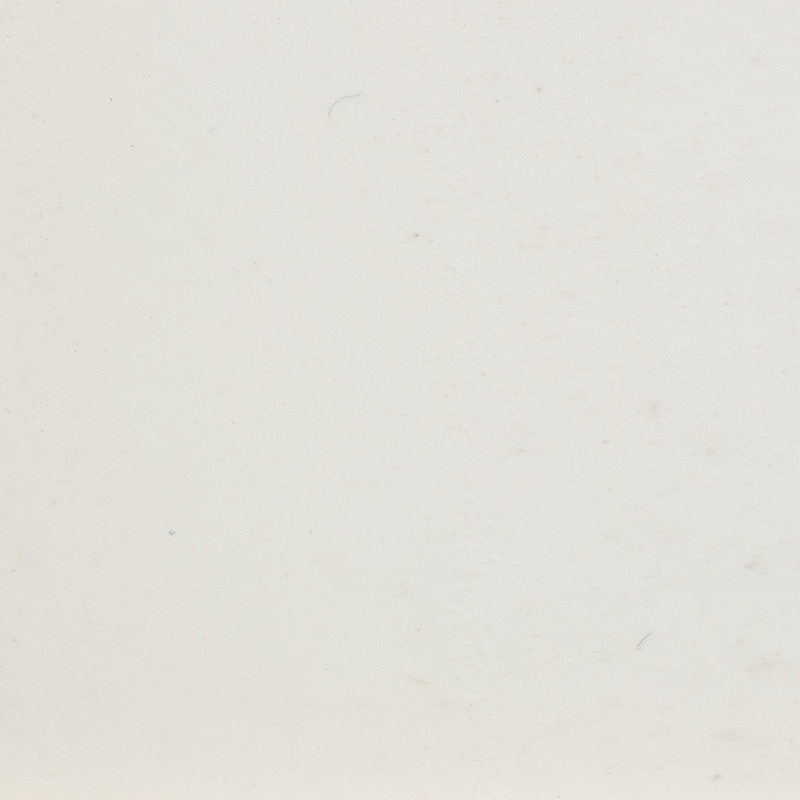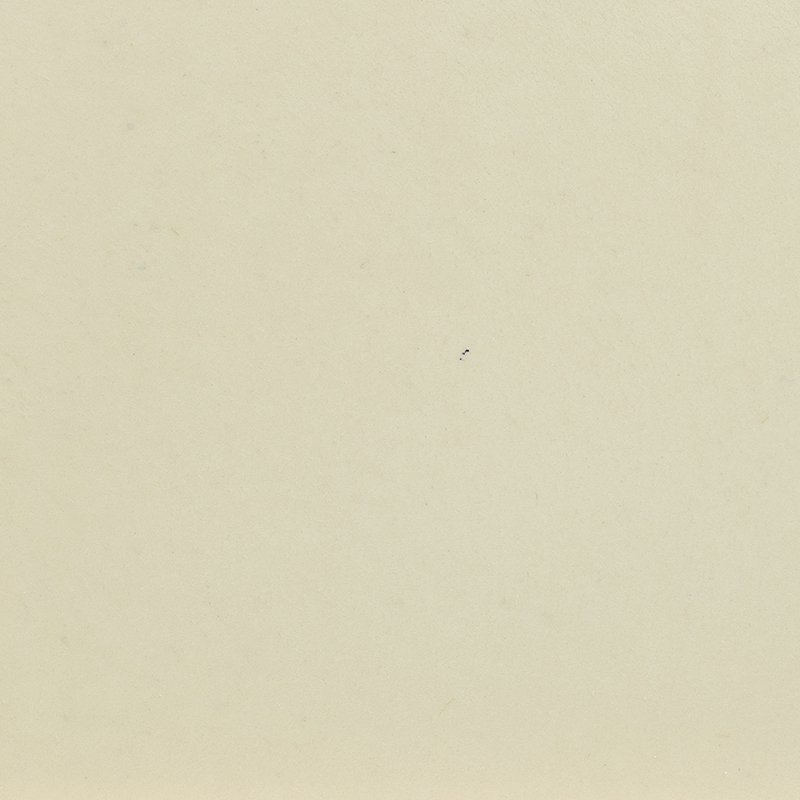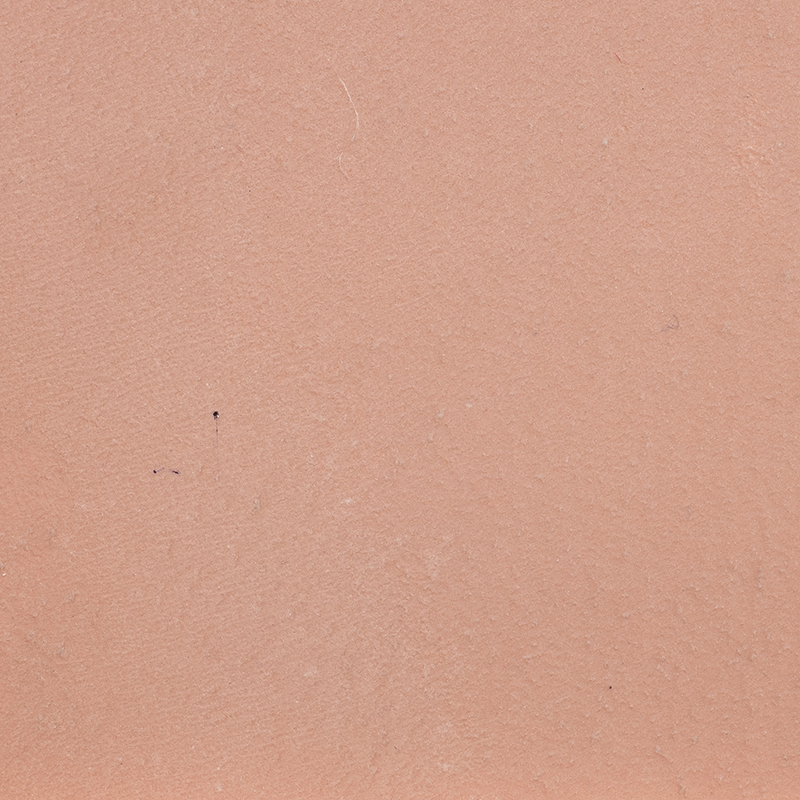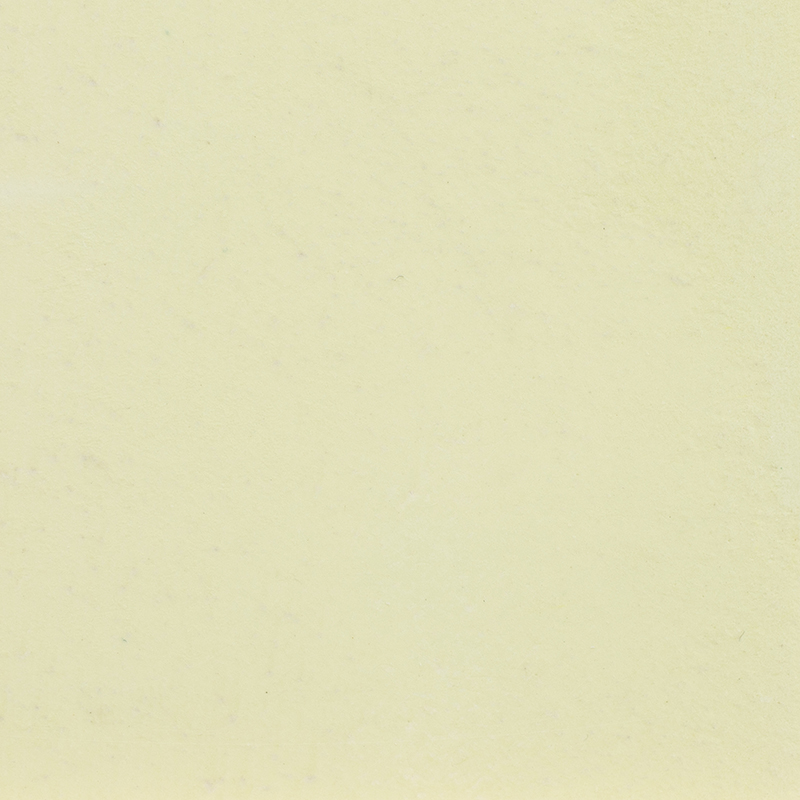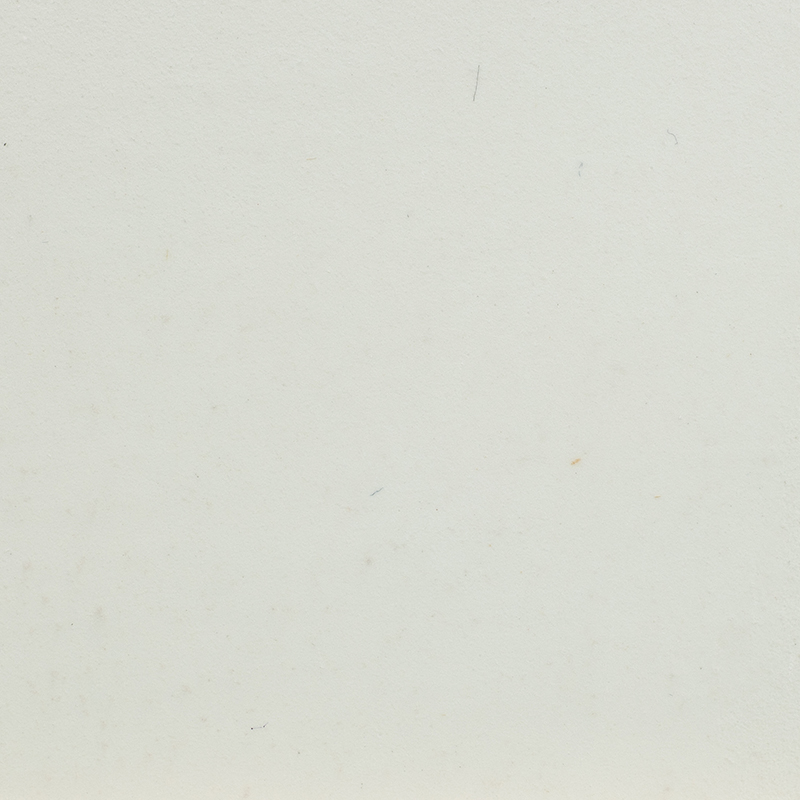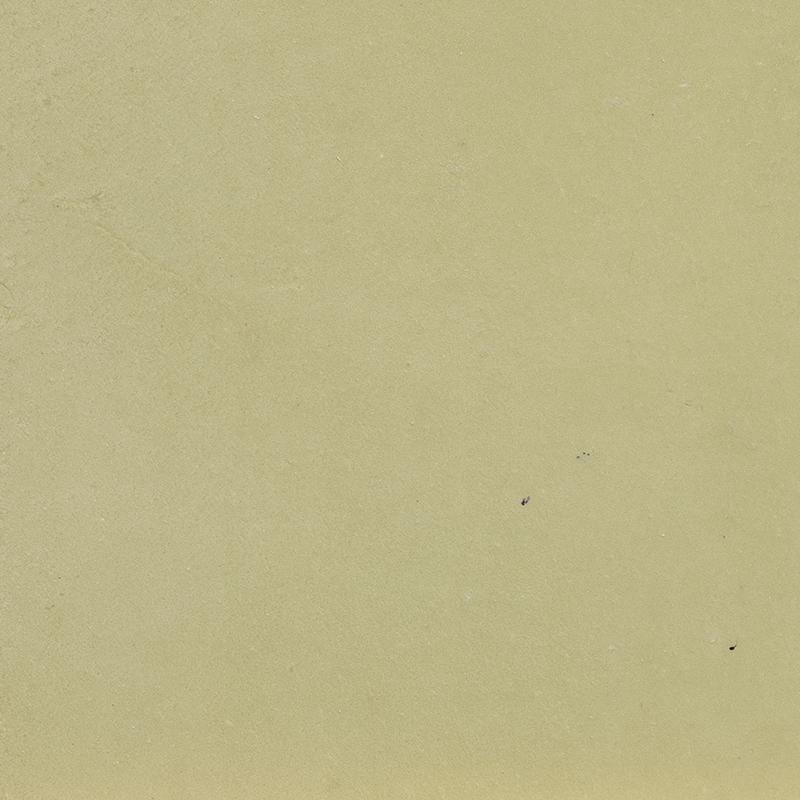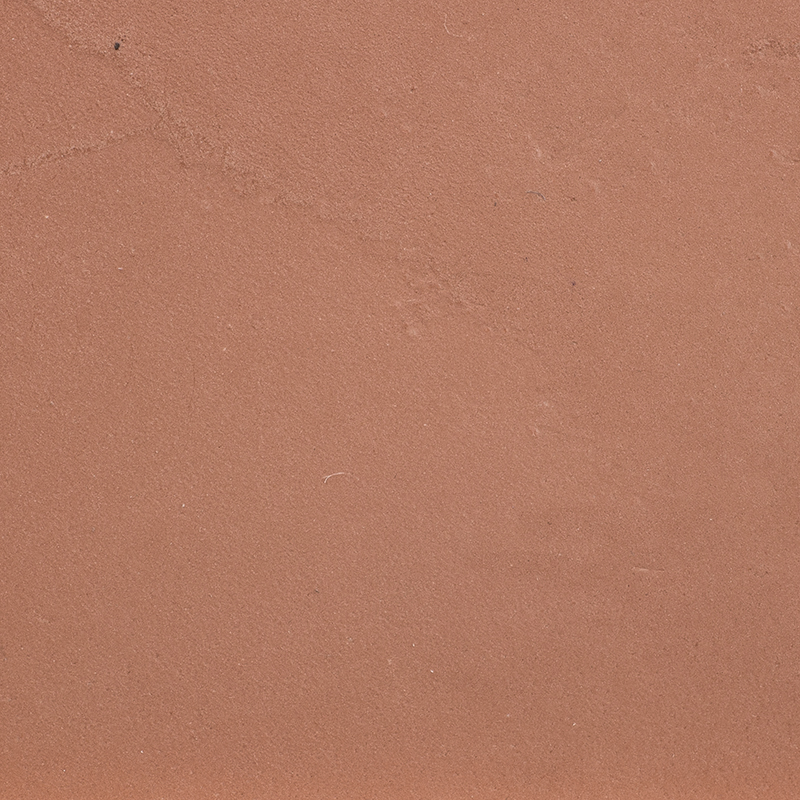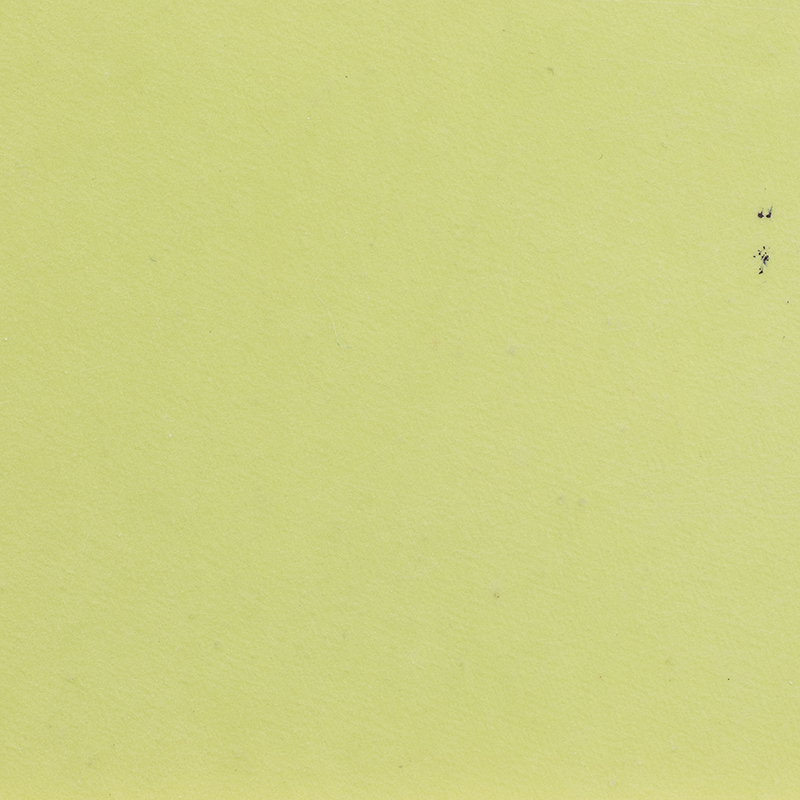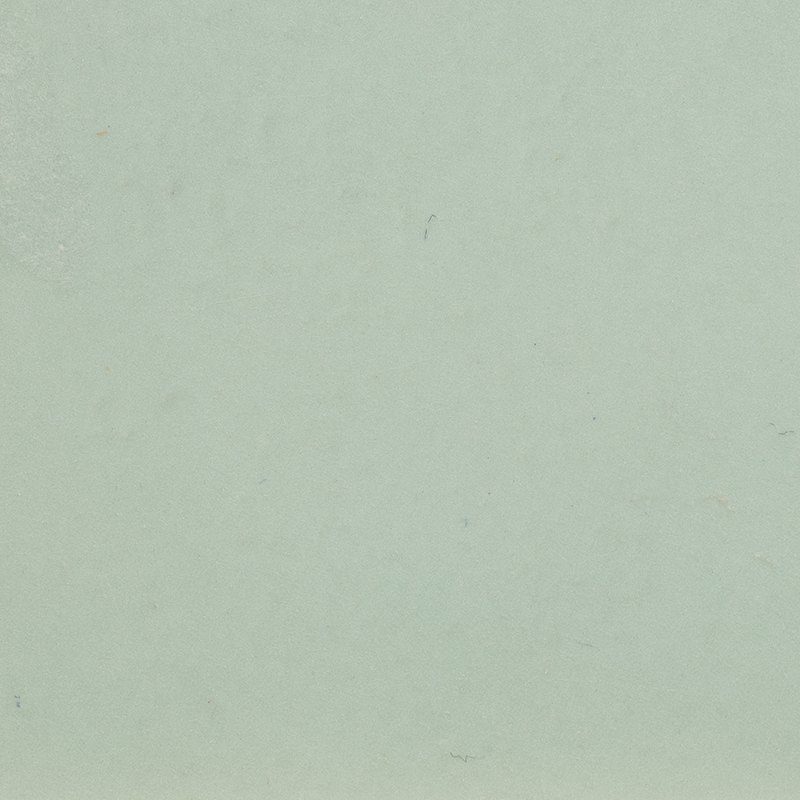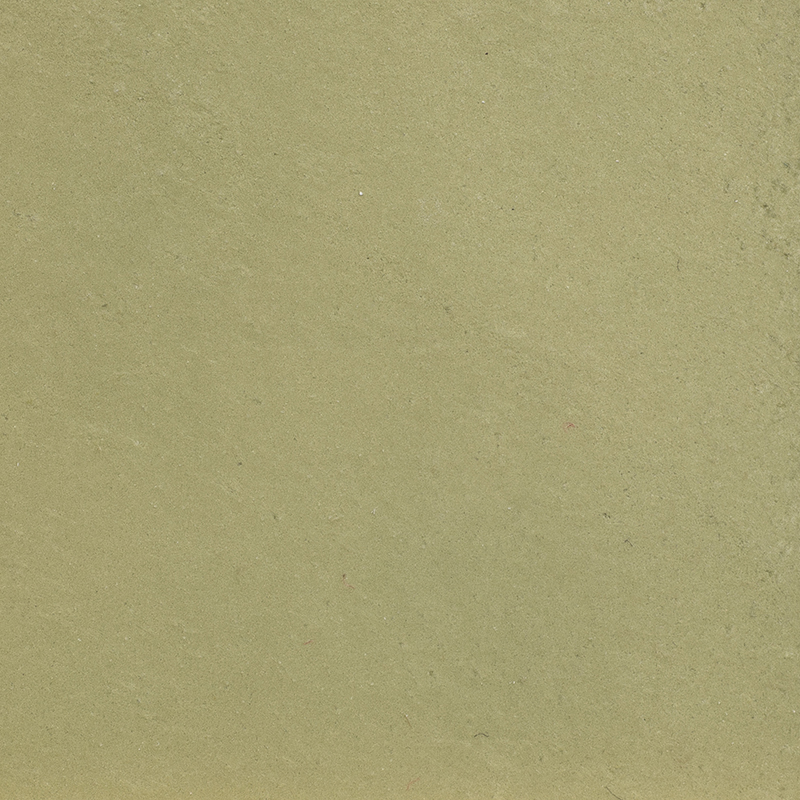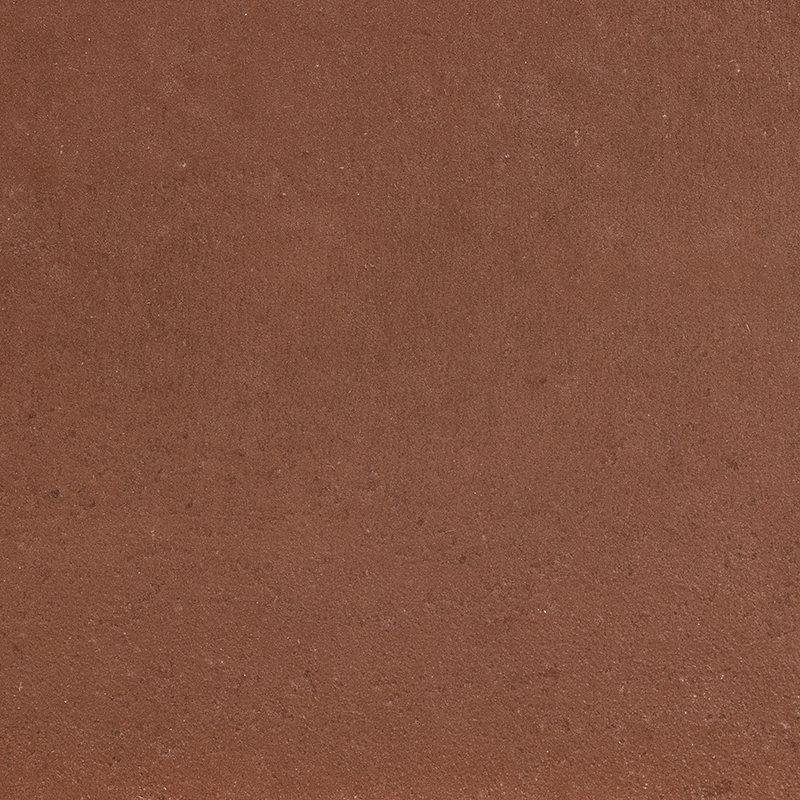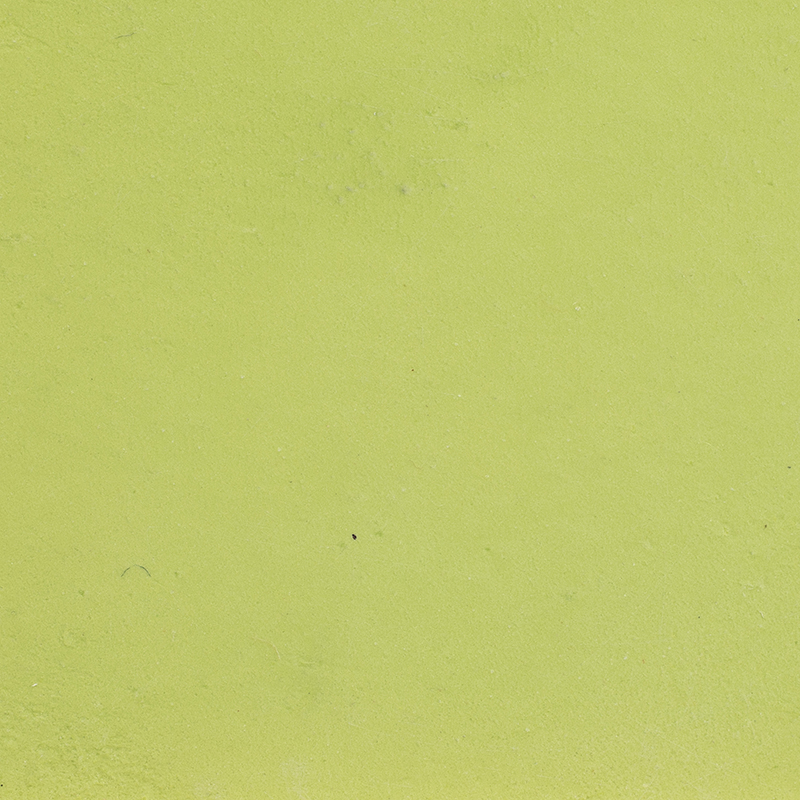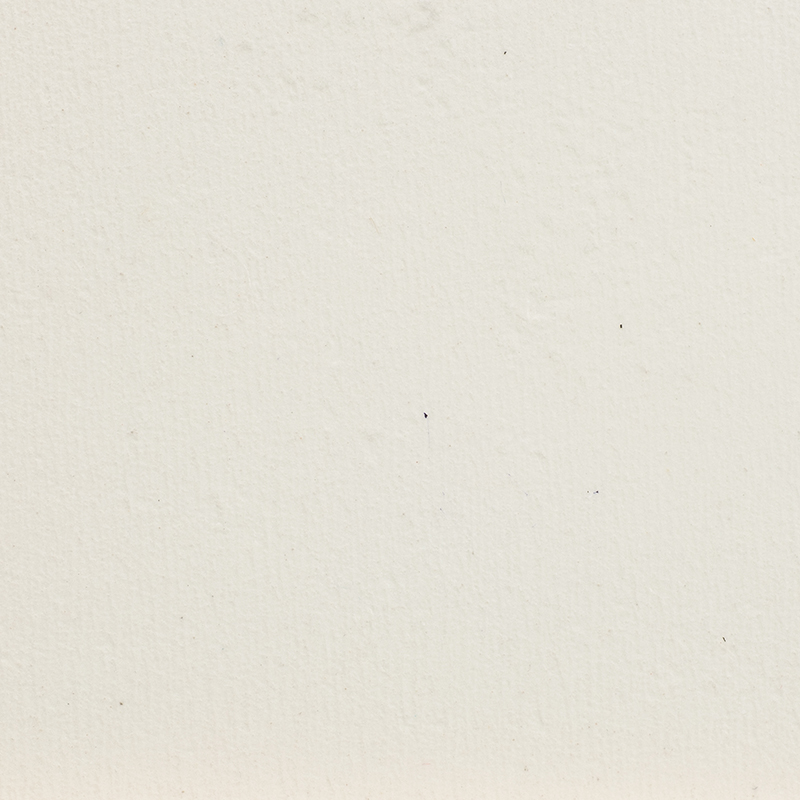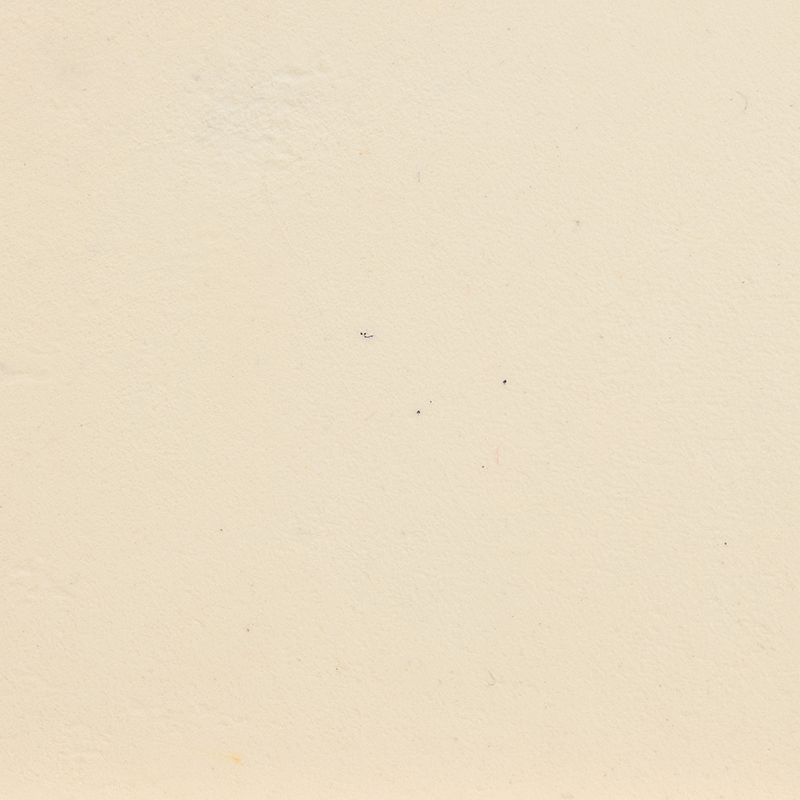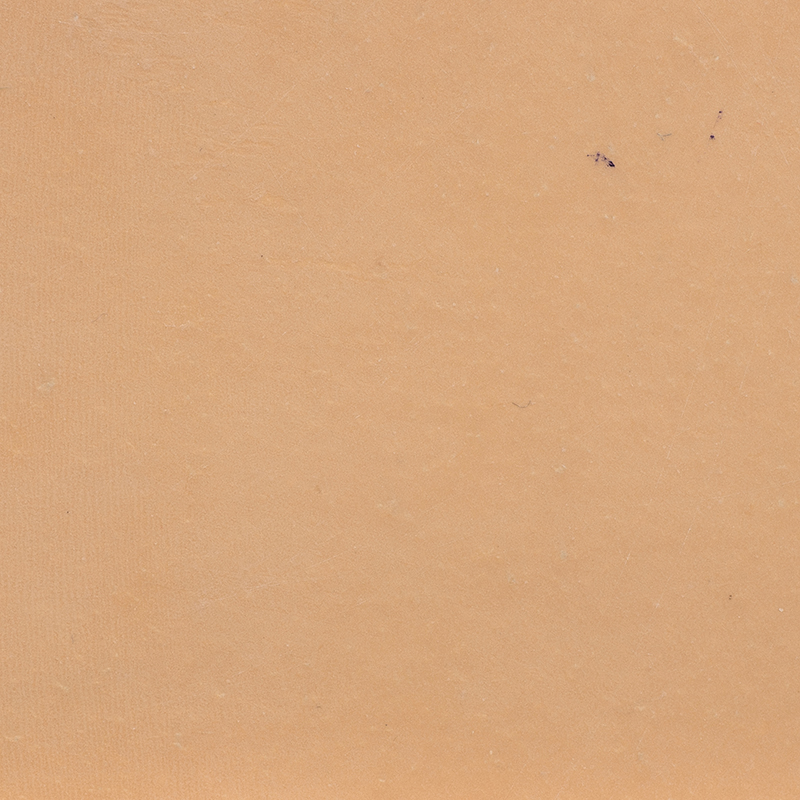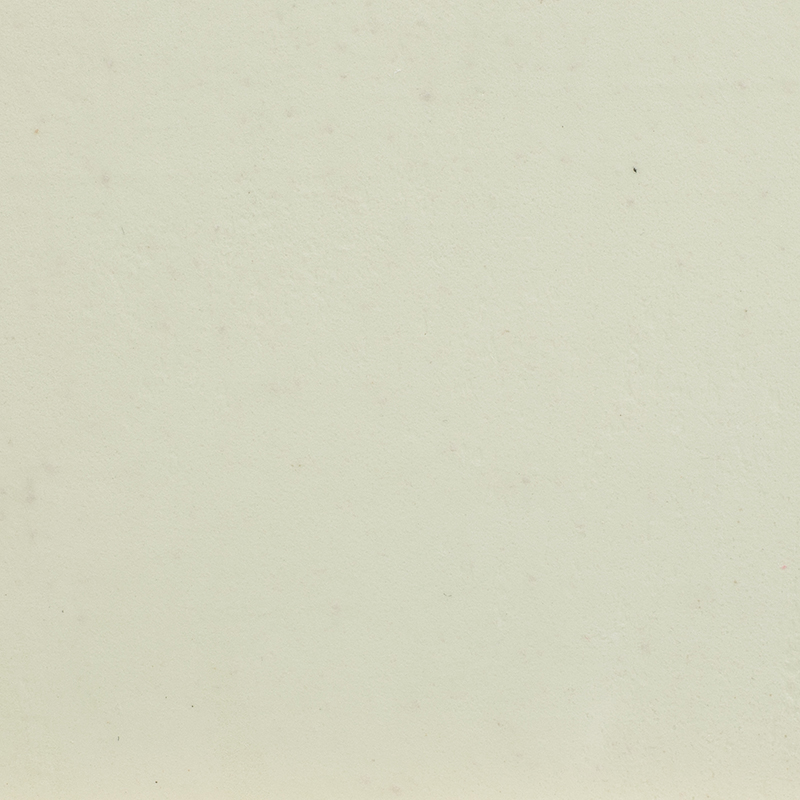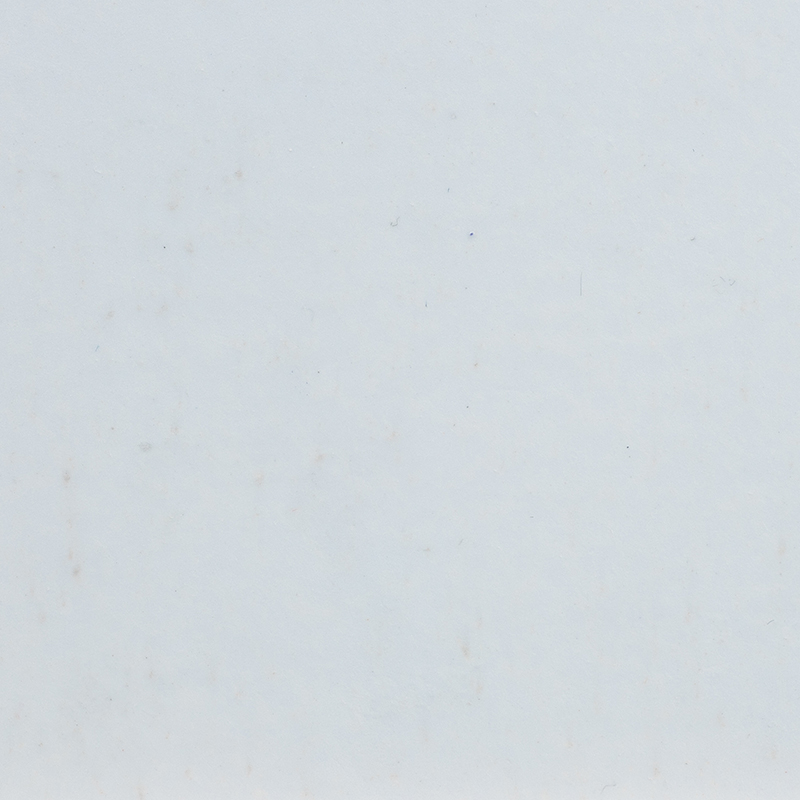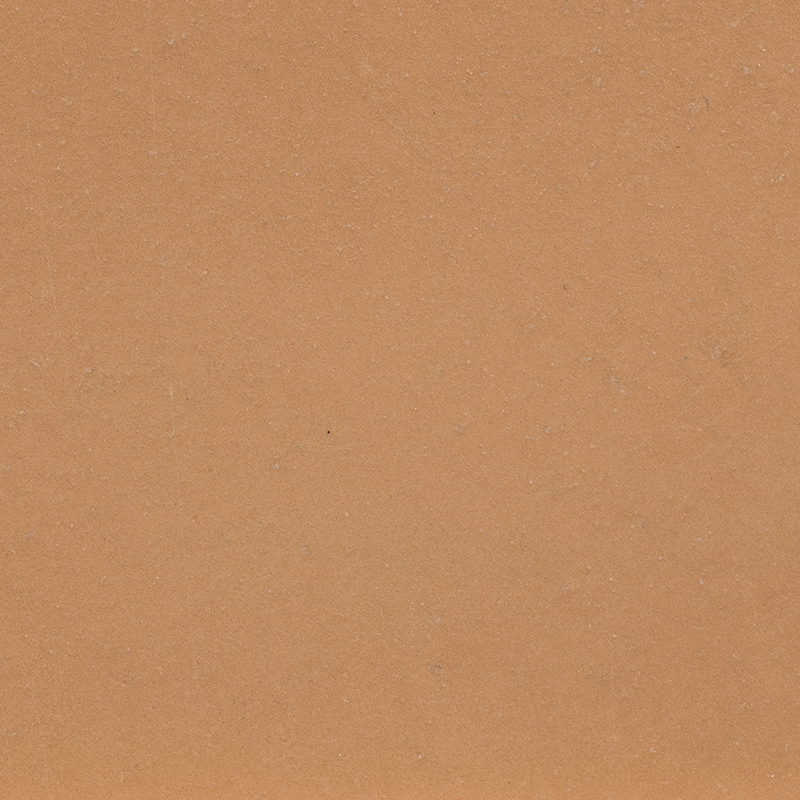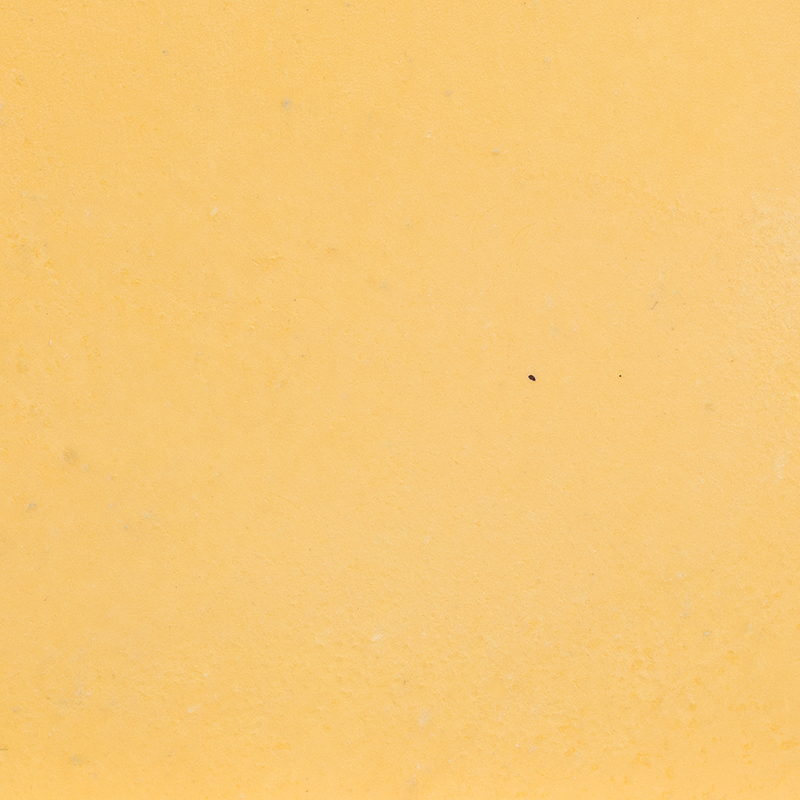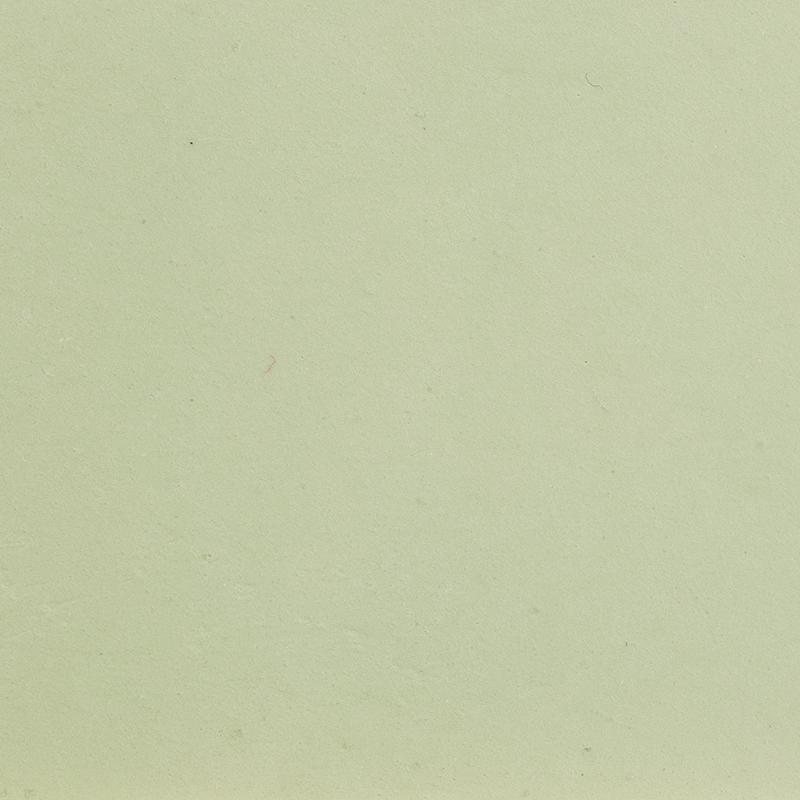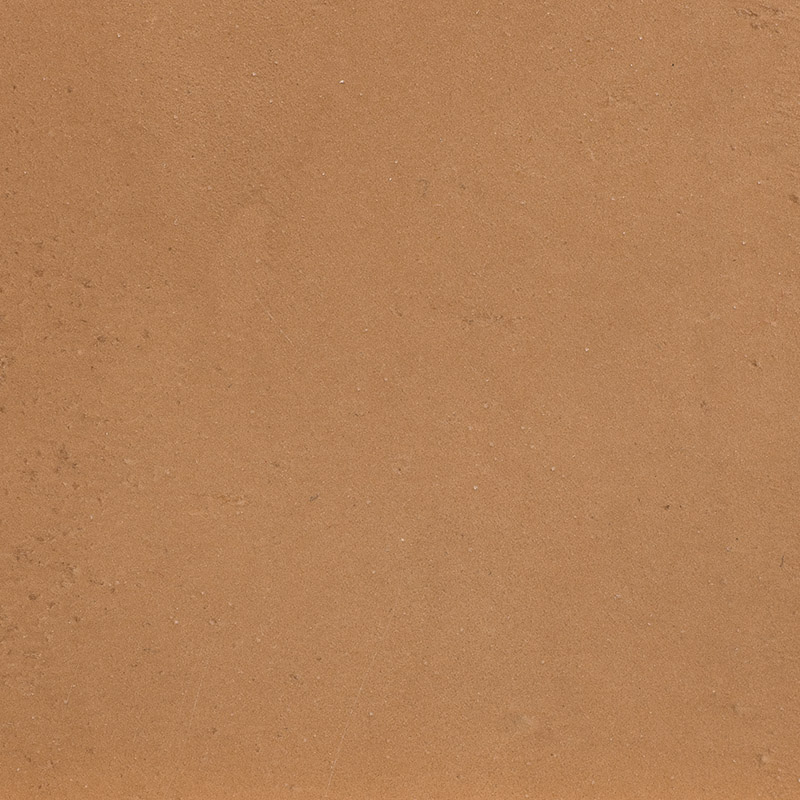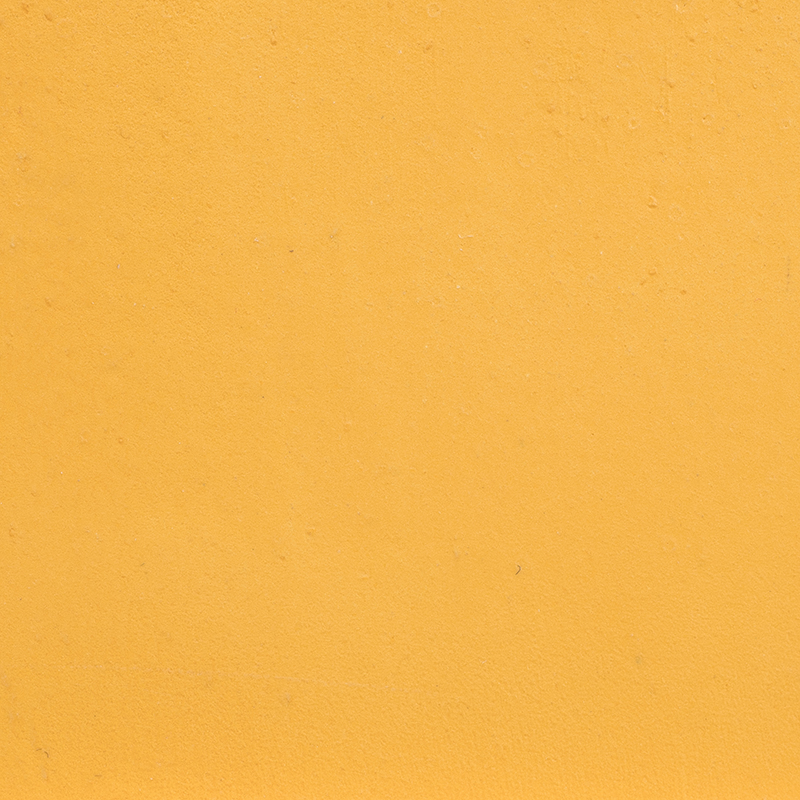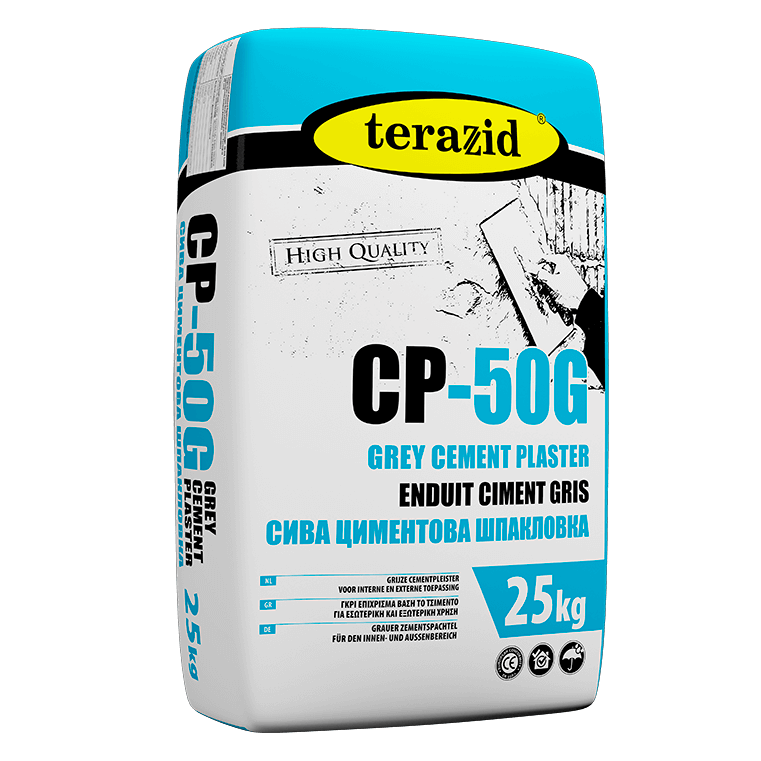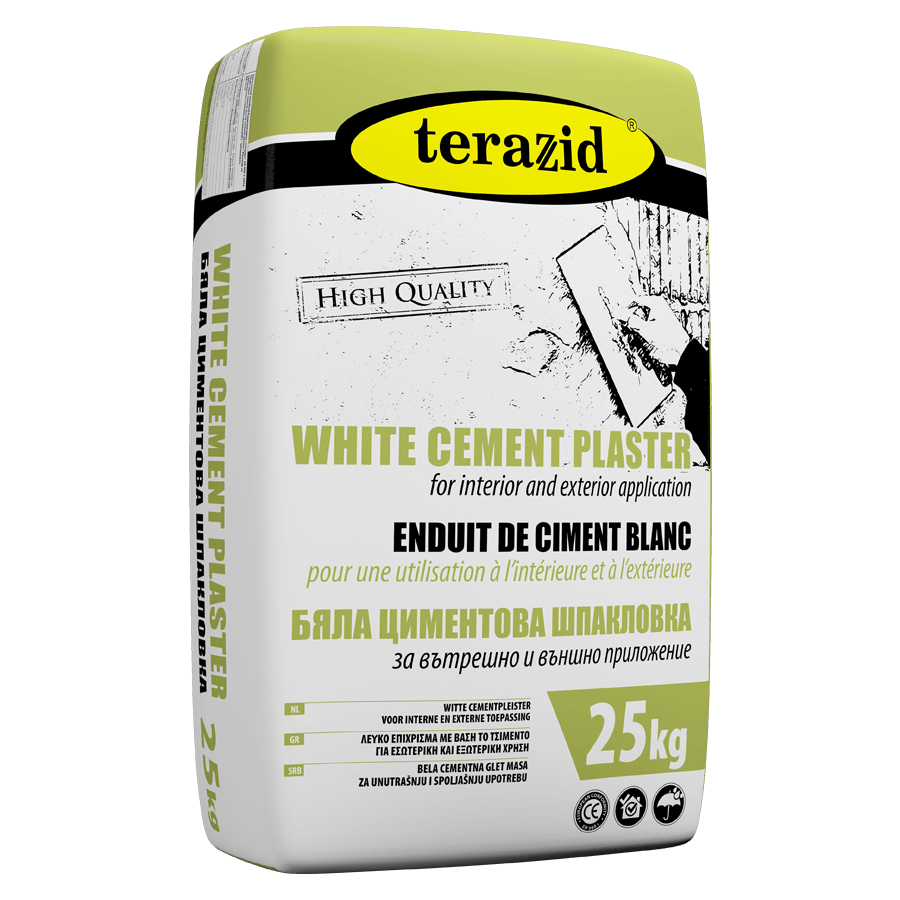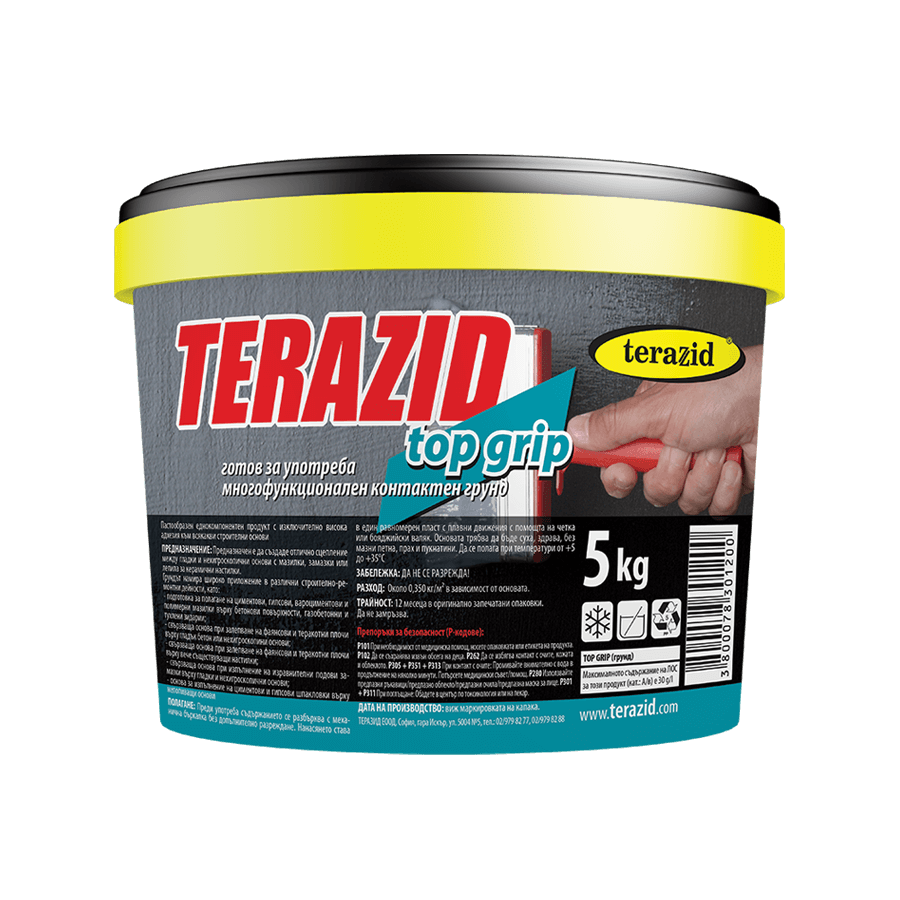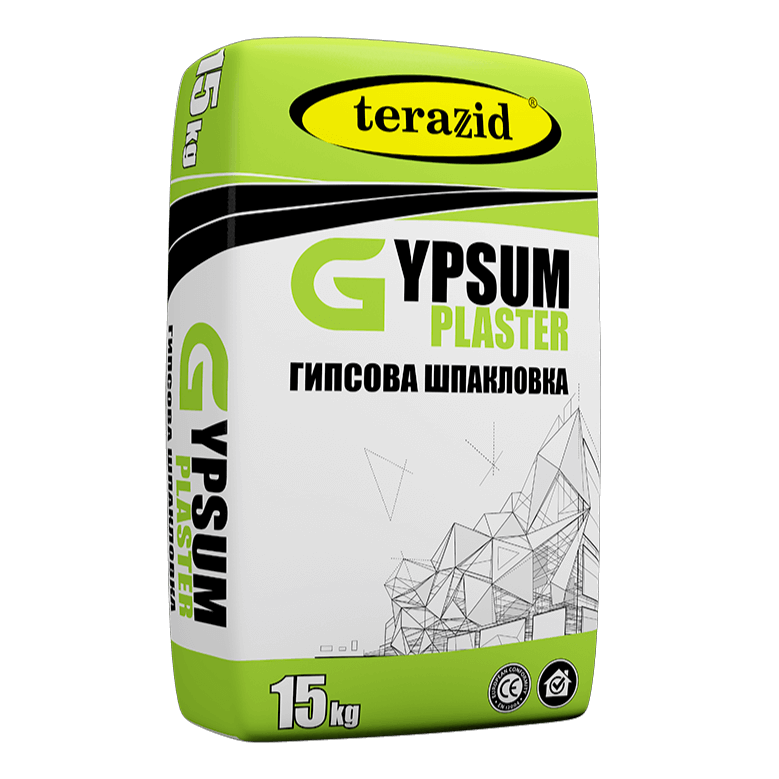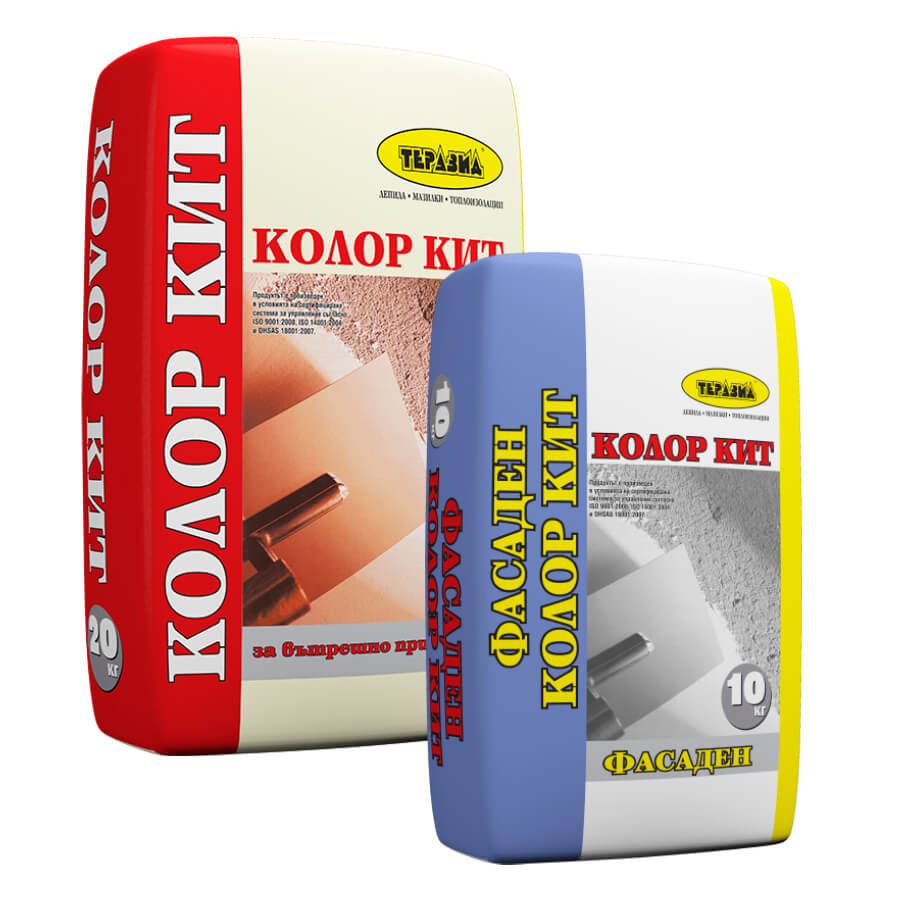Micro Cem – high-tech covering
High-tech covering for decoration of walls, floors and ceilings
Category: INTERIOR DECORATIVE COATINGS
Color Gallery
Deviations from the actual colors are possible. It is recommended to choose the color based on the actual catalogs of plasters and paints, which you can find at our distributors.

MF - 01 
MF - 02 
MF - 05 
MF - 06 
MF - 07 
MF - 08 
MF - 09 
MF - 10 
MF - 11 
MF - 12 
MF - 13 
MF - 14 
MF - 15 
MF - 16 
MF - 17 
MF - 18 
MF - 19 
MF - 20 
MF - 21 
MF - 22 
MF - 23 
MF - 24 
MF - 25 
MF - 26 
MF - 27 
MF - 28 
MF - 29 
MF - 30 
MF - 31 
MF - 32 
MF - 33 
MF - 34 
MF - 35 
MF - 36 
MF - 37 
MF - 38 
MF - 39 
MF - 40 
MF - 41 
MF - 42 
MF - 43 
MF - 44 
MF - 45 
MF - 46 
MF - 47 
MF - 48 
MF - 49 
MF - 50 
MF - 51 
MF - 52 
MF - 53 
MF - 54 
MF - 55 
MF - 56 
MF - 57 
MF - 58 
MF - 59 
MF - 60 
MF - 61 
MF - 62 
MF - 63 
MF - 64 
MF - 65 
MF - 66 
MF - 67 
MF - 68 
MF - 69 
MF - 70 
MF -03 
MF -04
Description:
PURPOSE
MICRO CEM features exceptional strength, 100% water-repellence and high wear-resistant.
Due to the high-strength characteristics and the excellent adhesion to any type of building surfaces, MICRO CEM has wide application for indoor and outdoor floor coverings. The product’s resistance to running water and high humidity, determine MICRO CEM as very suitable for bathrooms, kitchens, water closets, open terraces, swimming pools, etc.
MICRO CEM is equally applicable to new or old concrete surfaces, cement screeds and plasters, as well as to existing floorings, made of ceramic and stone tiles, mosaics, and others. The product ensures highly traffi c-resistant covering, without joints, interruptions or patches, making it very easy for cleaning and maintenance. The high quality durable pigments in MICRO CEM provide a rich color range, selected in a catalog of over 70 colors. The material’s flexibility and the different application technics, provide wide variety of decorative eff ects – mirror gloss, marble, stone, rustic, industrial, etc., making MICRO CEM the perfect alternative to traditional coverings.
Technical Data Sheet (TDS)
Micro Cem – high-tech covering
Technical Data Sheet (TDS)
MICRO CEM
High-tech covering for decoration of walls, floors and ceilings
Innovative designer covering for interior and exterior application
PURPOSE
MICRO CEM is a covering system based on a series of special two-component products – micronized cements and copolymers. The combination of these micro-cements, special primers, and polyurethane coatings creates a highly effective covering with a rich variety and wide application.
The final product features exceptional strength, 100% water-repellence, and high wear resistance.
Due to its high-strength characteristics and excellent adhesion to any type of building surface, MICRO CEM has wide application for both indoor and outdoor floor coverings.
The product’s resistance to running water and high humidity makes MICRO CEM ideal for use in bathrooms, kitchens, water closets, open terraces, swimming pools, etc.
MICRO CEM is equally applicable to new or old concrete surfaces, cement screeds, and plasters, as well as to existing floorings, such as ceramic and stone tiles, mosaics, and others. The product ensures highly traffic-resistant coverings, without joints, interruptions, or patches, making it very easy to clean and maintain.
The high-quality durable pigments in MICRO CEM provide a rich color range, selected from a catalogue of over 70 colors. The material’s flexibility and various application techniques provide a wide variety of decorative effects – mirror gloss, marble, stone, rustic, industrial, etc., making MICRO CEM the perfect alternative to traditional coverings.
PROPERTIES
-
Water-repellent
-
Wear-resistant
-
Moisture-resistant
-
No joints and interruptions
-
High strength characteristics
-
Excellent adhesion
PREPARATION OF THE BASE
MICRO CEM has excellent adhesion to all types of building surfaces, such as concrete, cement, gypsum boards, ceramic and stone coverings, mosaics, etc. The base must be dry, strong, and free of grease, dust, and cracks.
If there are any old paint coatings, they should be removed. Do not apply on any unstable or compromised surfaces.
CHARACTERISTICS AND TECHNICAL DATA
-
Colour: According to the catalogue
-
Base: Special cements
-
Tensile bond strength: 3.2 N/mm²
-
Wear-resistance (Taber): 2880 mg
-
Coefficient of water absorption: 0.014 kg/m².h⁰.⁵
-
Work temperature: +5˚C to +25˚C
APPLICATION AND PROCESSING
-
The application of the covering starts with priming the base surface.
1.1 In case of non-water absorbing surfaces, such as stone, faience, or terracotta, the base should be primed with high-strength flexible primer TOP GRIP.
1.2 In case of water-absorbing surfaces, such as cement screeds or plasters, the base should be prepared with deeply penetrating primer PRIME DB-55. -
After the complete drying of the primer, the first two-component material, MICRO CEM GROUT 30, should be applied. The pre-mixed product is applied in one layer, combined with alkali-resistant fiberglass mesh (145-160 g/m²), to achieve optimal strength results.
-
The pre-mixed second two-component material, MICRO CEM MEDIUM 35, is applied after the complete drying of MICRO CEM GROUT 30. The product is applied in one layer, ensuring that the mesh from the previous layer is well covered and the surface is smoothed for the next operation.
-
The application of the third basic element of the system, MICRO CEM FINE 40, should start after the complete drying of MICRO CEM MEDIUM 35. The base should be clean, dry, and free of dust, without the need for additional priming.
The amount of resin should be stirred very well in advance until the mixture is homogenized and a uniform color is obtained. Afterward, the material should be divided into two equal parts to avoid different shades when applying both layers of MICRO CEM FINE 40.
Preparing the mixture should start by gradually adding the dry component to the liquid component in a ratio of 4 kg : 1.4 kg (dry : resin), and mixing with a mechanical stirrer until a homogeneous mass is achieved. The fresh mixture should stand for about 5 minutes and then must be stirred again before the application begins.
MICRO CEM FINE 40 is the finest material of the series. It should be applied with stainless tools in two consecutive layers, with up to 1 mm thickness each. During the application, the material should be well smoothed. With changing the pressure and the techniques of applying, different decorative effects can be achieved. The prepared mixture should be applied within 1 hour.
-
After the complete drying of the second layer of MICRO CEM FINE 40, the two-component PRIMER HARD TOP should be applied. The primer is applied in one layer within 1 hour, with a component ratio of 0.75 kg : 0.25 kg (base : hardener).
The main purpose of the product is to seal the MICRO CEM system and create a smooth, non-water-absorbing surface for the final coating to be applied. If necessary, after the primer has completely dried, the surface can be partially smoothed with fine sandpaper to remove any unwanted residuals and irregularities. -
The final coating is the highly wear-resistant two-component polyurethane material HARD TOP PU, available in two variants – gloss and matt. The material should be divided in advance into two equal parts so that the covering can be applied in two layers, with at least a 24-hour pause between them. HARD TOP PU components should be mixed in a ratio of 0.9 kg : 0.3 kg (base : hardener) and applied within 1 hour.
If necessary (every 2 or 3 years), to increase wear-resistance, the coating can be refreshed with one or two layers of HARD TOP PU, especially when used for floor covering.
CONSUMPTION
Depends on the working area dimensions and thickness of application.
TOOLS FOR WORK
-
Bucket
-
Mixer
-
Mortar-board
-
Trowel
COMPONENTS
-
PRIME DB-55 or TOP GRIP – Primer, according to the type of the base
-
MICRO CEM GROUT 30 – First layer of micro-cement
-
MICRO CEM MEDIUM 35 – Second layer of micro-cement
-
MICRO CEM FINE 40 – Third layer of micro-cement
-
PRIMER HARD TOP – Sealing primer
-
HARD TOP PU – Final polyurethane coating
WEATHER CONDITIONS AT WORK
The minimum twenty-four-hour temperature of the air and the base should not be less than +5˚C, and the maximum should not be higher than +35˚C.
It should not be applied at low temperatures, when there is rain, or in direct sunlight.
FORM OF DELIVERY
-
MICRO CEM GROUT 30 – Plastic bucket 13 kg
-
MICRO CEM MEDIUM 35 – Plastic bucket 8 kg
-
MICRO CEM FINE 40 – Plastic bucket 13 kg
NOTES
Characteristics and technical data of the product, as pointed out in this Technical Data Sheet, are defined at a standard temperature (20˚C) and relative humidity (50%). In other weather conditions, the technological time for some of the processes mentioned above could be shorter or longer.
The information about the product is based on the practical experience of the manufacturer and the technical tests in specialized laboratories.
Do not mix with other building materials.
All hazards and precautionary statements about the MICRO CEM system can be checked in the Safety Data Sheets of the products.
STORAGE
12 months in the originally sealed packages, in a dry and ventilated place, without the danger of freezing or direct sunlight. It is recommended to be stored on pallets.
Declaration of Product Characteristics
Micro Cem – high-tech covering
Declaration of Product Characteristics
MICRO CEM
DECLARATION OF PRODUCT CHARACTERISTICS
According with Regulation (BG) RD-02-20-1/2015
№ 20181224-01-D
1. Unique identification code of product type:
MICRO CEM
2. National requirements (Minister of Regional Development and Public Works, national regulation) technical specification (national standard, Bulgarian technical approval) applicable to the construction product:
BDS EN 1504-2 – Products and systems for the protection and repair of concrete structures – Definitions, requirements, quality control and evaluation of conformity – Part 2: Surface protection systems for concrete.
3. Intended use or uses of the construction product in accordance with the national requirements, as foreseen by the manufacturer:
High-tech covering for decoration of walls, floors, and ceilings.
4. Name, registered trade name or registered trade mark and contact address of the manufacturer:
TERAZID Ltd.
5 „5004” Str., Gara Iskar, Sofia 1528, Bulgaria
tel. +35929799971
e-mail: office@terazid.com
5. Where applicable, name and contact address of the authorised representative:
Not applicable.
6. Where applicable, name and contact address of the notified body to assess compliance with national requirements:
1950 – The Research Institute of Building Materials (NIISM), Sofia, Bulgaria
Test protocol № 1063/04.12.2018
7. Declared performance:
| Characteristics | Performance | Test method |
|---|---|---|
| Abrasion resistance (Taber) | 2480 mg | EN ISO 5470-1 |
| Impact resistance | Class I | EN ISO 6272-1 |
| Coefficient of capillary absorption of water | 0.014 kg/m²·h0.5 | EN ISO 1504-2, EN 1062-3 |
| Water vapour permeability – Sd | 55 m (impermeable) | EN ISO 1504-2, EN ISO 7783 |
| Tensile strength | 3.2 N/mm² | EN ISO 1504-2, EN 1542 |
8. The characteristics of the product identified in point 1 are in conformity with the declared performance in point 7.
This declaration of performance is issued under the sole responsibility of the manufacturer identified in point 4, or the authorised representative identified in point 5.
INSTRUCTION FOR APPLICATION – GROUT 30
Micro Cem – high-tech covering
INSTRUCTION FOR APPLICATION - GROUT 30
INSTRUCTION FOR APPLICATION
CONTENTS:
-
MICRO CEM GROUT 30 – dry mixture in a plastic bag (10 kg)
-
Binding resin in a bucket (2.8 kg)
PURPOSE:
A two-component product, part of the high-tech system MICRO CEM, designed for wall, floor, and ceiling decoration.
The GROUT 30 is the first of the three layers in the series and it is used as the basis of the system.
APPLICATION:
The application of GROUT 30 starts with priming the base surface.
In case of non-water absorbing surfaces, such as stone, faience, or terracotta, the base should be primed with high-strength flexible primer TOP GRIP.
In case of water-absorbing surfaces, such as cement screeds or plasters, the base should be prepared with deeply penetrating primer PRIME DB-55.
MICRO CEM GROUT 30 should be applied after the complete drying of the primer.
Preparing the mixture should start by gradually adding the dry component to the liquid component, in a ratio of 10 kg : 2.8 kg (dry : liquid), and mixing with a mechanical stirrer until a homogeneous mass is achieved.
The fresh mixture should stand for about 5 minutes and then must be stirred again before the application begins.
GROUT 30 is applied in one layer in combination with alkali-resistant fiberglass mesh (145-160 g/m²), to achieve optimal strength results.
The prepared mixture should be applied within 1 hour.
NOTES:
-
Recommended work temperature: +5°C to 25°C
-
Do not mix with other materials.
-
Do not apply under direct sunlight or strong air flows.
CONSUMPTION:
One package of MICRO CEM GROUT 30 (10 + 2.8 kg) is sufficient to cover around 8 – 10 m², depending on the thickness of application.
Observe the component mixing proportions when working on areas smaller than 8 m².
STORAGE:
12 months into the originally sealed packages, in a dry and ventilated place, without the danger of freezing and direct sunlight.
It is recommended to be stored on pallets.
Hazard Statements (H-codes):

-
H315 – Causes skin irritation.
-
H318 – Causes serious eye damage.
-
H335 – May cause respiratory irritation.
Precautionary Statements (P-codes):
-
P101 – If medical advice is needed, have product container or label at hand.
-
P102 – Keep out of reach of children.
-
P280 – Wear protective gloves/protective clothing/eye protection/face protection.
-
P302 + P352 – IF ON SKIN: Wash with plenty of water.
-
P332 + P313 – If skin irritation occurs: Get medical advice/attention.
-
P305 + P351 + P315 – IF IN EYES: Rinse cautiously with water for several minutes. Get immediate medical advice/attention.
Additional Precautionary Statements (P-codes):
-
P262 – Do not get in eyes, on skin, or on clothing.
-
P301 + P311 – IF SWALLOWED: Call a POISON CENTER/doctor.
Grout 30 – Component 1 (MSDS)
Micro Cem – high-tech covering
Grout 30 - Component 1 (MSDS)
MICRO CEM GROUT 30 Component 1
MATERIAL SAFETY DATA SHEET
According to (EU) 830/2015
1. Identification of the Substance/Mixture and of the Company
1.1. Product identifier – MICRO CEM GROUT 30
1.2. Application of the substance
Two-component cement-based mixture for designer coverings – Component 1 – Dry.
1.3. Details of the supplier of the safety data sheet
TERAZID Ltd.
5, 5004 Street, Gara Iskar 1528 Sofia, Bulgaria
tel. +359 2 9799971, office@terazid.com
1.4. Emergency telephone number (EU) 112
UMHATEM “Pirogov” (toxicology) – +3592/9154409; +3592/9154233
2. Hazards Identification
2.1. Classification of the substance or mixture
-
Classification in accordance with Regulation (ЕО) 1272/2008 – CLP: The product is classified as “dangerous.”
2.2. Label elements
Hazard pictograms

Signal word: Danger!
Hazard statements:
H315 – Causes skin irritation.
H318 – Causes serious eye damage.
H335 – May cause respiratory irritation.
-
Precautionary statements:
P101 – If medical advice is needed, have product container or label at hand.
P102 – Keep out of reach of children.
P280 – Wear protective gloves/protective clothing/eye protection/face protection.
P302 + P352 – IF ON SKIN: Wash with plenty of soap and water.
P332 + P313 – If skin irritation occurs: Get medical advice/attention.
P305 + P351 + P315 – IF IN EYES: Rinse cautiously with water for several minutes. Get immediate medical advice/attention.
P402 – Store in a dry place.
2.3. Other hazards
Contains portland cement. When reacting with water, it creates an alkaline medium. Does not contain soluble Cr (VI) in a quantity greater than 0.0002% within the period of storage.
For all warnings and recommendations, see Section 15.
3. Composition/information on ingredients
General chemical description: Dry mixture on the basis of portland cement, mineral fillers with selected grain size, and modifying additives.
Information of the substances in accordance with CLP 1272/2008/EC
| CAS № EINECS № |
Name | Concentration (%) | Signal word | H-codes |
|---|---|---|---|---|
| 65997-15-1 266-043-4 |
Grey cement | 20-40 | Hazardous | H315, H318, H335 |
All warnings can be seen in Section 15.
4. First Aid Measures
4.1. Description of the first aid measures
-
Inhalation – Remove the person to fresh air. If the symptoms continue, immediately seek qualified medical help.
-
Skin contact – Immediately rinse the area of the contact with plenty of water, then wash it thoroughly with soap and water.
-
Eye contact – Irrigate with plenty of water for a period of at least 15 minutes and open the eyelid. Seek qualified medical help.
-
Ingestion – Do NOT induce vomiting. Seek qualified medical help.
4.2. Most important symptoms and effects, both acute and delayed
-
In contact with the eyes: irritation.
-
In contact with the skin: redness, inflammation.
4.3. Indication of any immediate medical attention and special treatment needed – see p. 4.1.
5. Firefighting Measures
MICRO CEM GROUT 30 is a non-combustible and non-explosive product.
5.1. Extinguishing media
Water mist, water spray – sprayer, dry chemical, foam, carbon dioxide.
Inappropriate means for extinguishing fire: Not known.
5.2. Special hazards, arising from the substance or mixture – None known.
5.3. Advice for firefighters
Autonomous respiratory equipment.
6. Accidental Release Measures
6.1. Personal precautions, protective equipment, and emergency procedures
-
Gloves, masks, protective clothing for work. Contact with skin and eyes should be avoided.
6.2. Environmental precautions
Prevent this product from release into the environment. Measures should be taken to prevent contamination of surface and underground watercourses, soil, as well as falling into the drains.
In the event of an accident and/or spill of the product, measures for localization and limitation should be taken, and the collected amount of the product should be temporarily stored in a special, tightly closed and labeled container. After that, they should be transferred to people holding permits under the Article 37 of the Waste Management Act.
6.3. Methods and materials for containment and cleaning up
The spilled amount should be mechanically removed, taking measures to prevent the formation of high concentrations of dust in the air. The amount in the form of dust or unhardened mixture should be rinsed with water and soap.
Collected amounts should be stored in special, tightly closed and labeled containers and temporarily stored on the company’s premises. After that, they should be transferred to people holding a permit under the Waste Management Act (WMA).
7. Handling and Storage
7.1. Precautions for safe handling
The product should be used only according to its main purpose. Do not eat, drink, or smoke during work.
Avoid the formation of dust and ensure frequent ventilation of the room. Avoid skin and eye contact.
7.2. Conditions for safe storage, including any incompatibilities
Store in ventilated and dry places, in the originally sealed packages. Avoid temperatures lower than 0°C and higher than +50°C.
It should be stored separately from food and drinks.
7.3. Specific Usage
There is no specific usage. The product should be used only according to its main purpose.
8. Exposure Controls/Personal Protection
8.1. Control parameters
Portland cement – permitted level of inhaled powder particles: 5 ppm/5 mg/m³ air.
8.2. Exposure controls
-
Respiratory protection – use a mask to prevent inhaling dust, filter P2.
-
Skin protection – skin contact should be avoided; wear protective gloves.
-
Eye protection – eye contact should be avoided; wear safety glasses.
-
Common protection – it should be stored away from food, drinks, and food for animals.
9. Physical and Chemical Properties
9.1. Information on basic physical and chemical properties
-
Appearance – fine powder
-
Color – grey
-
Odor – none
-
pH at 20°C – approximately 7.5
-
Solubility – insoluble
-
Explosive properties – non-explosive
9.2. Other information – no data.
10. Stability and Reactivity
10.1. Reactivity – The product reacts with moisture and hardens.
10.2. Chemical stability – The product is stable under storage and usage in accordance with the indications.
10.3. Possibility of hazardous reactions – In accordance with section 10.1.
10.4. Conditions to avoid – It should be kept away from moisture during storage and transportation.
10.5. Incompatible materials – No data.
11. Toxicological Information
11.1. Information for the toxicological effects
Toxicological properties of the product are not tested. The product is classified under the conventional method in accordance with Regulation (ЕО) 1272/2008 – CLP. Based on its composition, the product can be defined as not having any toxic effects under proper usage.
The product is not hazardous for acute poisoning.
-
Ingestion – It is less likely that ingestion will lead to a reaction or long-term effect, but it is recommended to avoid ingestion.
-
Inhalation – Dust can cause irritation in the nose, throat, and lungs, leading to coughing.
-
Skin contact – In combination with heat and sweat, the product can cause irritation, but is not absorbed through the skin.
-
Eye contact – The product can cause serious eye damage.
12. Ecological Information
12.1. Toxicity
It is not expected that the product is hazardous to the environment (LC50 toxicity in water – it is not defined). However, adding large amounts of water can raise the pH and therefore may be toxic to aquatic organisms under certain conditions.
12.2. Persistence and degradability – No data.
12.3. Bio-accumulative potential – Low potential for bioaccumulation.
12.4. Mobility in soil – Hard product with non-organic origin.
12.5. Results of PBT and vPvB assessment – The product does not meet the criteria of PBT (persistent, bioaccumulative, and toxic) or vPvB (very persistent and very bio-accumulative).
12.6. Other adverse effects – No data.
13. Disposal Considerations
Product waste, such as residual quantities and packages, should be collected into a special, tightly sealed, and labeled container, temporarily stored, and then transferred to people holding a permit in accordance with Article 37 of the Waste Management Act (publication SG, issue 53, 2012).
Waste code, in accordance with Regulation №2 from 23.07.2014 for Waste Classification:
-
10 13 – Waste from the production of cement, lime, gypsum, and items and products made of these materials.
10 13 14 – Waste concrete and concrete sediment.
15 01 – Packages.
15 01 10 – Packages, containing residues of hazardous substances or contaminated with hazardous substances.
Completely empty the packages and dispose of them in accordance with the local regulations – at the indicated places for paper waste.
14. Transport Information
It is not a hazardous load, in accordance with RID, ADR, ADNR, IMDG, IATA-DGR.
It should be transported under the respective rules for transportation, ensuring the safety of the load.
15. Regulatory Information
15.1. Classification and labeling of the product in accordance with Regulation (ЕО) 1272/2008 – CLP

GHS05, GHS07
-
Signal word: Danger!
-
Recommendations for danger (N-codes): None.
-
Hazard statements (H-codes):
-
H315 – Causes skin irritation.
-
H318 – Causes serious eye damage.
-
H335 – May cause respiratory irritation.
-
-
Precautionary statements (P-codes):
-
P101 – If medical advice is needed, have product container or label at hand.
-
P102 – Keep out of reach of children.
-
P261 – Avoid breathing dust/fume/gas/mist/vapours/spray.
-
P280 – Wear protective gloves/protective clothing/eye protection/face protection.
-
P302 + P352 – IF ON SKIN: Wash with plenty of soap and water.
-
P332 + P313 – If skin irritation occurs: Get medical advice/attention.
-
P305 + P351 + P315 – IF IN EYES: Rinse cautiously with water for several minutes. Get immediate medical advice/attention.
-
P402 – Store in a dry place.
-
15.2. Legislation
National Legislation:
-
Law of Protection from the Harmful Impact of the Chemical Substances and Preparations.
-
Environmental Protection Law.
-
Health and Safety at Work Act.
-
Ordinance №3 on the minimum requirements for safety and protection of the workers when using personal protective equipment at the workplace.
-
Waste Management Act.
-
Ordinance №2 from 23.07.2014 for Waste Classification.
-
Ordinance on the order and the method of classification, labeling, and packaging of chemical substances and preparations.
European Legislation:
-
Regulation (ЕО) 1272/2008 – CLP from 16th December 2008, concerning the classification, labelling, and packaging of substances and preparations.
-
Regulation (ЕО) 830/2015 from 28th May 2015.
16. Other Information
16.1. Indication of changes
Format in accordance with Regulation (ЕО) 830/2015 from 28th May 2015 amending Regulation № 1907/2006 (REACH) of the European Parliament.
16.2. Training advice
In addition to the training programs on environment and health and safety of the workers, the companies need to be sure that their workers read, understand, and apply the requirements of the MSDS.
16.3. Additional information
See the application(s) of exposure scenarios for the following substances:
The basic information of the exposure scenarios of the substances in the mixture are included in points 1, 2, 3, 8, 11, and 12.
16.4. Disclaimer
This safety data sheet and the data inside of it are based on industrial and commercial experience of many years and are fully complied with the current active legislation of the Republic of Bulgaria and the European Union. This safety data sheet is not intended to guarantee any specific properties and qualities of the product. The information inside of it is reliable but, on the circumstance, that the product is used in accordance with the indicated conditions and the application, specified on the package and/or in the technical literature.
Responsibility of any other use of the product, including when using it in combination with another product or process is completely under the responsibility of the user. It is understood that the user is responsible for defining the appropriate precautions and for applying the legislation, concerning his own activity.
Grout 30 – Component 2 (MSDS)
Micro Cem – high-tech covering
Grout 30 - Component 2 (MSDS)
MICRO CEM GROUT 30 Component 2
MATERIAL SAFETY DATA SHEET
According to (EU) 830/2015
1. Identification of the Substance/Mixture and of the Company
1.1. Product identifier – MICRO CEM GROUT 30
1.2. Application of the substance
Two-component cement-based mixture for designer coverings – Component 2 – Liquid.
1.3. Details of the supplier of the safety data sheet
TERAZID Ltd.
5, 5004 Street, Gara Iskar
1528 Sofia, Bulgaria
tel. +3592/9799971, office@terazid.com
1.4. Emergency telephone number
112
UMHATEM “Pirogov” (toxicology) – +3592/9154409; +3592/9154233
2. Hazards Identification
2.1. Classification of the substance or mixture
-
Classification in accordance with the Regulation (ЕО) 1272/2008 – CLP
The product is not classified as „dangerous“.
2.2. Label elements
Precautionary statements:
-
P101 – If medical advice is needed, have product container or label at hand.
-
P102 – Keep out of reach of children.
-
P262 – Do not get in eyes, on skin, or on clothing.
-
P305 + P351 + P313 – IF IN EYES: Rinse cautiously with water for several minutes. Get medical advice/attention.
-
P280 – Wear protective gloves/protective clothing/eye protection/face protection.
-
P301 + P311 – IF SWALLOWED: Call a POISON CENTER or doctor/physician.
2.3. Other hazards
None.
For all warnings and recommendations, see Section 15.
3. Composition/information on ingredients
General chemical description – Acrylic-polymer dispersion with non-hazard modified additives.
Information of the substances in accordance with CLP 1272/2008/EC
Does not contain products, presenting in this section.
4. First Aid Measures
4.1. Description of the first aid measures
-
Inhalation – Remove the person to fresh air. If the symptoms continue, immediately seek for qualified medical help.
-
Skin contact – Immediately rinse the area of the contact with plenty of water, then wash it thoroughly with soap and water.
-
Eye contact – Rinse with plenty of water for a period of at least 15 minutes and open eyelid. Seek for qualified medical help.
-
Ingestion – Wash the mouth and the throat. Drink plenty of water. Seek for qualified medical help.
4.2. Most important symptoms and effects, both acute and delayed
None.
4.3. Indication of any immediate medical attention and special treatment needed
See point 4.1.
5. Firefighting Measures
MICRO CEM GROUT 30 is non-combustible and prevents flames from spreading. Does not support combustion of other products.
5.1. Extinguishing media
-
Water mist, water spray – sprayer, dry chemical, foam, carbon dioxide.
-
Inappropriate extinguishing media – water under pressure.
5.2. Special hazards, arising from the substance or mixture
None known.
5.3. Advice for firefighters
Standard protective equipment when extinguishing a fire.
6. Accidental Release Measures
6.1. Personal precautions, protective equipment and emergency procedures
Gloves, masks, protective clothing for work. Contact with skin and eyes should be avoided.
6.2. Environmental precautions
Prevent this product from release into the environment. Measures should be taken for preventing contamination of surface and underground watercourses, soil, as well as falling into the drains. In the event of an accident and/or spill of the product, measures for localization and limitation should be taken, and the collected amount of the product should be temporarily stored into a special, tightly closed and labeled containers, and after that they should be transferred to people, holding permits under the Article 37 of the Waste Management Act (publication SG, issue 53, 2012).
6.3. Methods and materials for containment and cleaning up
The spilled amount should be mechanically removed, and then the place should be washed thoroughly with water in accordance with the measures under section 6.2. Collected amount should be stored in special, tightly closed and labeled containers and temporarily stored on the territory of the company. After that, they should be transferred to people holding a permit under the Waste Management Act (WMA).
7. Handling and Storage
7.1. Precautions for safe handling
The product should be used only according to its main purpose. Avoid skin and eye contact. Keep the package tightly closed after usage.
7.2. Conditions for safe storage, including any incompatibilities
It should be stored in ventilated and dry places, in the originally sealed containers. Temperatures lower than +5°C and higher than +40°C should be avoided.
It should be separately stored from food and drinks.
7.3. Specific Usage
There is no specific usage. It should be used only according to its main purpose.
8. Exposure Controls/Personal Protection
8.1. Control parameters
No special protection measures are necessary.
8.2. Exposure controls
-
8.2.1. Respiratory protection – Prolonged inhalation of fumes should be avoided.
-
8.2.2. Skin protection – Skin contact should be avoided, wear protective gloves. Clothing soaked with the product should be changed.
-
8.2.3. Eye protection – Eye contact should be avoided, wear safety glasses.
-
8.2.4. Common protection – It should be stored away from food, drinks, and food for animals.
9. Physical and Chemical Properties
9.1. Information on basic physical and chemical properties
-
Appearance – Liquid material
-
Odour – Light
-
pH at 20°C – 6.4
-
Density – Around 1.5 g/cm³
-
Solubility – Partial
-
Explosive properties – Non-explosive
9.2. Other information
No data.
10. Stability and reactivity
10.1. Reactivity – No hazardous reactions.
10.2. Chemical stability – The product is stable under storage and usage in accordance with the indications.
10.3. Possibility of hazardous reactions – In accordance with section 10.1.
10.4. Conditions to avoid – Temperatures lower than +5°C and higher than +40°C should be avoided.
10.5. Incompatible materials – No data.
10.6. Hazardous decomposition products – It is unlikely to release carbon oxides in case of fire.
11. Toxicological information
11.1. Information for the toxicological effects
Toxicological properties of the product are not tested. The product is classified under the conventional
method in accordance with Regulation (ЕО) 1272/2008 – CLP. On the basis of its composition, the product can be
defined as not having any toxic effects under a proper usage.
Ingestion – The product is not hazardous of acute poisoning.
Inhalation – It is not considered as harmful at normal conditions.
Skin contact – Prolonged contact may cause irritation.
Eye contact – Prolonged and repeated contact may cause irritation and redness.
12. Ecological information
12.1. Toxicity
Polymer dispersion data:
Toxicity to fish:
LC50 (96 h) > 100 mg/l, (OECD Directive 203, static)
Aquatic invertebrates:
ЕC50 (48 h) > 100 mg/l, (OECD Directive 202, part 1, static)
Aquatic plants:
ЕC50 (72 h) > 100 mg/l, (OECD Directive 201)
Micro-organisms/Effect of the active sediment:
ЕC20 (0,5 h) > 100 mg/l, active sediment (DIN EN ISO 8192-OECD 209-88/302/EEC, P. C)
On the basis of the experience, the product is not expected to be hazardous to the environment.
12.2. Persistence and degradability – No data.
12.3. Bio-accumulative potential – Accumulation in the organism is not expected.
12.4. Mobility in soil
This product is not biologically mobile.
12.5. Results of PBT and vPvB assessment – the product meets the criteria of PBT (persistent, bio-accumulative
and toxic) and vPvB (very persistent and very bio-accumulative).
12.6. Other adverse effects
No data.
General information: Do not allow the product to enter into the soil or natural watercourses.
13. Disposal considerations
Product waste, such as residual quantities and packages, should be collected into a special, tightly sealed and
labelled containers, temporarily stored, and after that to be transferred to people, holding a permit in accordance with
article 37 of the Waste Management Act (publication SG, issue 53, 2012).
Waste code, in accordance with Regulation №2 from 23.07.2014 for Waste Classification:
08 01 20 – liquid suspensions of paints, others than those mentioned in 08 01 19
Waste Packages code:
15 01 02 – plastic packages.
Completely empty the packages and dispose them in accordance with the local regulations.
12. Ecological Information
12.1. Toxicity
Polymer dispersion data:
-
Toxicity to fish:
LC50 (96 h) > 100 mg/l, (OECD Directive 203, static) -
Aquatic invertebrates:
EC50 (48 h) > 100 mg/l, (OECD Directive 202, part 1, static) -
Aquatic plants:
EC50 (72 h) > 100 mg/l, (OECD Directive 201) -
Micro-organisms/Effect of the active sediment:
EC20 (0.5 h) > 100 mg/l, active sediment (DIN EN ISO 8192-OECD 209-88/302/EEC, P. C)
On the basis of the experience, the product is not expected to be hazardous to the environment.
12.2. Persistence and degradability – No data.
12.3. Bio-accumulative potential – Accumulation in the organism is not expected.
12.4. Mobility in soil – This product is not biologically mobile.
12.5. Results of PBT and vPvB assessment – The product meets the criteria of PBT (persistent, bio-accumulative, and toxic) and vPvB (very persistent and very bio-accumulative).
12.6. Other adverse effects – No data.
General information: Do not allow the product to enter the soil or natural watercourses.
13. Disposal Considerations
Product waste, such as residual quantities and packages, should be collected into a special, tightly sealed, and labelled containers, temporarily stored, and then transferred to people holding a permit in accordance with Article 37 of the Waste Management Act (publication SG, issue 53, 2012).
Waste code, in accordance with Regulation №2 from 23.07.2014 for Waste Classification:
-
08 01 20 – Liquid suspensions of paints, other than those mentioned in 08 01 19
Waste Packages code:
-
15 01 02 – Plastic packages.
Completely empty the packages and dispose of them in accordance with the local regulations.
14. Transport Information
It is not a hazardous load, in accordance with RID, ADR, ADNR, IMDG, IATA-DGR.
It should be transported under the respective rules for transportation, concerning the respective type of transport and ensuring the safety of the load.
15. Regulatory Information
15.1 Content of Volatile Organic Compounds (VOC), in accordance with the Ordinance on limiting the emissions of volatile organic compounds in the use of organic solvents in certain paints, varnishes, and auto reparatory products, category A, sub-point c)
-
< 40 g/l
15.2 Classification and Labelling of the Product in accordance with Regulation (ЕО) 1272/2008 – CLP
-
GHS Pictograms: No.
-
Signal word: No.
-
Recommendations for danger (N – codes): None.
-
Hazard statements (H – codes):
-
None.
-
-
Precautionary statements (P – codes):
-
P101 – If medical advice is needed, have product container or label at hand.
-
P102 – Keep out of reach of children.
-
P262 – Do not get in eyes, on skin, or on clothing.
-
P305 + P351 + P313 – IF IN EYES: Rinse cautiously with water for several minutes. Get medical advice/attention.
-
P280 – Wear protective gloves/protective clothing/eye protection/face protection.
-
P301 + P311 – IF SWALLOWED: Call a POISON CENTER or doctor/physician.
-
P410 – Protect from sunlight.
-
P401 – Store at temperatures higher than +5°C.
-
15.3 Legislation
National Legislation:
-
Law of Protection from the Harmful Impact of the Chemical Substances and Preparations.
-
Environmental Protection Law.
-
Health and Safety at Work Act.
-
Ordinance №3 on the minimum requirements for safety and protection of the workers when using personal protective equipment at the workplace.
-
Waste Management Act.
-
Ordinance №2 from 23.07.2014 for Waste Classification.
-
Ordinance on the order and the method of classification, labelling and packaging of chemical substances and preparations.
European Legislation:
-
Regulation (ЕО) 1272/2008 – CLP from 16th December 2008, concerning the classification, labelling, and packaging of substances and preparations.
-
Regulation (ЕО) 830/2015 from 28th May 2015.
16. Other Information
16.1. Indication of Changes
Format in accordance with Regulation (ЕО) 830/2015 from 28th May 2015 amending Regulation № 1907/2006 (REACH) of the European Parliament.
16.2. Training Advice
In addition to the training programs on environment and health and safety of the workers, the companies need to ensure that their workers read, understand, and apply the requirements of the MSDS.
16.3. Additional Information
See the application(s) of exposure scenarios for the following substances:
The basic information of the exposure scenarios of the substances in the mixture is included in points 1, 2, 3, 8, 11, and 12.
16.4. Disclaimer
This safety data sheet and the data inside of it are based on industrial and commercial experience of many years and are fully compliant with the current active legislation of the Republic of Bulgaria and the European Union. This safety data sheet is not intended to guarantee any specific properties and qualities of the product. The information inside of it is reliable but only under the circumstances that the product is used in accordance with the indicated conditions and the application, specified on the package and/or in the technical literature. Responsibility for any other use of the product, including when using it in combination with another product or process, is completely under the responsibility of the user. It is understood that the user is responsible for defining the appropriate precautions and for applying the legislation, concerning his own activity.
INSTRUCTION FOR APPLICATION – MEDIUM 35
Micro Cem – high-tech covering
INSTRUCTION FOR APPLICATION - MEDIUM 35
INSTRUCTION FOR APPLICATION
CONTENTS:
MICRO CEM MEDIUM 35
-
Dry mixture in a plastic bag (6 kg)
-
Binding resin in a bucket (2 kg)
PURPOSE:
MICRO CEM MEDIUM 35 is a two-component product, designed for use as the second main layer in the high-tech system for decorative coatings on walls, floors, and ceilings – MICRO CEM.
APPLICATION:
MICRO CEM MEDIUM 35 should be applied after the complete drying of GROUT 30.
Preparing the mixture:
-
Gradually add the dry component to the liquid component in a ratio of 6 kg (dry) : 2 kg (liquid), and mix with a mechanical stirrer until a homogeneous mass is achieved.
-
Let the mixture stand for about 5 minutes, then stir again before application begins.
MEDIUM 35 is applied in one layer to cover the fiberglass mesh from the previous layer, ensuring the surface is smoothed for the next operation.
NOTES:
-
Recommended work temperature: +5°C to 25°C.
-
Do not mix with other materials.
-
Do not apply under direct sunlight or in strong airflows.
CONSUMPTION:
One package of MICRO CEM MEDIUM 35 (6 kg + 2 kg) is sufficient to cover around 8-10 m², depending on the thickness of the application. Ensure proper mixing proportions when working on areas smaller than 8 m².
STORAGE:
12 months in originally sealed packages, stored in a dry and ventilated place, free from the risk of freezing and direct sunlight. It is recommended to store on pallets.

HAZARD STATEMENTS:
-
H315 – Causes skin irritation.
-
H318 – Causes serious eye damage.
-
H335 – May cause respiratory irritation.
PRECAUTIONARY STATEMENTS:
-
P101 – If medical advice is needed, have product container or label at hand.
-
P102 – Keep out of reach of children.
-
P280 – Wear protective gloves/protective clothing/eye protection/face protection.
-
P302 + P352 – IF ON SKIN: Wash with plenty of water.
-
P332 + P313 – If skin irritation occurs: Get medical advice/attention.
-
P305 + P351 + P315 – IF IN EYES: Rinse cautiously with water for several minutes. Get immediate medical advice/attention.
ADDITIONAL PRECAUTIONARY STATEMENTS:
-
P262 – Do not get in eyes, on skin, or on clothing.
-
P301 + P311 – IF SWALLOWED: Call a POISON CENTER/doctor.
-
P305 + P351 + P313 – IF IN EYES: Rinse cautiously with water for several minutes. Get medical advice/attention.
Medium 35 – Component 1 (MSDS)
Micro Cem – high-tech covering
Medium 35 - Component 1 (MSDS)
MICRO CEM MEDIUM 35 Component 1
MATERIAL SAFETY DATA SHEET
According to (EU) 830/2015
1. Identification of the Substance/Mixture and of the Company
1.1. Product Identifier
-
Product Name: MICRO CEM MEDIUM 35
1.2. Application of the Substance
-
Type: Two-component cement-based mixture for designer coverings – Component 1 (Dry).
1.3. Details of the Supplier
-
Company: TERAZID Ltd.
-
Address: 5, 5004 Street, Gara Iskar, 1528 Sofia, Bulgaria
-
Phone: +359 2 9799971
-
Email: office@terazid.com
1.4. Emergency Telephone Number
-
EU Emergency Number: 112
-
UMHATEM “Pirogov” (toxicology): +3592/9154409; +3592/9154233
2. Hazards Identification
2.1. Classification of the Substance or Mixture
-
Classification in accordance with Regulation (ЕО) 1272/2008 – CLP: The product is classified as “dangerous”.
2.2. Label Elements
-
Signal Word: Danger!
Hazard Statements:
-
H315 – Causes skin irritation.
-
H318 – Causes serious eye damage.
-
H335 – May cause respiratory irritation.
Precautionary Statements:
-
P101 – If medical advice is needed, have product container or label at hand.
-
P102 – Keep out of reach of children.
-
P280 – Wear protective gloves/protective clothing/eye protection/face protection.
-
P302 + P352 – IF ON SKIN: Wash with plenty of soap and water.
-
P332 + P313 – If skin irritation occurs: Get medical advice/attention.
-
P305 + P351 + P315 – IF IN EYES: Rinse cautiously with water for several minutes. Get immediate medical advice/attention.
-
P402 – Store in a dry place.
2.3. Other Hazards
-
Contains Portland cement. When reacting with water, it creates an alkaline medium.
-
Does not contain soluble Cr (VI) in a quantity greater than 0.0002 % within the period of storage.
-
For all warnings and recommendations, see Section 15.
3. Composition/Information on Ingredients
General Chemical Description:
-
Dry mixture based on Portland cement, mineral fillers with selected grain size, and modifying additives.
Information on the substances in accordance with CLP 1272/2008/EC
-
No specific substances in this section are required for classification as per CLP.
| CAS № EINECS № |
Name | Concentration (%) | Signal word | H-codes |
|---|---|---|---|---|
| 65997-15-1 266-043-4 |
Grey cement | 20-40 | Hazardous | H315, H318, H335 |
4. First Aid Measures
4.1. Description of the first aid measures
-
Inhalation: Remove the person to fresh air. If the symptoms continue, immediately seek qualified medical help.
-
Skin contact: Immediately rinse the area of contact with plenty of water, then wash it thoroughly with soap and water.
-
Eye contact: Irrigate with plenty of water for at least 15 minutes and open eyelid. Seek qualified medical help.
-
Ingestion: Do NOT induce vomiting. Seek qualified medical help.
4.2. Most important symptoms and effects, both acute and delayed
-
In contact with the eyes: irritation.
-
In contact with the skin: redness, inflammation.
4.3. Indication of any immediate medical attention and special treatment needed – See 4.1.
5. Firefighting Measures
-
MICRO CEM MEDIUM 35 is a non-combustible and non-explosive product.
5.1. Extinguishing media
-
Water mist, water spray – sprayer, dry chemical, foam, carbon dioxide.
-
Inappropriate means for extinguishing fire: Not known.
5.2. Special hazards, arising from the substance or mixture
-
Not known.
5.3. Advice for firefighters
-
Use autonomous respiratory equipment.
6. Accidental Release Measures
6.1. Personal precautions, protective equipment, and emergency procedures
-
Wear gloves, masks, and protective clothing for work. Contact with skin and eyes should be avoided.
6.2. Environmental precautions
-
Prevent this product from release in the environment. Measures should be taken to prevent contamination of surface and underground watercourses, soil, and falling into the drains.
-
In the event of an accident and/or spill, measures for localization and limitation should be taken. The collected amount should be temporarily stored in a special, tightly closed, and labeled container. After that, it should be transferred to people holding permits under Article 37 of the Waste Management Act.
6.3. Methods and materials for containment and cleaning up
-
The spilled amount should be mechanically removed. Measures should be taken to prevent the formation of high concentration of dust in the air.
-
The amount in the form of dust or unhardened mixture should be rinsed with water and soap.
-
Collected amount should be stored in special, tightly closed, and labeled containers and temporarily stored on the company’s premises. After that, it should be transferred to people holding a permit under the Waste Management Act (WMA).
7. Handling and Storage
7.1. Precautions for safe handling
-
The product should be used only according to its main purpose.
-
Do not eat, drink, or smoke during work.
-
Avoid the formation of dust and ventilate the room frequently.
-
Avoid skin and eye contact.
7.2. Conditions for safe storage, including any incompatibilities
-
Store in ventilated and dry places, in originally sealed packages.
-
Temperatures lower than 0°C and higher than +50°C should be avoided.
-
Keep separate from food and drinks.
7.3. Specific Usage
-
There is no specific usage. It should be used only according to its main purpose.
8. Exposure Controls/Personal Protection
8.1. Control parameters
-
Portland cement – permitted level of inhaled powder particles: 5 ppm/5 mg/m³ air.
8.2. Exposure controls
-
8.2.1. Respiratory protection: Use a mask to prevent inhaling dust, filter P2.
-
8.2.2. Skin protection: Skin contact should be avoided; wear protective gloves.
-
8.2.3. Eye protection: Eye contact should be avoided; wear safety glasses.
-
8.2.4. Common protection: It should be stored away from food, drinks, and food for animals.
9. Physical and Chemical Properties
9.1. Information on basic physical and chemical properties
-
Appearance: Fine powder
-
Color: Grey
-
Odor: None
-
pH at 20°C: Approximately 7.5
-
Solubility: Insoluble
-
Explosive properties: Non-explosive
9.2. Other information – No data.
Let me know if you need further help with this document!
10. Stability and reactivity
10.1. Reactivity – The product reacts with moisture and hardens.
10.2. Chemical stability – The product is stable under storage and usage in accordance with the indications.
10.3. Possibility of hazardous reactions – As per section 10.1, the product reacts with moisture.
10.4. Conditions to avoid – It should be kept away from moisture during storage and transportation.
10.5. Incompatible materials – No data.
11. Toxicological Information
11.1. Information for the toxicological effects
-
Toxicological properties of the product have not been tested.
-
The product is classified under the conventional method according to Regulation (ЕО) 1272/2008 – CLP.
-
Based on its composition, the product is not considered to have toxic effects when used properly.
-
The product is not hazardous for acute poisoning.
-
Ingestion – It is unlikely that ingestion will cause a reaction or long-term effects, but ingestion should be avoided.
-
Inhalation – Dust can cause irritation to the nose, throat, and lungs, leading to coughing.
-
Skin contact – The product may cause irritation when combined with heat and sweat, but it is not absorbed through the skin.
-
Eye contact – The product can cause serious eye damage.
12. Ecological Information
12.1. Toxicity
-
It is not expected that the product is hazardous to the environment (LC50 toxicity in water is undefined).
-
However, large amounts of water may raise the pH, which could be toxic to aquatic organisms under certain conditions.
12.2. Persistence and degradability – No data available.
12.3. Bio-accumulative potential – The product has low bioaccumulation potential.
12.4. Mobility in soil – The product is a hard, non-organic material.
12.5. Results of PBT and vPvB assessment – The product does not meet the criteria of PBT (persistent, bioaccumulative, and toxic) and vPvB (very persistent and very bio-accumulative).
12.6. Other adverse effects – No additional data available.
13. Disposal Considerations
-
Product waste, such as residual quantities and packages, should be collected in special, tightly sealed, and labeled containers.
-
Store temporarily and transfer to people holding a permit under Article 37 of the Waste Management Act (publication SG, issue 53, 2012).
-
Waste code, in accordance with Regulation №2 from 23.07.2014 for Waste Classification:
-
10 13 – Waste from the production of cement, lime, gypsum, and items/products made from these materials.
-
10 13 14 – Waste concrete and concrete sediment.
15 01 – Packages.
15 01 10 – Packages containing residues of hazardous substances or contaminated with hazardous substances.
-
Completely empty the packages and dispose of them in accordance with local regulations, at the indicated places for paper waste.
14. Transport Information
-
It is not a hazardous load, in accordance with RID, ADR, ADNR, IMDG, IATA-DGR.
-
The product should be transported under the respective rules for transportation, considering the respective type of transport and ensuring the safety of the load.
15. Regulatory Information
15.1 Classification and labeling of the product in accordance with Regulation (ЕО) 1272/2008 – CLP
-
GHS Pictograms: GHS05, GHS07
-
Signal word: Danger!
Recommendations for danger (N-codes): None.
Hazard statements (H-codes):
-
H315 – Causes skin irritation.
-
H318 – Causes serious eye damage.
-
H335 – May cause respiratory irritation.
Precautionary statements (P-codes):
-
P101 – If medical advice is needed, have product container or label at hand.
-
P102 – Keep out of reach of children.
-
P261 – Avoid breathing dust/fume/gas/mist/vapours/spray.
-
P280 – Wear protective gloves/protective clothing/eye protection/face protection.
-
P302 + P352 – IF ON SKIN: Wash with plenty of soap and water.
-
P332 + P313 – If skin irritation occurs: Get medical advice/attention.
-
P305 + P351 + P315 – IF IN EYES: Rinse cautiously with water for several minutes. Get immediate medical advice/attention.
-
P402 – Store in a dry place.
15.2 Legislation
-
National Legislation:
Law of Protection from the Harmful Impact of Chemical Substances and Preparations.
Environmental Protection Law.
Health and Safety at Work Act.
Ordinance №3 on the minimum requirements for safety and protection of workers when using personal protective equipment at the workplace.
Waste Management Act.
Ordinance №2 from 23.07.2014 for Waste Classification.
Ordinance on the order and method of classification, labeling, and packaging of chemical substances and preparations.
Regulation (ЕО) 1272/2008 – CLP from 16th December 2008, concerning the classification, labelling, and packaging of substances and preparations.
Regulation (ЕО) 830/2015 from 28th May 2015.
16. Other Information
16.1. Indication of Changes
-
Format in accordance with Regulation (ЕО) 830/2015 from 28th May 2015 amending Regulation № 1907/2006 (REACH) of the European Parliament.
16.2. Training Advice
-
In addition to the training programs on environment and health and safety of the workers, the companies need to ensure that their workers read, understand, and apply the requirements of the MSDS.
16.3. Additional Information
-
See the application(s) of exposure scenarios for the following substances:
-
The basic information of the exposure scenarios of the substances in the mixture are included in points 1, 2, 3, 8, 11, and 12.
-
16.4. Disclaimer
This safety data sheet and the data inside of it are based on industrial and commercial experience of many years and are fully complied with the current active legislation of the Republic of Bulgaria and the European Union. This safety data sheet is not intended to guarantee any specific properties and qualities of the product. The information inside of it is reliable, but only under the condition that the product is used in accordance with the indicated conditions and the application specified on the package and/or in the technical literature. Responsibility for any other use of the product, including when using it in combination with another product or process, is completely under the responsibility of the user. The user is responsible for defining the appropriate precautions and applying the legislation concerning their own activity.
Medium 35 – Component 2 (MSDS)
Micro Cem – high-tech covering
Medium 35 - Component 2 (MSDS)
MICRO CEM MEDIUM 35 Component 2
1. Identification of the Substance/Mixture and of the Company
1.1. Product Identifier
-
MICRO CEM MEDIUM 35
1.2. Application of the Substance
-
Two-component cement-based mixture for designer coverings – Component 2 – Liquid.
1.3. Details of the Supplier of the Safety Data Sheet
-
TERAZID Ltd.
5, 5004 Street, Gara Iskar
1528 Sofia, Bulgaria
Tel. +3592/9799971
Email: office@terazid.com
1.4. Emergency Telephone Number
-
112
-
UMHATEM “Pirogov” (toxicology) – +3592/9154409; +3592/9154233
2. Hazards Identification
2.1. Classification of the Substance or Mixture
-
Classification in accordance with the Regulation (ЕО) 1272/2008 – CLP
-
The product is not classified as “dangerous”.
-
2.2. Label Elements
-
Precautionary Statements:
-
P101 – If medical advice is needed, have product container or label at hand.
-
P102 – Keep out of reach of children.
-
P262 – Do not get in eyes, on skin, or on clothing.
-
P305 + P351 + P313 – IF IN EYES: Rinse cautiously with water for several minutes. Get medical advice/attention.
-
P280 – Wear protective gloves/protective clothing/eye protection/face protection.
-
P301 + P311 – IF SWALLOWED: Call a POISON CENTER or doctor/physician.
-
2.3. Other Hazards
-
None.
-
For all warnings and recommendations, see Section 15.
3. Composition/Information on Ingredients
-
General Chemical Description
-
Acrylic-polymer dispersion with non-hazard modified additives.
-
-
Information of the Substances in Accordance with CLP 1272/2008/EC
-
Does not contain products listed in this section.
-
4. First Aid Measures
4.1. Description of the First Aid Measures
-
Inhalation – Remove the person to fresh air. If the symptoms continue, immediately seek qualified medical help.
-
Skin contact – Immediately rinse the area of the contact with plenty of water, then wash it thoroughly with soap and water.
-
Eye contact – Rinse with plenty of water for a period of at least 15 minutes and open eyelid. Seek qualified medical help.
-
Ingestion – Wash the mouth and throat. Drink plenty of water. Seek qualified medical help.
4.2. Most Important Symptoms and Effects, Both Acute and Delayed
-
None.
4.3. Indication of Any Immediate Medical Attention and Special Treatment Needed
-
See section 4.1.
5. Firefighting Measures
MICRO CEM MEDIUM 35 is non-combustible and prevents flames from spreading. Does not support combustion of other products.
5.1. Extinguishing Media
-
Water mist, water spray – sprayer, dry chemical, foam, carbon dioxide.
-
Inappropriate Extinguishing Media – Water under pressure.
5.2. Special Hazards, Arising from the Substance or Mixture
-
None known.
5.3. Advice for Firefighters
-
Standard protective equipment when extinguishing a fire.
6. Accidental Release Measures
6.1. Personal Precautions, Protective Equipment and Emergency Procedures
-
Wear gloves, masks, and protective clothing for work. Avoid contact with skin and eyes.
6.2. Environmental Precautions
-
Prevent the release of this product into the environment. Measures should be taken to prevent contamination of surface and underground watercourses, soil, and drains.
-
In the event of an accident and/or spill, measures for localization and limitation should be taken, and the collected product should be temporarily stored in a special, tightly closed and labeled container. Transfer to authorized personnel with permits under Article 37 of the Waste Management Act.
6.3. Methods and Materials for Containment and Cleaning Up
-
Mechanically remove the spilled material, then wash the area thoroughly with water, following the measures under Section 6.2.
-
Store the collected material in special, tightly sealed, and labeled containers. After temporary storage, transfer it to authorized personnel under the Waste Management Act.
7. Handling and Storage
7.1. Precautions for Safe Handling
-
The product should be used only according to its main purpose.
-
Avoid skin and eye contact.
-
Keep the package tightly closed after use.
7.2. Conditions for Safe Storage, Including Any Incompatibilities
-
Store in ventilated and dry places, in the originally sealed containers.
-
Temperatures lower than +5°C and higher than +40°C should be avoided.
-
Store separately from food and drinks.
7.3. Specific Usage
-
There is no specific usage. Use only according to the main purpose.
8. Exposure Controls/Personal Protection
8.1. Control Parameters
-
No special protection measures are necessary.
8.2. Exposure Controls
8.2.1. Respiratory Protection – Prolonged inhalation of fumes should be avoided.
8.2.2. Skin Protection – Skin contact should be avoided, wear protective gloves. Clothing soaked with the product should be changed.
8.2.3. Eye Protection – Eye contact should be avoided, wear safety glasses.
8.2.4. Common Protection – Store away from food, drinks, and food for animals.
9. Physical and Chemical Properties
9.1. Information on Basic Physical and Chemical Properties
-
Appearance – Liquid material
-
Odour – Light
-
pH at 20°C – 6.4
-
Density – Around 1.5 g/cm³
-
Solubility – Partial
-
Explosive Properties – Non-explosive
9.2. Other Information
-
No additional data.
10. Stability and Reactivity
10.1. Reactivity – No hazardous reactions.
10.2. Chemical Stability – The product is stable under storage and usage in accordance with the indications.
10.3. Possibility of Hazardous Reactions – No hazardous reactions.
10.4. Conditions to Avoid – Temperatures lower than +5°C and higher than +40°C should be avoided.
10.5. Incompatible Materials – No data.
10.6. Hazardous Decomposition Products – It is unlikely to release carbon oxides in case of fire.
11. Toxicological Information
11.1. Information for the Toxicological Effects
-
Toxicological properties of the product are not tested. The product is classified under the conventional method in accordance with Regulation (ЕО) 1272/2008 – CLP.
-
Based on its composition, the product can be defined as not having any toxic effects under proper usage.
-
Ingestion – The product is not hazardous for acute poisoning.
-
Inhalation – It is not considered harmful under normal conditions.
-
Skin Contact – Prolonged contact may cause irritation.
-
Eye Contact – Prolonged and repeated contact may cause irritation and redness.
12. Ecological Information
12.1. Toxicity
-
Polymer Dispersion Data
-
Toxicity to Fish: LC50 (96 h) > 100 mg/l (OECD Directive 203, static)
-
Aquatic Invertebrates: EC50 (48 h) > 100 mg/l (OECD Directive 202, part 1, static)
-
Aquatic Plants: EC50 (72 h) > 100 mg/l (OECD Directive 201)
-
Micro-organisms/Effect of the Active Sediment: EC20 (0.5 h) > 100 mg/l, active sediment (DIN EN ISO 8192-OECD 209-88/302/EEC, P.C)
-
-
Based on experience, the product is not expected to be hazardous to the environment.
12.2. Persistence and Degradability – No data.
12.3. Bio-accumulative Potential – Accumulation in the organism is not expected.
12.4. Mobility in Soil – This product is not biologically mobile.
12.5. Results of PBT and vPvB Assessment – The product does not meet the criteria of PBT (persistent, bioaccumulative, and toxic) or vPvB (very persistent and very bio-accumulative).
12.6. Other Adverse Effects – No data.
-
General Information: Do not allow the product to enter into the soil or natural watercourses.
13. Disposal Considerations
Product waste, such as residual quantities and packages, should be collected into a special, tightly sealed, and labeled containers, temporarily stored, and after that transferred to people holding a permit in accordance with article 37 of the Waste Management Act (publication SG, issue 53, 2012).
Waste Code (in accordance with Regulation №2 from 23.07.2014 for Waste Classification):
08 01 20 – Liquid suspensions of paints, other than those mentioned in 08 01 19
-
Waste Packages Code:
15 01 02 – Plastic packages
Completely empty the packages and dispose of them in accordance with the local regulations.
14. Transport Information
The product is not considered a hazardous load in accordance with RID, ADR, ADNR, IMDG, IATA-DGR.
It should be transported under the respective rules for transportation, concerning the type of transport and ensuring the safety of the load.
15. Regulatory Information
15.1 Content of Volatile Organic Compounds (VOC)
In accordance with the Ordinance on limiting the emissions of volatile organic compounds in the use of organic solvents in certain paints, varnishes, and auto reparatory products, category A, sub point c)
VOC < 40 g/l
15.2 Classification and Labelling of the Product in Accordance with Regulation (ЕО) 1272/2008 – CLP
GHS Pictograms: No.
Signal Word: No.
Recommendations for Danger (N-codes): None.
Hazard Statements (H-codes): None.
Precautionary Statements (P-codes):
P101 – If medical advice is needed, have product container or label at hand.
P102 – Keep out of reach of children.
P262 – Do not get in eyes, on skin, or on clothing.
P305 + P351 + P313 – IF IN EYES: Rinse cautiously with water for several minutes. Get medical advice/attention.
P280 – Wear protective gloves/protective clothing/eye protection/face protection.
P301 + P311 – IF SWALLOWED: Call a POISON CENTER or doctor/physician.
P410 – Protect from sunlight.
P401 – Store at temperatures higher than +5°C.
15.3 Legislation
-
National Legislation:
-
Law of Protection from the Harmful Impact of the Chemical Substances and Preparations.
-
Environmental Protection Law.
-
Health and Safety at Work Act.
-
Ordinance №3 on the minimum requirements for safety and protection of workers when using personal protective equipment at the workplace.
-
Waste Management Act.
-
Ordinance №2 from 23.07.2014 for Waste Classification.
-
Ordinance on the order and the method of classification, labelling, and packaging of chemical substances and preparations.
-
-
European Legislation:
Regulation (ЕО) 1272/2008 – CLP from 16th December 2008, concerning the classification, labelling, and packaging of substances and preparations.
Regulation (ЕО) 830/2015 from 28th May 2015.
16. Other Information
16.1. Indication of Changes
The format is in accordance with Regulation (ЕО) 830/2015 from 28th May 2015, amending Regulation № 1907/2006 (REACH) of the European Parliament.
16.2. Training Advice
In addition to the training programs on environment and health and safety of the workers, companies need to ensure that their workers read, understand, and apply the requirements of the MSDS.
16.3. Additional Information
See the application(s) of exposure scenarios for the following substances:
The basic information of the exposure scenarios of the substances in the mixture are included in points 1, 2, 3, 8, 11, and 12.
16.4. Disclaimer
This safety data sheet and the data inside of it are based on industrial and commercial experience of many years and fully comply with the current active legislation of the Republic of Bulgaria and the European Union. This safety data sheet is not intended to guarantee any specific properties and qualities of the product. The information inside of it is reliable, but only if the product is used in accordance with the indicated conditions and the application specified on the package and/or in the technical literature. Responsibility for any other use of the product, including when using it in combination with another product or process, is entirely the responsibility of the user. It is understood that the user is responsible for defining the appropriate precautions and for applying the legislation concerning their own activity.
INSTRUCTION FOR APPLICATION – FINE 40
Micro Cem – high-tech covering
INSTRUCTION FOR APPLICATION - FINE 40
INSTRUCTION FOR APPLICATION
CONTENTS:
MICRO CEM FINE 40 – dry mixture in a plastic bag (8 kg)
-
binding resin in a bucket (2.8 kg)
PRIMER HARD TOP – two-component sealing primer (0.75 kg + 0.25 kg)
HARD TOP PU – two-component polyurethane covering (0.9 kg + 0.3 kg)
PURPOSE:
A multi-component product, part of the high-tech system MICRO CEM, designed for wall, floor and ceiling decoration. The FINE 40 is the finest of the microcements series and its used as final covering of the system.
APPLICATION:
The application of MICRO CEM FINE 40 should start after the complete drying of the MICRO CEM MEDIUM 35. The base should be clean, dry and free of dust, without any additional priming. The amount of resin should be stirred very well in advance until the mixture is homogenized and a uniform color is obtained. After that the material should be divided into two equal parts in order to avoid different shades, when applying both layers of MICRO CEM FINE 40.
Preparing the mixture should start by gradually adding the dry component to the liquid component, in ratio 4 kg : 1.4 kg (dry : resin), and mixing with a mechanical stirrer until a homogeneous mass is achieved. The fresh mixture should stand for about 5 minutes and then must be stirred again before the application begins.
MICRO CEM FINE 40 should be applied with stainless tools in two consecutive layers, with up to 1 mm thickness each. During the application, the material should be well smoothed. With changing the pressure and the techniques of applying, different decorative effects can be achieved.
The prepared mixture should be applied within 1 hour. After the complete drying of the second layer of MICRO CEM FINE 40, the two-component PRIMER HARD TOP should be applied. The primer is applied in one layer within 1 hour, with component ratio 0.75 kg : 0.25 kg (base : hardener). The main purpose of the product is to seal the MICRO CEM system and to create a smooth non-water absorbing surface for the final coating to be applied. If necessary, after the primer has completely dried, the surface can be partially smoothed with a fine sandpaper to remove any unwanted residuals and irregularities.
The final coating is the highly wear-resistant two-component polyurethane material HARD TOP PU, in two variants – gloss and matt. The material should be divided in advance into two equal parts, so that the covering can be applied in two layers, with at least 24 hours pause between them. HARD TOP PU components should be mixed in ratio 0.9 kg : 0.3 kg (base : hardener) and applied within 1 hour.
NOTES:
Recommended work temperature +5°C to 25°C.
Do not mix with other materials.
Do not apply under direct sunlight or strong air flows.
CONSUMPTION:
One package of MICRO CEM FINE 40 (8 + 2.8 kg) is sufficient to cover around 8 -10 m², depending on the thickness of applying.
Observe the components mixing proportions when working on areas smaller than 8 m².
STORAGE:
12 months into the originally sealed packages, in a dry and ventilated place, without the danger of freezing and direct sunlight. It is recommended to be stored on pallets.
CONTENTS:

-
Dry component (8 kg)
-
Liquid component – resin (2.8 kg)
-
Primer 1 – base (0.750 kg)
-
PU 1 – base (0.900 kg)
-
Primer 2 – hardener (0.250 kg)
-
PU 2 – hardener (0.300 kg)
HAZARD IDENTIFICATION:
-
Danger!
-
Warning!
-
Danger!
HAZARD STATEMENTS (H-codes):
-
H315 – Causes skin irritation.
-
H318 – Causes serious eye damage.
-
H335 – May cause respiratory irritation.
PRECAUTIONARY STATEMENTS (P-codes):
-
P101 – If medical advice is needed, have product container or label at hand.
-
P102 – Keep out of reach of children.
-
P280 – Wear protective gloves/protective clothing/eye protection/face protection.
-
P302 + P352 – IF ON SKIN: Wash with plenty of soap and water.
-
P332 + P313 – If skin irritation occurs: Get medical advice/attention.
-
P305 + P351 + P315 – IF IN EYES: Rinse cautiously with water for several minutes. Get immediate medical advice/attention.
ADDITIONAL INSTRUCTIONS FOR SPECIFIC COMPONENTS:
Primer 1 – Base (0.750 kg):
-
P103 – Read label before use.
-
P201 – Obtain special instructions before use.
-
P262 – Do not get in eyes, on skin, or on clothing.
-
P273 – Avoid release to the environment.
-
P280 – Wear protective gloves/protective clothing/eye protection/face protection.
-
P302 + P352 – IF ON SKIN: Wash with plenty of water.
-
P305+P351+P338 – IF IN EYES: Rinse cautiously with water for several minutes. Remove contact lenses, if present and easy to do. Continue rinsing.
PU 1 – Base (0.900 kg):
-
P103 – Read label before use.
-
P201 – Obtain special instructions before use.
-
P262 – Do not get in eyes, on skin, or on clothing.
-
P273 – Avoid release to the environment.
-
P280 – Wear protective gloves/protective clothing/eye protection/face protection.
-
P302 + P352 – IF ON SKIN: Wash with plenty of water.
-
P305+P351+P338 – IF IN EYES: Rinse cautiously with water for several minutes. Remove contact lenses, if present and easy to do. Continue rinsing.
Primer 2 – Hardener (0.250 kg):
-
H302 – Harmful if swallowed.
-
H314 – Causes severe skin burns and eye damage.
-
H317 – May cause an allergic skin reaction.
-
H412 – Harmful to aquatic life with long lasting effects.
PRECAUTIONARY STATEMENTS (P-codes):
-
P260 – Do not breathe dust/fume/gas/mist/vapours/spray.
-
P273 – Avoid release to the environment.
-
P280 – Wear protective gloves/protective clothing/eye protection/face protection.
-
P303+P361+P353 – IF ON SKIN (or hair): Take off immediately all contaminated clothing. Rinse skin with water [or shower].
-
P304+P340 – IF INHALED: Remove person to fresh air and keep comfortable for breathing.
-
P305+P351+P338 – IF IN EYES: Rinse cautiously with water for several minutes. Remove contact lenses, if present and easy to do. Continue rinsing.
PU 2 – Hardener (0.300 kg):
-
H317 – May cause an allergic skin reaction.
-
H332 – Harmful if inhaled.
-
H335 – May cause respiratory irritation.
-
H412 – Harmful to aquatic life with long lasting effects.
PRECAUTIONARY STATEMENTS (P-codes):
-
P261 – Avoid breathing dust/fume/gas/mist/vapours/spray.
-
P271 – Use only outdoors or in a well-ventilated area.
-
P273 – Avoid release to the environment.
-
P280 – Wear protective gloves/protective clothing/eye protection/face protection.
-
P302 + P352 – IF ON SKIN: Wash with plenty of water.
-
P304+P340 – IF INHALED: Remove person to fresh air and keep comfortable for breathing.
-
P333+P313 – If skin irritation or rash occurs: Get medical advice/attention.
Fine 40 – Component 1 (MSDS)
Micro Cem – high-tech covering
Fine 40 - Component 1 (MSDS)
MICRO CEM FINE 40 Component 1
MATERIAL SAFETY DATA SHEET
According to (EU) 830/2015
1. Identification of the Substance/Mixture and of the Company
1.1. Product identifier – MICRO CEM FINE 40
1.2. Application of the substance
Two-component cement-based mixture for designer coverings – Component 1 – Dry.
1.3. Details of the supplier of the safety data sheet
TERAZID Ltd.
5, 5004 Street, Gara Iskar
1528 Sofia, Bulgaria
tel. +359 2 9799971, office@terazid.com
1.4. Emergency telephone number (EU) 112
UMHATEM “Pirogov” (toxicology) – +3592/9154409; +3592/9154233
2. Hazards Identification
2.1. Classification of the substance or mixture
-
Classification in accordance with Regulation (ЕО) 1272/2008 – CLP: The product is classified as „dangerous“.
2.2. Label elements
Hazard pictograms:
Signal word: Danger!
Hazard statements:
-
H315 – Causes skin irritation.
-
H318 – Causes serious eye damage.
-
H335 – May cause respiratory irritation.
Precautionary statements:
-
P101 – If medical advice is needed, have product container or label at hand.
-
P102 – Keep out of reach of children.
-
P280 – Wear protective gloves/protective clothing/eye protection/face protection.
-
P302 + P352 – IF ON SKIN: Wash with plenty of soap and water.
-
P332 + P313 – If skin irritation occurs: Get medical advice/attention.
-
P305 + P351 + P315 – IF IN EYES: Rinse cautiously with water for several minutes. Get immediate medical advice/attention.
-
P402 – Store in a dry place.
2.3. Other hazards
Contains Portland cement. When reacting with water, it creates an alkaline medium. Does not contain soluble Cr (VI) in a quantity greater than 0.0002 % within the period of storage.
For all warnings and recommendations, see Section 15.
3. Composition/information on ingredients
General chemical description: Dry mixture on the basis of Portland cement, mineral fillers with selected grain size, and modifying additives.
Information on the substances in accordance with CLP 1272/2008/EC.
| CAS № EINECS № |
Name | Concentration (%) | Signal word | H-codes |
|---|---|---|---|---|
| 65997-15-1 266-043-4 |
Grey cement | 20-40 | Hazardous | H315, H318, H335 |
4. First Aid Measures
4.1. Description of the first aid measures
-
Inhalation: Remove the person to fresh air. If the symptoms continue, immediately seek for qualified medical help.
-
Skin contact: Immediately rinse the area of the contact with plenty of water, then wash it thoroughly with soap and water.
-
Eye contact: Irrigate with plenty of water for a period of at least 15 minutes and open eyelid. Seek for qualified medical help.
-
Ingestion: Do NOT induce vomiting. Seek for qualified medical help.
4.2. Most important symptoms and effects, both acute and delayed
-
In contact with the eyes: irritation.
-
In contact with the skin: redness, inflammation.
4.3. Indication of any immediate medical attention and special treatment needed
See p. 4.1.
5. Firefighting Measures
MICRO CEM FINE 40 is a non-combustible and non-explosive product.
5.1. Extinguishing media
-
Water mist, water spray – sprayer, dry chemical, foam, carbon dioxide.
-
Inappropriate means for extinguishing fire: Not known.
5.2. Special hazards, arising from the substance or mixture
None known.
5.3. Advice for firefighters
Autonomous respiratory equipment.
6. Accidental Release Measures
6.1. Personal precautions, protective equipment, and emergency procedures
Wear gloves, masks, and protective clothing for work. Contact with skin and eyes should be avoided.
6.2. Environmental precautions
Prevent this product from release in the environment. Measures should be taken for preventing contamination of surface and underground watercourses, soil, as well as falling into the drains.
In the event of an accident and/or spill of the product, measures for localization and limitation should be taken, and the collected amount of the product should be temporarily stored into a special, tightly closed and labeled containers, and after that they should be transferred to people, holding permits under the Article 37 of the Waste Management Act.
6.3. Methods and materials for containment and cleaning up
The spilled amount should be mechanically removed, by taking measure to prevent formation of high concentration of dust in the air. The amount in the form of dust or unhardened mixture should be rinsed with water and soap.
Collected amount should be stored in special, tightly closed and labeled containers and to be temporarily stored on the territory of the company, and after that they should be transferred to people, holding a permit under the Waste Management Act (WMA).
7. Handling and Storage
7.1. Precautions for safe handling
The product should be used only according to its main purpose. Do not eat, drink, or smoke during work.
Avoid formation of dust and often ventilate the room. Avoid skin and eye contact.
7.2. Conditions for safe storage, including any incompatibilities
It should be stored in ventilated and dry places, into the originally sealed packages. Temperatures lower than 0°C and higher than +50°C should be avoided.
It should be separately stored from food and drinks.
7.3. Specific Usage
There is no specific usage. It should be used only according to its main purpose.
8. Exposure Controls/Personal Protection
8.1. Control parameters
Portland cement – permitted level of inhaled powder particles: 5 ppm/5 mg/m³ air.
8.2. Exposure controls
-
Respiratory protection – use a mask preventing from inhaling dust, filter P2.
-
Skin protection – skin contact should be avoided, wear protective gloves.
-
Eye protection – eye contact should be avoided, wear safety glasses.
-
Common protection – it should be stored away from food, drinks, and food for animals.
9. Physical and Chemical Properties
9.1. Information on basic physical and chemical properties
-
Appearance – fine powder
-
Color – grey
-
Odor – no
-
pH at 20°C – approximately 7.5
-
Solubility – insoluble
-
Explosive properties – Non-explosive
9.2. Other information
No data.
10. Stability and reactivity
10.1. Reactivity – the product reacts with the moisture and gets hardened.
10.2. Chemical stability – the product is stable under storage and usage in accordance with the indications.
10.3. Possibility of hazardous reactions – in accordance with section 10.1.
10.4. Conditions to avoid – it should be kept away from moisture at storage and transportation.
10.5. Incompatible materials – no data.
11. Toxicological Information
11.1. Information for the toxicological effects
Toxicological properties of the product are not tested. The product is classified under the conventional method in accordance with Regulation (ЕО) 1272/2008 – CLP. On the basis of its composition, the product can be defined as not having any toxic effects under a proper usage.
-
Ingestion – It is less likely that the ingestion will lead to reaction or long-term effect, but is recommended to be avoided.
-
Inhalation – Dust can cause irritation in the nose, the throat, and the lungs, leading to coughing.
-
Skin contact – In combination with heat and sweat, the product can cause irritation, but is not absorbed through the skin.
-
Eye contact – The product can cause serious eye damage.
12. Ecological Information
12.1. Toxicity
It is not expected that the product is hazardous for the environment (LC50 toxicity in water – it is not defined). Adding large amounts of water, however, can lead to rising of pH and therefore it can appear to be toxic to aquatic organisms at certain conditions.
12.2. Persistence and degradability – No data.
12.3. Bio-accumulative potential – Low potential of bioaccumulation.
12.4. Mobility in soil
Hard product with non-organic origin.
12.5. Results of PBT and vPvB assessment – the product does not meet the criteria of PBT (persistent, bioaccumulative, and toxic) and vPvB (very persistent and very bio-accumulative).
12.6. Other adverse effects
No data.
13. Disposal Considerations
Product waste, such as residual quantities and packages, should be collected into a special, tightly sealed and labeled containers, temporarily stored, and after that to be transferred to people, holding a permit in accordance with article 37 of the Waste Management Act (publication SG, issue 53, 2012).
Waste code, in accordance with Regulation №2 from 23.07.2014 for Waste Classification:
-
10 13 – Waste from the production of cement, lime, gypsum, and items and products, made of these materials.
14. Transport Information
It is not a hazardous load, in accordance with RID, ADR, ADNR, IMDG, IATA-DGR.
It should be transported under the respective rules for transportation, concerning the respective type of transport and ensuring the safety of the load.
15. Regulatory information
15.1. Classification and labeling of the product in accordance with Regulation (ЕО) 1272/2008 – CLP
-
GHS Pictograms: GHS05, GHS07
-
Signal word: Danger!
-
Recommendations for danger (N – codes): None.
-
Hazard statements (H – codes):
-
H315 – Causes skin irritation.
-
H318 – Causes serious eye damage.
-
H335 – May cause respiratory irritation.
-
-
Precautionary statements (P – codes):
-
P101 – If medical advice is needed, have product container or label at hand.
-
P102 – Keep out of reach of children.
-
P261 – Avoid breathing dust/fume/gas/mist/vapours/spray.
-
P280 – Wear protective gloves/protective clothing/eye protection/face protection.
-
P302 + P352 – IF ON SKIN: Wash with plenty of soap and water.
-
P332 + P313 – If skin irritation occurs: Get medical advice/attention.
-
P305 + P351 + P315 – IF IN EYES: Rinse cautiously with water for several minutes. Get immediate medical advice/attention.
-
P402 – Store in a dry place.
-
15.2. Legislation
-
National Legislation:
-
Law of Protection from the Harmful Impact of the Chemical Substances and Preparations.
-
Environmental Protection Law.
-
Health and Safety at Work Act.
-
Ordinance №3 on the minimum requirements for safety and protection of the workers when using personal protective equipment at the workplace.
-
Waste Management Act.
-
Ordinance №2 from 23.07.2014 for Waste Classification.
-
Ordinance on the order and the method of classification, labeling and packaging of chemical substances and preparations.
-
16. Other Information
16.1. Indication of changes
Format in accordance with Regulation (ЕО) 830/2015 from 28th May 2015 amending Regulation № 1907/2006 (REACH) of the European Parliament.
16.2. Training advice
In addition to the training programs on environment and health and safety of the workers, the companies need to ensure that their workers read, understand, and apply the requirements of the MSDS.
16.3. Additional information
See the application(s) of exposure scenarios for the following substances:
The basic information of the exposure scenarios of the substances in the mixture is included in points 1, 2, 3, 8, 11, and 12.
16.4. Disclaimer
This safety data sheet and the data inside of it are based on industrial and commercial experience of many years and are fully compliant with the current active legislation of the Republic of Bulgaria and the European Union. This safety data sheet is not intended to guarantee any specific properties and qualities of the product. The information inside of it is reliable, but only under the condition that the product is used in accordance with the indicated conditions and applications specified on the package and/or in the technical literature.
Responsibility for any other use of the product, including when using it in combination with another product or process, lies entirely with the user. It is understood that the user is responsible for defining the appropriate precautions and applying the legislation concerning their own activity.
Fine 40 – Component 2 (MSDS)
Micro Cem – high-tech covering
Fine 40 - Component 2 (MSDS)
MICRO CEM FINE 40 Component 2
MATERIAL SAFETY DATA SHEET
According to (EU) 830/2015
1. Identification of the Substance/Mixture and of the Company
1.1. Product identifier – MICRO CEM FINE 40
1.2. Application of the substance
Two-component cement-based mixture for designer coverings – Component 2 – Liquid.
1.3. Details of the supplier of the safety data sheet
TERAZID Ltd.
5, 5004 Street, Gara Iskar
1528 Sofia, Bulgaria
tel. +3592/9799971, office@terazid.com
1.4. Emergency telephone number
112
UMHATEM “Pirogov” (toxicology) – +3592/9154409; +3592/9154233
2. Hazards Identification
2.1. Classification of the substance or mixture
-
Classification in accordance with the Regulation (ЕО) 1272/2008 – CLP
The product is not classified as “dangerous”.
2.2. Label elements
Precautionary statements:
-
P101 – If medical advice is needed, have product container or label at hand.
-
P102 – Keep out of reach of children.
-
P262 – Do not get in eyes, on skin, or on clothing.
-
P305 + P351 + P313 – IF IN EYES: Rinse cautiously with water for several minutes. Get medical advice/attention.
-
P280 – Wear protective gloves/protective clothing/eye protection/face protection.
-
P301 + P311 – IF SWALLOWED: Call a POISON CENTER or doctor/physician.
2.3. Other hazards
None.
For all warnings and recommendations, see Section 15.
3. Composition/information on ingredients
General chemical description
Acrylic-polymer dispersion with non-hazard modified additives.
Information of the substances in accordance with CLP 1272/2008/EC
Does not contain products presenting in this section.
4. First Aid Measures
4.1. Description of the first aid measures
-
Inhalation – Remove the person to fresh air. If the symptoms continue, immediately seek qualified medical help.
-
Skin contact – Immediately rinse the area of the contact with plenty of water, then wash it thoroughly with soap and water.
-
Eye contact – Rinse with plenty of water for a period of at least 15 minutes and open eyelid. Seek qualified medical help.
-
Ingestion – Wash the mouth and the throat. Drink plenty of water. Seek qualified medical help.
4.2. Most important symptoms and effects, both acute and delayed
None.
4.3. Indication of any immediate medical attention and special treatment needed – see p. 4.1.
6. Accidental Release Measures
6.1. Personal precautions, protective equipment and emergency procedures
Gloves, masks, and protective clothing for work. Contact with skin and eyes should be avoided.
6.2. Environmental precautions
Prevent this product from being released into the environment. Measures should be taken to prevent contamination of surface and underground watercourses, soil, and drains.
In the event of an accident and/or spill, measures for localization and limitation should be taken. The collected amount should be temporarily stored in a special, tightly closed, and labeled container, and then transferred to authorized personnel with permits under Article 37 of the Waste Management Act (publication SG, issue 53, 2012).
6.3. Methods and materials for containment and cleaning up
The spilled material should be mechanically removed. Then, wash the area thoroughly with water, in accordance with the measures under Section 6.2.
The collected material should be stored in special, tightly closed, and labeled containers, temporarily stored on-site, and transferred to people with permits under the Waste Management Act (WMA).
7. Handling and Storage
7.1. Precautions for safe handling
-
The product should be used only according to its main purpose.
-
Avoid skin and eye contact.
-
Keep the package tightly closed after usage.
7.2. Conditions for safe storage, including any incompatibilities
-
It should be stored in ventilated and dry places, in the originally sealed containers.
-
Temperatures lower than +5°C and higher than +40°C should be avoided.
-
It should be separately stored from food and drinks.
7.3. Specific Usage
-
There is no specific usage. It should be used only according to its main purpose.
8. Exposure Controls/Personal Protection
8.1. Control parameters
-
No special protection measures are necessary.
8.2. Exposure controls
8.2.1. Respiratory protection
-
Prolonged inhalation of fumes should be avoided.
8.2.2. Skin protection -
Skin contact should be avoided. Wear protective gloves.
-
Clothing soaked with the product should be changed.
8.2.3. Eye protection -
Eye contact should be avoided. Wear safety glasses.
8.2.4. Common protection -
It should be stored away from food, drinks, and food for animals.
9. Physical and Chemical Properties
9.1. Information on basic physical and chemical properties
-
Appearance – liquid material
-
Odour – light
-
pH at 20°C – 6.4
-
Density – around 1.5 g/cm³
-
Solubility – partial
-
Explosive properties – Non-explosive
9.2. Other information
-
No data available.
10. Stability and Reactivity
10.1. Reactivity
-
No hazardous reactions.
10.2. Chemical stability
-
The product is stable under storage and usage in accordance with the indications.
10.3. Possibility of hazardous reactions
-
In accordance with section 10.1.
10.4. Conditions to avoid
-
Temperatures lower than +5°C and higher than +40°C should be avoided.
10.5. Incompatible materials
-
No data available.
10.6. Hazardous decomposition products
-
It is unlikely to release carbon oxides in the event of fire.
11. Toxicological information
11.1. Information for the toxicological effects
Toxicological properties of the product are not tested. The product is classified under the conventional
method in accordance with Regulation (ЕО) 1272/2008 – CLP. On the basis of its composition, the product can be
defined as not having any toxic effects under a proper usage.
Ingestion – The product is not hazardous of acute poisoning.
Inhalation – It is not considered as harmful at normal conditions.
Skin contact – Prolonged contact may cause irritation.
Eye contact – Prolonged and repeated contact may cause irritation and redness.
12. Ecological information
12.1. Toxicity
Polymer dispersion data:
Toxicity to fish:
LC50 (96 h) > 100 mg/l, (OECD Directive 203, static)
Aquatic invertebrates:
ЕC50 (48 h) > 100 mg/l, (OECD Directive 202, part 1, static)
Aquatic plants:
ЕC50 (72 h) > 100 mg/l, (OECD Directive 201)
Micro-organisms/Effect of the active sediment:
ЕC20 (0,5 h) > 100 mg/l, active sediment (DIN EN ISO 8192-OECD 209-88/302/EEC, P. C)
On the basis of the experience, the product is not expected to be hazardous to the environment.
12.2. Persistence and degradability – No data.
12.3. Bio-accumulative potential – Accumulation in the organism is not expected.
12.4. Mobility in soil
This product is not biologically mobile.
12
12. Ecological Information
12.1. Toxicity
-
Polymer dispersion data:
Toxicity to fish: LC50 (96 h) > 100 mg/l (OECD Directive 203, static)
Aquatic invertebrates: EC50 (48 h) > 100 mg/l (OECD Directive 202, part 1, static)
Aquatic plants: EC50 (72 h) > 100 mg/l (OECD Directive 201)
Micro-organisms/Effect of the active sediment: EC20 (0.5 h) > 100 mg/l, active sediment (DIN EN ISO 8192-OECD 209-88/302/EEC, P.C) -
Based on experience, the product is not expected to be hazardous to the environment.
12.2. Persistence and degradability
-
No data available.
12.3. Bio-accumulative potential
-
Accumulation in the organism is not expected.
12.4. Mobility in soil
-
This product is not biologically mobile.
12.5. Results of PBT and vPvB assessment
-
The product meets the criteria for PBT (persistent, bioaccumulative, and toxic) and vPvB (very persistent and very bio-accumulative).
12.6. Other adverse effects
-
No data available.
-
General information: Do not allow the product to enter into the soil or natural watercourses.
.5. Results of PBT and vPvB assessment – the product meets the criteria of PBT (persistent, bio-accumulative
and toxic) and vPvB (very persistent and very bio-accumulative).
12.6. Other adverse effects
No data.
General information: Do not allow the product to enter into the soil or natural watercourses.
13. Disposal considerations
Product waste, such as residual quantities and packages, should be collected into a special, tightly sealed and
labelled containers, temporarily stored, and after that to be transferred to people, holding a permit in accordance with
article 37 of the Waste Management Act (publication SG, issue 53, 2012).
Waste code, in accordance with Regulation №2 from 23.07.2014 for Waste Classification:
08 01 20 – liquid suspensions of paints, others than those mentioned in 08 01 19
Waste Packages code:
15 01 02 – plastic packages.
Completely empty the packages and dispose them in accordance with the local regulations.
12. Ecological Information
12.1. Toxicity
-
Polymer dispersion data:
Toxicity to fish: LC50 (96 h) > 100 mg/l (OECD Directive 203, static)
Aquatic invertebrates: EC50 (48 h) > 100 mg/l (OECD Directive 202, part 1, static)
Aquatic plants: EC50 (72 h) > 100 mg/l (OECD Directive 201)
Micro-organisms/Effect of the active sediment: EC20 (0.5 h) > 100 mg/l, active sediment (DIN EN ISO 8192-OECD 209-88/302/EEC, P.C) -
Based on experience, the product is not expected to be hazardous to the environment.
12.2. Persistence and degradability
-
No data available.
12.3. Bio-accumulative potential
-
Accumulation in the organism is not expected.
12.4. Mobility in soil
-
This product is not biologically mobile.
12.5. Results of PBT and vPvB assessment
-
The product meets the criteria for PBT (persistent, bioaccumulative, and toxic) and vPvB (very persistent and very bio-accumulative).
12.6. Other adverse effects
-
No data available.
-
General information: Do not allow the product to enter into the soil or natural watercourses.
13. Disposal Considerations
-
Product waste, such as residual quantities and packages, should be collected into a special, tightly sealed, and labeled containers, temporarily stored, and transferred to people holding a permit under Article 37 of the Waste Management Act (publication SG, issue 53, 2012).
-
Waste code (in accordance with Regulation №2 from 23.07.2014 for Waste Classification):
-
08 01 20 – Liquid suspensions of paints, other than those mentioned in 08 01 19
-
-
Waste Packages code:
-
15 01 02 – Plastic packages.
-
-
Completely empty the packages and dispose them in accordance with the local regulations.
14. Transport Information
-
It is not a hazardous load, in accordance with RID, ADR, ADNR, IMDG, IATA-DGR.
-
It should be transported under the respective rules for transportation, concerning the respective type of transport and ensuring the safety of the load.
15. Regulatory Information
15.1. Content of volatile organic compounds (VOC)
-
In accordance with the Ordinance on limiting the emissions of volatile organic compounds in the use of organic solvents in certain paints, varnishes, and auto reparatory products, category A, sub-point c): < 40 g/l.
15.2. Classification and labelling of the product in accordance with Regulation (ЕО) 1272/2008 – CLP
-
GHS Pictograms: No.
-
Signal word: No.
-
Recommendations for danger (N-codes): None.
-
Hazard statements (H-codes): None.
-
Precautionary statements (P-codes):
-
P101 – If medical advice is needed, have product container or label at hand.
-
P102 – Keep out of reach of children.
-
P262 – Do not get in eyes, on skin, or on clothing.
-
P305 + P351 + P313 – IF IN EYES: Rinse cautiously with water for several minutes. Get medical advice/attention.
-
P280 – Wear protective gloves/protective clothing/eye protection/face protection.
-
P301 + P311 – IF SWALLOWED: Call a POISON CENTER or doctor/physician.
-
P410 – Protect from sunlight.
-
P401 – Store at temperatures higher than +5°C.
-
15.3. Legislation
National Legislation:
-
Law of Protection from the Harmful Impact of the Chemical Substances and Preparations.
-
Environmental Protection Law.
-
Health and Safety at Work Act.
-
Ordinance №3 on the minimum requirements for safety and protection of the workers when using personal protective equipment at the workplace.
-
Waste Management Act.
-
Ordinance №2 from 23.07.2014 for Waste Classification.
-
Ordinance on the order and the method of classification, labelling, and packaging of chemical substances and preparations.
European Legislation:
-
Regulation (ЕО) 1272/2008 – CLP from 16th December 2008, concerning the classification, labelling, and packaging of substances and preparations.
-
Regulation (ЕО) 830/2015 from 28th May 2015.
16. Other Information
16.1. Indication of changes
-
Format in accordance with Regulation (ЕО) 830/2015 from 28th May 2015 amending Regulation № 1907/2006 (REACH) of the European Parliament.
16.2. Training Advice
-
In addition to the training programs on environment and health and safety of the workers, the companies need to be sure that their workers read, understand and apply the requirements of the MSDS.
16.3. Additional information
-
See the application(s) of exposure scenarios for the following substances:
-
The basic information of the exposure scenarios of the substances in the mixture are included in points 1, 2, 3, 8, 11, and 12.
-
16.4. Disclaimer
This safety data sheet and the data inside of it are based on industrial and commercial experience of many years and are fully complied with the current active legislation of the Republic of Bulgaria and the European Union. This safety data sheet is not intended to guarantee any specific properties and qualities of the product. The information inside of it is reliable but, on the condition, that the product is used in accordance with the indicated conditions and the application specified on the package and/or in the technical literature.Responsibility for any other use of the product, including when using it in combination with another product or process, is completely under the responsibility of the user. It is understood that the user is responsible for defining the appropriate precautions and for applying the legislation concerning his own activity.
Primer Hard Top – Component 1 (MSDS)
Micro Cem – high-tech covering
Primer Hard Top - Component 1 (MSDS)
PRIMER HARD TOP (base)
MATERIAL SAFETY DATA SHEET
According to (EU) 830/2015
1. Identification of the Substance/Mixture and of the Company
1.1. Product identifier – PRIMER HARD TOP (base)
1.2. Application of the substance
-
Two-component water-based epoxy coating – Component 1 – Base.
1.3. Details of the supplier of the safety data sheet -
TERAZID Ltd.
-
5, 5004 Street, Gara Iskar 1528 Sofia, Bulgaria
-
tel. +359 2 9799971, office@terazid.com
1.4. Emergency telephone number (EU) 112 -
UMHATEM “Pirogov” (toxicology) – +3592/9154409; +3592/9154233
2. Hazards Identification
2.1. Classification of the substance or mixture
-
Classification in accordance with Regulation (ЕО) 1272/2008 – CLP: The product is not classified.
2.2. Label elements
-
Hazard pictograms: N/A
-
Signal word: N/A
-
Precautionary statements:
-
P103 – Read label before use.
-
P201 – Obtain special instructions before use.
-
P262 – Do not get in eyes, on skin, or on clothing.
-
P273 – Avoid release to the environment.
-
P280 – Wear protective gloves/protective clothing/eye protection/face protection.
-
P302 + P352 – IF ON SKIN: Wash with plenty of water.
-
P305 + P351 + P338 – IF IN EYES: Rinse cautiously with water for several minutes. Remove contact lenses, if present and easy to do. Continue rinsing.
-
2.3. Other hazards
-
To our knowledge, this product does not present any particular risk, provided it is handled in accordance with good occupational hygiene and safety practice.
-
For all warnings and recommendations, see Section 15.
3. Composition/information on ingredients
-
General chemical description: N/A
Information of the substances in accordance with CLP 1272/2008/EC
| CAS № EINECS № |
Name | Concentration (%) | Signal word | H-codes |
|---|---|---|---|---|
| 25036-25-3/ – |
Poly (Bisphenol A-co-pichlorohydrin) glycidyl endcapped (MW>1200) | ≤ 60 | Not classified | – |
| 107-98-2/ 203-539-1 |
1-methoxy-2-propanol; monopropylene glycol methyl ether | ≤ 7.5 | Warning | H226, H336 |
4. First Aid Measures
4.1. Description of the first aid measures
-
Inhalation – Remove person to fresh air and keep comfortable for breathing.
-
Skin contact – Wash skin with plenty of water.
-
Eye contact – Rinse eyes with water as a precaution.
-
Ingestion – Call a poison center or a doctor if you feel unwell.
4.2. Most important symptoms and effects, both acute and delayed
-
No additional information available.
4.3. Indication of any immediate medical attention and special treatment needed
-
Treat symptomatically. See section 4.1 for first aid steps.
5. Firefighting Measures
5.1. Extinguishing media
-
Water mist, water spray – sprayer, dry chemical, foam, carbon dioxide.
5.2. Special hazards, arising from the substance or mixture
-
Hazardous decomposition products in case of fire: Toxic fumes may be released.
5.3. Advice for firefighters
-
Protection during firefighting: Do not attempt to take action without suitable protective equipment. Self-contained breathing apparatus. Complete protective clothing.
6. Accidental Release Measures
6.1. Personal precautions, protective equipment, and emergency procedures
-
General measures – Avoid contact with skin and eyes.
6.1.1. For non-emergency personnel
-
Emergency procedures – Ventilate spillage area.
6.1.2. For emergency responders
-
Protective equipment – Do not attempt to take action without suitable protective equipment. For further information refer to section 8: “Exposure controls/personal protection”.
6.2. Environmental precautions
-
Avoid release to the environment.
6.3. Methods and materials for containment and cleaning up
-
Methods for cleaning up – Take up liquid spill into absorbent material.
-
Other information – Dispose of materials or solid residues at an authorized site.
7. Handling and Storage
7.1. Precautions for safe handling
-
Precautions for safe handling – Ensure good ventilation of the work station. Wear personal protective equipment. Avoid skin and eye contact.
-
Hygiene measures – Do not eat, drink or smoke when using this product. Always wash hands after handling the product.
-
Handling temperature – From 10 to 30 °C
-
Additional hazards when processed – Protect from freezing.
7.2. Conditions for safe storage, including any incompatibilities
-
It should be stored in ventilated and dry places, into the originally sealed packages. Temperatures lower than 5°C and higher than +30°C should be avoided. It should be separately stored from food and drinks.
7.3. Specific Usage
-
Manufacture of paints, varnishes and similar coatings, printing ink and mastics.
8. Exposure Controls/Personal Protection
8.1. Control parameters – No additional information available.
8.2. Exposure controls
-
Respiratory protection – Use a protective mask, filter P2.
-
Skin protection – Skin contact should be avoided, wear protective gloves.
-
Eye protection – Eye contact should be avoided, wear safety glasses.
-
Common protection – It should be stored away from food, drinks, and food for animals.
The substance is not classified for human health hazards or for environmental effects, and it is not PBT or vPvB, so no exposure assessment or risk characterization is required. For tasks where the intervention of workers is required, the substance must be handled in accordance with good industrial hygiene and safety procedures.
9. Physical and Chemical Properties
9.1. Information on basic physical and chemical properties
-
Physical state – Liquid
-
Appearance – Liquid
-
Colour – No colour
-
Odor – Characteristic
9.2. Other information – No data.
10. Stability and Reactivity
10.1. Reactivity – The product is non-reactive under normal conditions of use, storage, and transport.
10.2. Chemical stability – The product is stable under storage and usage in accordance with the indications.
10.3. Possibility of hazardous reactions – No dangerous reactions known under normal conditions of use.
10.4. Conditions to avoid – None under recommended storage and handling conditions (see section 7).
10.5. Incompatible materials
-
No additional information available.
10.6. Hazardous decomposition products
-
Under normal conditions of storage and use, hazardous decomposition products should not be produced.
11. Toxicological Information
11.1. Information for the toxicological effects
-
Toxicological properties of the product are not tested. The product is classified under the conventional method in accordance with Regulation (ЕО) 1272/2008 – CLP. On the basis of its composition, the product can be defined as not having any toxic effects under proper usage.
-
The product is not hazardous for acute poisoning.
-
Ingestion – It is less likely that the ingestion will lead to any reaction or long-term effect, but it is recommended to avoid ingestion.
-
Inhalation – Not classified.
-
Skin contact – The product is not absorbed through the skin. It is unlikely to cause skin damage, but gloves should be worn.
-
Eye contact – Avoid eye contact.
12. Ecological Information
12.1. Toxicity
-
The product is not considered harmful to aquatic organisms nor likely to cause long-term adverse effects in the environment.
12.2. Persistence and degradability
-
No additional information available.
12.3. Bio-accumulative potential
-
No additional information available.
12.4. Mobility in soil
-
No additional information available.
12.5. Results of PBT and vPvB assessment
-
The product does not meet the criteria for PBT (persistent, bioaccumulative, and toxic) and vPvB (very persistent and very bio-accumulative).
12.6. Other adverse effects
-
No additional information available.
13. Disposal Considerations
-
Product waste, such as residual quantities and packages, should be collected into a special, tightly sealed, and labeled container, temporarily stored, and then transferred to a licensed waste management company under Article 37 of the Waste Management Act (publication SG, issue 53, 2012).
-
Waste code, in accordance with Regulation №2 from 23.07.2014 for Waste Classification:
-
08 01 20 – Liquid suspensions of paints, other than those mentioned in 08 01 19
-
-
Waste packages code:
-
15 01 02 – Plastic packages.
-
-
Completely empty the packages and dispose of them in accordance with local regulations.
14. Transport Information
-
It is not a hazardous load, in accordance with RID, ADR, ADNR, IMDG, IATA-DGR.
-
It should be transported according to the respective rules for transportation, based on the type of transport, ensuring the safety of the load.
15. Regulatory Information
15.1. Content of volatile organic compounds /VOC/ ≤ 140 g/l, in accordance with the Ordinance on limiting the emissions of volatile organic compounds in the use of organic solvents in certain paints, varnishes, and auto repair products.
15.2. Classification and labeling of the product in accordance with Regulation (ЕО) 1272/2008 – CLP
-
Not classified
Hazard statements (H – codes):
-
H226 – Flammable liquid and vapour.
-
H336 – May cause drowsiness or dizziness.
Precautionary statements (P – codes):
-
P103 – Read label before use.
-
P201 – Obtain special instructions before use.
-
P262 – Do not get in eyes, on skin, or on clothing.
-
P273 – Avoid release to the environment.
-
P280 – Wear protective gloves/protective clothing/eye protection/face protection.
-
P302 + P352 – IF ON SKIN: Wash with plenty of water.
-
P305 + P351 + P338 – IF IN EYES: Rinse cautiously with water for several minutes. Remove contact lenses, if present and easy to do. Continue rinsing.
15.3. Legislation
National Legislation:
-
Law of Protection from the Harmful Impact of the Chemical Substances and Preparations.
-
Environmental Protection Law.
-
Health and Safety at Work Act.
-
Ordinance №3 on the minimum requirements for safety and protection of the workers when using personal protective equipment at the workplace.
-
Waste Management Act.
-
Ordinance №2 from 23.07.2014 for Waste Classification.
-
Ordinance on the order and the method of classification, labeling, and packaging of chemical substances and preparations.
European Legislation:
-
Regulation (ЕО) 1272/2008 – CLP from 16th December 2008, concerning the classification, labeling, and packaging of substances and preparations.
-
Regulation (ЕО) 830/2015 from 28th May 2015.
16. Other Information
16.1. Indication of changes
-
Format in accordance with Regulation (ЕО) 830/2015 from 28th May 2015 amending Regulation № 1907/2006 (REACH) of the European Parliament.
16.2. Training advice
-
In addition to the training programs on environment and health and safety of the workers, companies need to ensure that their workers read, understand, and apply the requirements of the MSDS.
16.3. Additional Information
See the application(s) of exposure scenarios for the following substances:
-
The basic information of the exposure scenarios of the substances in the mixture are included in points 1, 2, 3, 8, 11, and 12.
16.4. Disclaimer
This safety data sheet and the data inside of it are based on industrial and commercial experience of many years and are fully complied with the current active legislation of the Republic of Bulgaria and the European Union. This safety data sheet is not intended to guarantee any specific properties and qualities of the product. The information inside of it is reliable but, on the condition that the product is used in accordance with the indicated conditions and the application, specified on the package and/or in the technical literature. Responsibility for any other use of the product, including when using it in combination with another product or process, is entirely under the responsibility of the user. It is understood that the user is responsible for defining the appropriate precautions and for applying the legislation concerning their own activity.
Primer Hard Top – Component 2 (MSDS)
Micro Cem – high-tech covering
Primer Hard Top - Component 2 (MSDS)
PRIMER HARD TOP (hardener)
MATERIAL SAFETY DATA SHEET
According to (EU) 830/2015
-
Identification of the Substance/Mixture and of the Company
1.1. Product identifier – PRIMER HARD TOP (hardener)
1.2. Application of the substance
Two-component water-based epoxy coating – Component 1 – Hardener.
1.3. Details of the supplier of the safety data sheet
TERAZID Ltd.
5, 5004 Street, Gara Iskar, 1528 Sofia, Bulgaria
tel. +359 2 9799971, office@terazid.com
1.4. Emergency telephone number (EU) 112
UMHATEM “Pirogov” (toxicology) – +3592/9154409; +3592/9154233
-
Hazards Identification
2.1. Classification of the substance or mixture
-
Classification in accordance with Regulation (ЕО) 1272/2008 – CLP: The product is classified as “hazardous”.
2.2. Label elements
Hazard pictograms:

Signal word: Danger!
Hazard statements:
H302 – Harmful if swallowed.
H314 – Causes severe skin burns and eye damage.
H317 – May cause an allergic skin reaction.
H412 – Harmful to aquatic life with long lasting effects.
Precautionary statements:
P260 – Do not breathe dust/fume/gas/mist/vapours/spray.
P273 – Avoid release to the environment.
P280 – Wear protective gloves/protective clothing/eye protection/face protection.
P303+P361+P353 – IF ON SKIN (or hair): Take off immediately all contaminated clothing. Rinse skin with water [or shower].
P304+P340 – IF INHALED: Remove person to fresh air and keep comfortable for breathing.
P305+P351+P338 – IF IN EYES: Rinse cautiously with water for several minutes. Remove contact lenses, if present and easy to do. Continue rinsing.
2.3. Other hazards
None.
For all warnings and recommendations, see Section 15.
-
Composition/information on ingredients
General chemical description: N/A.
Information of the substances in accordance with CLP 1272/2008/EC
| CAS № EINECS № |
Name | Concentration (%) | Signal word | H-codes |
|---|---|---|---|---|
| 38294-64-3/ 500-101-4 |
Adduct of aliphatic polyamine (Bis A epoxy adduct with 3 aminomethylcyclohexylamine) | ≤ 30 | Warning | H314, H317 |
| 2855-13-2/ 220-666-8 |
3-aminomethyl-3,5,5-trimethylcyclohexylamine | ≤ 20 | Danger | H302, H314, H317, H412 |
| 111-76-2/ 203-905-0 |
2-butoxyethanol; ethyleneglycol monobutyl ether; butyl cellosolve | ≤ 15 | Warning | H302, H312, H315, H319 |
| 111-40-0/ 203-865-4 |
2,2′-iminodiethylamine; diethylenetriamine | ≤ 5 | Danger | H302, H312, H314, H317, H335 |
| 9046-10-0/ 618-561-0 |
PPG-70 BIS-(2-aminopropyl) ether | ≤ 5 | Danger | H302, H312, H314, H318, H412 |
4. First Aid Measures
4.1. Description of the first aid measures
-
Call a physician immediately.
-
Inhalation – Remove person to fresh air and keep comfortable for breathing.
-
Skin contact – Rinse skin with water/shower. Take off immediately all contaminated clothing. Call a physician immediately.
-
Eye contact – Rinse cautiously with water for several minutes. Remove contact lenses, if present and easy to do. Continue rinsing. Call a physician immediately.
-
Ingestion – Rinse mouth. Do not induce vomiting. Call a physician immediately.
4.2. Most important symptoms and effects, both acute and delayed
-
Symptoms/injuries after skin contact – Burns. May cause an allergic skin reaction.
-
Symptoms/effects after eye contact – Serious damage to eyes.
-
Symptoms/effects after ingestion – Burns.
4.3. Indication of any immediate medical attention and special treatment needed – see p. 4.1.
Treat symptomatically.
5. Firefighting Measures
5.1. Extinguishing media
-
Water mist, water spray – sprayer, dry chemical, foam, carbon dioxide.
5.2. Special hazards, arising from the substance or mixture
-
Hazardous decomposition products in case of fire – Toxic fumes may be released.
5.3. Advice for firefighters:
-
Protection during firefighting – Do not attempt to take action without suitable protective equipment. Self-contained breathing apparatus. Complete protective clothing.
6. Accidental Release Measures
6.1. Personal precautions, protective equipment and emergency procedures
6.1.1. For non-emergency personnel
-
Emergency procedures – Ventilate spillage area. Do not breathe dust/fume/gas/mist/vapours/spray. Avoid contact with skin and eyes.
6.1.2. For emergency responders
-
Protective equipment – Do not attempt to take action without suitable protective equipment. For further information refer to section 8: “Exposure controls/personal protection”.
6.2. Environmental precautions
-
Avoid release to the environment.
6.3. Methods and materials for containment and cleaning up
-
Methods for cleaning up – Take up liquid spill into absorbent material.
-
Other information – Dispose of materials or solid residues at an authorized site.
7. Handling and Storage
7.1. Precautions for safe handling
-
Precautions for safe handling – Ensure good ventilation of the work station. Avoid contact with skin and eyes. Do not breathe dust/fume/gas/mist/vapours/spray. Wear personal protective equipment.
-
Handling temperature – 10 – 30 °C
-
Hygiene measures – Wash contaminated clothing before reuse. Contaminated work clothing should not be allowed out of the workplace. Do not eat, drink or smoke when using this product. Always wash hands after handling the product.
7.2. Conditions for safe storage, including any incompatibilities
-
Storage conditions – Store in a well-ventilated place. Keep cool.
-
Maximum storage period – 12 months
-
Storage temperature – 5 – 30 °C
-
Storage area – Store in a well-ventilated place.
-
Special rules on packaging – Keep only in original container.
7.3. Specific Usage
-
Manufacture of paints, varnishes and similar coatings, printing ink and mastics.
8. Exposure Controls/Personal Protection
8.1. Control parameters – N/A
8.2. Exposure controls
-
Ensure good ventilation of the work station.
8.2.1. Respiratory protection – Use a protective mask, filter P2.
8.2.2. Skin protection – Skin contact should be avoided, wear protective gloves.
8.2.3. Eye protection – Eye contact should be avoided, wear safety glasses.
8.2.4. Common protection – It should be stored away from food, drinks, and food for animals.
9. Physical and Chemical Properties
9.1. Information on basic physical and chemical properties
-
Physical state – liquid
-
Appearance – liquid
-
Color – colourless
-
Odour – characteristic
-
Density – 1.1 g/cm³
-
Solubility – insoluble in water
9.2. Other information – no data.
10. Stability and reactivity
10.1. Reactivity – The product is non-reactive under normal conditions of use, storage and transport.
10.2. Chemical stability – Stable under normal conditions.
10.3. Possibility of hazardous reactions – No dangerous reactions known under normal conditions of use.
10.4. Conditions to avoid – None under recommended storage and handling conditions (see section 7).
10.5. Incompatible materials – No additional information available.
10.6. Hazardous decomposition products – Under normal conditions of storage and use, hazardous decomposition products should not be produced.
11. Toxicological Information
11.1. Information for the toxicological effects
-
Acute toxicity (oral) – Harmful if swallowed.
-
Acute toxicity (dermal) – Not classified
-
Acute toxicity (inhalation) – Not classified
-
Skin corrosion/irritation – Causes severe skin burns.
-
Serious eye damage/irritation – Assumed to cause serious eye damage.
-
Respiratory or skin sensitisation – May cause an allergic skin reaction.
-
Germ cell mutagenicity – Not classified
-
Carcinogenicity – Not classified
-
Reproductive toxicity – Not classified
-
STOT-single exposure – Not classified
-
STOT-repeated exposure – Not classified
-
Aspiration hazard – Not classified
12. Ecological Information
12.1. Toxicity
-
Ecology (general) – Harmful to aquatic life with long lasting effects.
-
Hazardous to the aquatic environment, short-term (acute) – Not classified
-
Hazardous to the aquatic environment, long-term (chronic) – Harmful to aquatic life with long lasting effects.
12.2. Persistence and degradability – No additional information available.
12.3. Bio-accumulative potential – No additional information available.
12.4. Mobility in soil – No additional information available.
12.5. Results of PBT and vPvB assessment – The product does not meet the criteria of PBT (persistent, bioaccumulative, and toxic) and vPvB (very persistent and very bio-accumulative).
12.6. Other adverse effects – No additional information available.
13. Disposal Considerations
Product waste, such as residual quantities and packages, should be collected into a special, tightly sealed and labelled containers, temporarily stored, and after that to be transferred to people, holding a permit in accordance with article 37 of the Waste Management Act (publication SG, issue 53, 2012).
Waste code, in accordance with Regulation №2 from 23.07.2014 for Waste Classification:
08 01 11* – waste paint and varnish containing organic solvents or other dangerous substances
Waste Packages code:
14. Transport Information
In accordance with ADR / RID / IMDG / IATA / ADN
| ADR | IMDG | IATA | ADN | RID |
|---|---|---|---|---|
| 14.1. UN number | 1263 | 1263 | 1263 | 1263 |
| 14.2. UN proper shipping name | PAINT RELATED MATERIAL | Paint | PAINT | PAINT |
| Transport document description | UN 1263 PAINT RELATED MATERIAL, 3, I, (D/E) | UN 1263 Paint, 3, I | UN 1263 PAINT, 3, I | UN 1263 PAINT, 3, I |
| 14.3. Transport hazard class(es) | 3 | 3 | 3 | 3 |
| 14.4. Packing group | I | I | I | I |
| 14.5. Environmental hazards | Dangerous for the environment: No | Dangerous for the environment: No | Dangerous for the environment: No | Dangerous for the environment: No |
| No supplementary information available | No supplementary information available | No supplementary information available | No supplementary information available |
14.6 Special precautions for user
Overland transport
-
Classification code (ADR): F1
-
Special provisions (ADR): 163, 650, 367
-
Limited quantities (ADR): 500 ml
-
Excepted quantities (ADR): E3
-
Packing instructions (ADR): P001
-
Mixed packing provisions (ADR): MP7, MP17
-
Portable tank and bulk container instructions (ADR): T11
-
Portable tank and bulk container special provisions (ADR): TP1, TP8, TP27
-
Tank code (ADR) Vehicle: L4BN
-
For tank carriage Transport: FL
-
Category (ADR): 1
-
Special provisions for carriage operation: S2, S20
-
Hazard identification number: 33
-
Orange plates:
-
Tunnel restriction code (ADR): D/E
-
EAC code: •3YE
Transport by sea
-
Special provisions (IMDG): 163, 367
-
Limited quantities (IMDG): 500 ml
-
Excepted quantities (IMDG): E3
-
Packing instructions (IMDG): P001
-
Tank instructions (IMDG): T11
-
Tank special provisions (IMDG): TP1, TP8, TP27
-
EmS-No. (Fire): F-E
-
EmS-No. (Spillage): S-E
-
Stowage category (IMDG): E
-
Properties and observations (IMDG): Miscibility with water depends upon the composition.
Air transport
-
PCA Excepted quantities (IATA): E3
-
PCA Limited quantities (IATA): Forbidden
-
PCA limited quantity max net quantity (IATA): Forbidden
-
PCA packing instructions (IATA): 351
-
PCA max net quantity (IATA): 1L
-
CAO packing instructions (IATA): 361
-
CAO max net quantity (IATA): 30L
-
Special provisions (IATA): A3, A72, A192
-
ERG code (IATA): 3L
Inland waterway transport
-
Classification code (ADN): F1
-
Special provisions (ADN): 163, 367, 650
-
Limited quantities (ADN): 500 ml
-
Excepted quantities (ADN): E3
-
Equipment required (ADN): PP, EX, A
-
Ventilation (ADN): VE01
-
Number of blue cones/lights (ADN): 1
Rail transport
-
Classification code (RID): F1
-
Special provisions (RID): 163, 367, 650
-
Limited quantities (RID): 500ml
-
Excepted quantities (RID): E3
-
Packing instructions (RID): P001
-
Mixed packing provisions (RID): MP7, MP17
-
Portable tank and bulk container instructions (RID): T11
-
Portable tank and bulk container special provisions (RID): TP1, TP8, TP27
-
Tank codes for RID tanks (RID): L4BN
-
Transport category (RID): 1
-
Hazard identification number (RID): 33
15. Regulatory information
15.1. Classification and labeling of the product in accordance with Regulation (ЕО) 1272/2008 – CLP /full text of the codes/
GHS Pictograms:

Signal word: Danger!
Recommendations for danger (N – codes): None.
Hazard statements (H – codes):
-
H302 – Harmful if swallowed.
-
H314 – Causes severe skin burns and eye damage.
-
H317 – May cause an allergic skin reaction.
-
H412 – Harmful to aquatic life with long-lasting effects.
Precautionary statements (P – codes):
-
P260 – Do not breathe dust/fume/gas/mist/vapours/spray.
-
P273 – Avoid release to the environment.
-
P280 – Wear protective gloves/protective clothing/eye protection/face protection.
-
P303+P361+P353 – IF ON SKIN (or hair): Take off immediately all contaminated clothing. Rinse skin with water [or shower].
-
P304+P340 – IF INHALED: Remove person to fresh air and keep comfortable for breathing.
-
P305+P351+P338 – IF IN EYES: Rinse cautiously with water for several minutes. Remove contact lenses, if present and easy to do. Continue rinsing.
15.2. Legislation
National Legislation:
-
Law of Protection from the Harmful Impact of the Chemical Substances and Preparations.
-
Environmental Protection Law.
-
Health and Safety at Work Act.
-
Ordinance №3 on the minimum requirements for safety and protection of the workers when using personal protective equipment at the workplace.
-
Waste Management Act.
-
Ordinance №2 from 23.07.2014 for Waste Classification.
-
Ordinance on the order and the method of classification, labeling, and packaging of chemical substances and preparations.
European Legislation:
-
Regulation (ЕО) 1272/2008 – CLP from 16th December 2008, concerning the classification, labelling, and packaging of substances and preparations.
-
Regulation (ЕО) 830/2015 from 28th May 2015.
16. Other Information
16.1. Indication of changes
Format in accordance with Regulation (ЕО) 830/2015 from 28th May 2015 amending Regulation № 1907/2006 (REACH) of the European Parliament.
16.2. Training advice
In addition to the training programs on environment and health and safety of the workers, the companies need to be sure that their workers read, understand, and apply the requirements of the MSDS.
16.3. Additional information
See the application(s) of exposure scenarios for the following substances:
The basic information of the exposure scenarios of the substances in the mixture are included in points 1, 2, 3, 8, 11, and 12.
16.4. Disclaimer
This safety data sheet and the data inside of it are based on industrial and commercial experience of many years and are fully complied with the current active legislation of the Republic of Bulgaria and the European Union. This safety data sheet is not intended to guarantee any specific properties and qualities of the product. The information inside of it is reliable but, on the circumstance, that the product is used in accordance with the indicated conditions and the application, specified on the package and/or in the technical literature. Responsibility for any other use of the product, including when using it in combination with another product or process, is completely under the responsibility of the user. It is understood that the user is responsible for defining the appropriate precautions and for applying the legislation concerning his own activity.
Hard Top PU – Component 1 (MSDS)
Micro Cem – high-tech covering
Hard Top PU - Component 1 (MSDS)
HARD TOP PU (base)
MATERIAL SAFETY DATA SHEET
According to (EU) 830/2015
1. Identification of the Substance/Mixture and of the Company
1.1. Product identifier – HARD TOP PU (base)
1.2. Application of the substance
Two-component coating mixture based on waterborne polyurethane – Component 1 – Base.
1.3. Details of the supplier of the safety data sheet
TERAZID Ltd.
5, 5004 Street, Gara Iskar1528 Sofia, Bulgaria
tel. +359 2 9799971, office@terazid.com
1.4. Emergency telephone number (EU) 112
UMHATEM “Pirogov” (toxicology) – +3592/9154409; +3592/9154233
2. Hazards Identification
2.1. Classification of the substance or mixture
-
Classification in accordance with Regulation (ЕО) 1272/2008 – CLP: The product is not classified.
2.2. Label elements
Precautionary statements:
-
P103 – Read label before use.
-
P201 – Obtain special instructions before use.
-
P262 – Do not get in eyes, on skin, or on clothing.
-
P273 – Avoid release to the environment.
-
P280 – Wear protective gloves/protective clothing/eye protection/face protection.
-
P302 + P352 – IF ON SKIN: Wash with plenty of water.
-
P305 + P351 + P338 – IF IN EYES: Rinse cautiously with water for several minutes. Remove contact lenses, if present and easy to do. Continue rinsing.
2.3. Other hazards
To our knowledge, this product does not present any particular risk, provided it is handled in accordance with good occupational hygiene and safety practice.
For all warnings and recommendations, see Section 15.
3. Composition/information on ingredients
General chemical description: Waterborne polyurethane and modifying additives.
Information of the substances in accordance with CLP 1272/2008/EC
| CAS № EINECS № |
Name | Concentration (%) | Signal word | H-codes |
|---|---|---|---|---|
| 84133-50-6/ – |
C12-14 SEC-PARETH-8 | 0.9 – 2.5 | – | Not classified |
| 111-76-2/ 203-905-0 |
2-butoxyethanol, ethylene glycol monobutyl ether, butyl cellosolve | 0.5 – 2.1 | Warning | H332, H312, H302, H319, H315 |
4. First Aid Measures
4.1. Description of the first aid measures
-
Inhalation – Remove person to fresh air and keep comfortable for breathing.
-
Skin contact – Wash skin with plenty of water.
-
Eye contact – Rinse eyes with water as a precaution.
-
Ingestion – Call a poison center or a doctor if you feel unwell.
4.2. Most important symptoms and effects, both acute and delayed
No additional information available.
4.3. Indication of any immediate medical attention and special treatment needed
-
See p. 4.1.
-
Treat symptomatically.
5. Firefighting Measures
5.1. Extinguishing media
Water mist, water spray – sprayer, dry chemical, foam, carbon dioxide.
5.2. Special hazards, arising from the substance or mixture
-
Hazardous decomposition products in case of fire: Toxic fumes may be released.
5.3. Advice for firefighters
-
Protection during firefighting: Do not attempt to take action without suitable protective equipment.
-
Self-contained breathing apparatus. Complete protective clothing.
6. Accidental Release Measures
6.1. Personal precautions, protective equipment and emergency procedures
6.1.1. For non-emergency personnel
-
Emergency procedures: Ventilate spillage area.
6.1.2. For emergency responders
-
Protective equipment: Do not attempt to take action without suitable protective equipment. For further information refer to section 8: “Exposure controls/personal protection”.
6.2. Environmental precautions
-
Prevent this product from release in the environment. Measures should be taken for preventing contamination of surface and underground watercourses, soil, as well as falling into the drains.
6.3. Methods and materials for containment and cleaning up
-
Methods for cleaning up: Take up liquid spill into absorbent material.
-
Other information: Dispose of materials or solid residues at an authorized site.
7. Handling and Storage
7.1. Precautions for safe handling
-
Precautions for safe handling: Ensure good ventilation of the work station. Wear personal protective equipment. Avoid skin and eye contact.
-
Hygiene measures: Do not eat, drink or smoke when using this product. Always wash hands after handling the product.
7.2. Conditions for safe storage, including any incompatibilities
-
It should be stored in ventilated and dry places, in the originally sealed packages. Temperatures lower than 5°C and higher than +40°C should be avoided. It should be separately stored from food and drinks.
7.3. Specific Usage
-
There is no specific usage. It should be used only according to its main purpose.
8. Exposure Controls/Personal Protection
8.1. Control parameters
-
(No further information provided.)
| EU | Local name | 2-Butoxyethanol |
|---|---|---|
| EU | IOELV TWA (mg/m³) | 98 mg/m³ |
| EU | IOELV TWA (ppm) | 20 ppm |
| EU | IOELV TWA (mg/m³) | 246 mg/m³ |
| EU | IOELV STEL (ppm) | 50 ppm |
8.2. Exposure controls
8.2.1. Respiratory protection
-
Use a protective mask, filter P2.
8.2.2. Skin protection
-
Skin contact should be avoided, wear protective gloves.
8.2.3. Eye protection
-
Eye contact should be avoided, wear safety glasses.
8.2.4. Common protection
-
It should be stored away from food, drinks, and food for animals.
-
The substance is not classified for human health hazards or environmental effects, and it is not PBT or vPvB, so no exposure assessment or risk characterization is required. For tasks where workers’ intervention is required, the substance must be handled in accordance with good industrial hygiene and safety procedures.
9. Physical and Chemical Properties
9.1. Information on basic physical and chemical properties
-
Physical state: liquid
-
Appearance: viscous
-
Color: white
-
Odor: characteristic
-
pH at 20°C: approximately 7.5 – 9.0
-
Freezing point: 0°C
-
Boiling point: 100°C
9.2. Other information
-
No data.
10. Stability and Reactivity
10.1. Reactivity
-
The product is non-reactive under normal conditions of use, storage, and transport.
10.2. Chemical stability
-
The product is stable under storage and usage in accordance with the indications.
10.3. Possibility of hazardous reactions
-
In accordance with section 10.1.
10.4. Conditions to avoid
-
None under recommended storage and handling conditions (see section 7).
10.5. Incompatible materials
-
No data.
10.6. Hazardous decomposition products
-
Under normal conditions of storage and use, hazardous decomposition products should not be produced.
11. Toxicological Information
11.1. Information for the toxicological effects
-
Toxicological properties of the product are not tested. The product is classified under the conventional method in accordance with Regulation (ЕО) 1272/2008 – CLP. Based on its composition, the product can be defined as not having any toxic effects under proper usage.
-
The product is not hazardous of acute poisoning.
-
Ingestion – It is less likely that the ingestion will lead to a reaction or long-term effect, but it is recommended to be avoided.
-
Inhalation – Not classified.
-
Skin contact – The product is not absorbed through the skin. It is less likely the product will cause any skin damage, but it is recommended to use gloves.
-
Eye contact – Avoid eye contact (pH ≈ 7.5-9.0).
12. Ecological Information
12.1. Toxicity
-
The product is not considered harmful to aquatic organisms nor to cause long-term adverse effects in the environment.
12.2. Persistence and degradability
-
No additional information available.
12.3. Bio-accumulative potential
-
No additional information available.
12.4. Mobility in soil
-
No additional information available.
12.5. Results of PBT and vPvB assessment
-
The product does not meet the criteria of PBT (persistent, bioaccumulative, and toxic) and vPvB (very persistent and very bio-accumulative).
12.6. Other adverse effects
-
No additional information available.
13. Disposal Considerations
-
Product waste, such as residual quantities and packages, should be collected into a special, tightly sealed and labeled containers, temporarily stored, and after that to be transferred to people, holding a permit in accordance with article 37 of the Waste Management Act (publication SG, issue 53, 2012).
-
Waste code, in accordance with Regulation №2 from 23.07.2014 for Waste Classification:
08 01 20 – liquid suspensions of paints, others than those mentioned in 08 01 19 -
Waste Packages code:
15 01 02 – plastic packages. -
Completely empty the packages and dispose them in accordance with the local regulations.
14. Transport Information
-
It is not a hazardous load, in accordance with RID, ADR, ADNR, IMDG, IATA-DGR.
-
It should be transported under the respective rules for transportation, concerning the respective type of transport and ensuring the safety of the load.
15. Regulatory information
15.1 Content of volatile organic compounds /VOC/
-
In accordance with the Ordinance on limiting the emissions of volatile organic compounds in the use of organic solvents in certain paints, varnishes, and auto repair products, category A, sub point c) < 30 g/l.
15.2 Classification and labeling of the product in accordance with Regulation (ЕО) 1272/2008 – CLP
-
Not classified
-
Hazard statements (H – codes):
-
H302 – Harmful if swallowed.
-
H312 – Harmful in contact with skin.
-
H315 – Causes skin irritation.
-
H319 – Causes serious eye irritation.
-
H332 – Harmful if inhaled.
-
-
Precautionary statements (P – codes):
-
P103 – Read label before use.
-
P201 – Obtain special instructions before use.
-
P262 – Do not get in eyes, on skin, or on clothing.
-
P273 – Avoid release to the environment.
-
P280 – Wear protective gloves/protective clothing/eye protection/face protection.
-
P302 + P352 – IF ON SKIN: Wash with plenty of water.
-
P305 + P351 + P338 – IF IN EYES: Rinse cautiously with water for several minutes. Remove contact lenses, if present and easy to do. Continue rinsing.
-
15.3 Legislation
National Legislation:
-
Law of Protection from the Harmful Impact of the Chemical Substances and Preparations.
-
Environmental Protection Law.
-
Health and Safety at Work Act.
-
Ordinance №3 on the minimum requirements for safety and protection of the workers when using personal protective equipment at the workplace.
-
Waste Management Act.
-
Ordinance №2 from 23.07.2014 for Waste Classification.
-
Ordinance on the order and the method of classification, labeling and packaging of chemical substances and preparations.
European Legislation:
-
Regulation (ЕО) 1272/2008 – CLP from 16th December 2008, concerning the classification, labelling and packaging of substances and preparations.
-
Regulation (ЕО) 830/2015 from 28th May 2015.
16. Other Information
16.1. Indication of changes
-
Format in accordance with Regulation (ЕО) 830/2015 from 28th May 2015 amending Regulation № 1907/2006 (REACH) of the European Parliament.
16.2. Training advice
-
In addition to the training programs on environment and health and safety of the workers, the companies need to be sure that their workers read, understand and apply the requirements of the MSDS.
16.3. Additional information
-
See the application(s) of exposure scenarios for the following substances:
The basic information of the exposure scenarios of the substances in the mixture are included in points 1, 2, 3, 8, 11, and 12.
16.4. Disclaimer
This safety data sheet and the data inside of it are based on industrial and commercial experience of many years and are fully complied with the current active legislation of the Republic of Bulgaria and the European Union. This safety data sheet is not intended to guarantee any specific properties and qualities of the product. The information inside of it is reliable but, on the circumstance, that the product is used in accordance with the indicated conditions and the application, specified on the package and/or in the technical literature. Responsibility of any other use of the product, including when using it in combination with another product or process is completely under the responsibility of the user. It is understood that the user is responsible for defining the appropriate precautions and for applying the legislation, concerning his own activity.
Hard Top PU – Component 2 (MSDS)
Micro Cem – high-tech covering
Hard Top PU - Component 2 (MSDS)
HARD TOP PU (hardener)
MATERIAL SAFETY DATA SHEET
According to (EU) 830/2015
1. Identification of the Substance/Mixture and of the Company
1.1. Product identifier
-
HARD TOP PU (hardener)
1.2. Application of the substance
-
Two-component coating mixture based on waterborne polyurethane – Component 2 – Hardener.
1.3. Details of the supplier of the safety data sheet
-
TERAZID Ltd.
5, 5004 Street, Gara Iskar, 1528 Sofia, Bulgaria
Tel. +359 2 9799971, office@terazid.com
1.4. Emergency telephone number
-
(EU) 112
-
UMHATEM “Pirogov” (toxicology): +3592/9154409; +3592/9154233
2. Hazards Identification
2.1. Classification of the substance or mixture
-
Classification in accordance with Regulation (ЕО) 1272/2008 – CLP: The product is classified as “hazardous”.
2.2. Label elements
-
Hazard pictograms:

-
Signal word: Warning!
-
Hazard statements:
H317 – May cause an allergic skin reaction.
H332 – Harmful if inhaled.
H335 – May cause respiratory irritation.
H412 – Harmful to aquatic life with long lasting effects. -
Precautionary statements:
P261 – Avoid breathing dust/fume/gas/mist/vapours/spray.
P271 – Use only outdoors or in a well-ventilated area.
P273 – Avoid release to the environment.
P280 – Wear protective gloves/protective clothing/eye protection/face protection.
P302 + P352 – IF ON SKIN: Wash with plenty of water.
P304+P340 – IF INHALED: Remove person to fresh air and keep comfortable for breathing.
P333+P313 – If skin irritation or rash occurs: Get medical advice/attention.
2.3. Other hazards – None.
For all warnings and recommendations, see Section 15.
3. Composition/information on ingredients
General chemical description: N/A.
Information of the substances in accordance with CLP 1272/2008/EC
| CAS № EINECS № |
Name | Concentration (%) | Signal word | H-codes |
|---|---|---|---|---|
| 28182-81-2/ 500-060-2 |
Hexamethylene diisocyanate, oligomers | ≤ 70 | Warning | H332, H317, H335 |
| 160994-68-3/ – |
Hydrophilic aliphatic polyisocyanate | ≤ 70 | Warning | H332, H317, H335, H412 |
| 111109-77-4/ 404-640-5 |
Dipropylene glycol dimethyl ether | 20 – 40 | – | – |
| 822-00-0/ 212-485-8 |
Hexamethylene-di-isocyanate | < 0.28 | Danger | H331, H319, H335, H315, H334, H317 |
Note:
-
The concentration of isocyanate stated is the percentage by weight of the free monomer calculated with reference to the total weight of the mixture.
-
Specific concentration limits of Hexamethylene-di-isocyanate – (C ≥ 0.5) Resp. Sens. 1, H334
(C ≥ 0.5) Skin Sens. 1, H317
4. First Aid Measures
4.1. Description of the first aid measures
-
Call a poison center or a doctor if you feel unwell.
-
Inhalation – Remove person to fresh air and keep comfortable for breathing. Call a poison center or a doctor if you feel unwell.
-
Skin contact – Wash skin with plenty of water. Take off contaminated clothing. If skin irritation or rash occurs, get medical advice/attention.
-
Eye contact – Rinse eyes with water as a precaution.
-
Ingestion – Call a poison center or a doctor if you feel unwell.
4.2. Most important symptoms and effects, both acute and delayed
-
Symptoms/injuries after inhalation – May cause respiratory irritation.
-
Symptoms/injuries after skin contact – May cause an allergic skin reaction.
4.3. Indication of any immediate medical attention and special treatment needed – see p. 4.1.
Treat symptomatically.
5. Firefighting Measures
5.1. Extinguishing media
-
Water mist, water spray – sprayer, dry chemical, foam, carbon dioxide.
5.2. Special hazards, arising from the substance or mixture
-
Hazardous decomposition products in case of fire – Toxic fumes may be released.
5.3. Advice for firefighters
-
Protection during firefighting – Do not attempt to take action without suitable protective equipment. Self-contained breathing apparatus. Complete protective clothing.
6. Accidental Release Measures
6.1. Personal precautions, protective equipment and emergency procedures
6.1.1. For non-emergency personnel
-
Emergency procedures – Ventilate spillage area. Avoid breathing dust/fume/gas/mist/vapours/spray. Avoid contact with skin and eyes.
6.1.2. For emergency responders
-
Protective equipment – Do not attempt to take action without suitable protective equipment. For further information refer to section 8: “Exposure controls/personal protection”.
6.2. Environmental precautions
-
Avoid release to the environment.
6.3. Methods and materials for containment and cleaning up
-
Methods for cleaning up – Take up liquid spill into absorbent material.
-
Other information – Dispose of materials or solid residues at an authorized site.
7. Handling and Storage
7.1. Precautions for safe handling
-
Precautions for safe handling – Use only outdoors or in a well-ventilated area. Avoid breathing dust/fume/gas/mist/vapours/spray. Avoid contact with skin and eyes. Wear personal protective equipment.
-
Hygiene measures – Contaminated work clothing should not be allowed out of the workplace. Wash contaminated clothing before reuse. Do not eat, drink or smoke when using this product. Always wash hands after handling the product.
7.2. Conditions for safe storage, including any incompatibilities
-
It should be stored in ventilated places, in the originally sealed packages. Store locked up and away from direct sunlight. Keep container tightly closed. Keep cool. Temperatures lower than 5°C and higher than +40°C should be avoided. It should be separately stored from food and drinks.
7.3. Specific Usage
-
There is no specific usage. It should be used only according to its main purpose.
8. Exposure Controls/Personal Protection
8.1. Control parameters – N/A
8.2. Exposure controls
-
Ensure good ventilation of the work station.
-
8.2.1. Respiratory protection – use a protective mask, filter P2.
-
8.2.2. Skin protection – skin contact should be avoided, wear protective gloves.
-
8.2.3. Eye protection – eye contact should be avoided, wear safety glasses.
-
8.2.4. Common protection – it should be stored away from food, drinks, and food for animals.
The substance is not classified for human health hazards or environmental effects and it is not PBT or vPvB, so no exposure assessment or risk characterization is required. For tasks where the intervention of workers is required, the substance must be handled in accordance with good industrial hygiene and safety procedures.
9. Physical and Chemical Properties
9.1. Information on basic physical and chemical properties
-
Physical state – liquid
-
Appearance – liquid
-
Color – transparent
-
Density – ≈ 1 g/cm³
9.2. Other information – no data.
10. Stability and reactivity
10.1. Reactivity – The product is non-reactive under normal conditions of use, storage, and transport.
10.2. Chemical stability – The product is stable under storage and usage in accordance with the indications.
10.3. Possibility of hazardous reactions – No dangerous reactions known under normal conditions of use.
10.4. Conditions to avoid – None under recommended storage and handling conditions (see section 7).
10.5. Incompatible materials – No additional information available.
10.6. Hazardous decomposition products – Under normal conditions of storage and use, hazardous decomposition products should not be produced.
11. Toxicological Information
11.1. Information for the toxicological effects
-
Acute toxicity
-
Inhalation (dust, mist): Harmful if inhaled.
-
Hexamethylene diisocyanate, oligomers (28182-81-2)
-
ATE CLP (dust, mist): 1.065 mg/l/4h
-
LD50 oral rat > 5 mg/kg
-
LC50 inhalation rat (mg/l): 0.402 mg/l/4h
-
NOAEL (chronic, oral, animal/male, 2 years): 3.4 mg/kg bodyweight affordable concentration without disabilities
-
-
-
Skin corrosion/irritation – Not classified
-
Serious eye damage/irritation – Avoid eye contact
-
Respiratory or skin sensitisation – May cause an allergic skin reaction.
-
Germ cell mutagenicity – Not classified
-
Carcinogenicity – Not classified
12. Ecological Information
12.1. Toxicity
-
Harmful to aquatic life with long-lasting effects.
-
Hexamethylene diisocyanate, oligomers (28182-81-2)
-
LC50 fish 1 > 100 g/l
-
EC50 Daphnia 1 23 g/l
-
EC50 72h algae (2) > 100 mg/l
-
ErC50 (other aquatic plants) > 100 mg/l
-
12.2. Persistence and degradability – No additional information available.
Hexamethylene diisocyanate, oligomers (28182-81-2)
-
Biodegradation: 1%
12.3. Bio-accumulative potential – No additional information available.
12.4. Mobility in soil – No additional information available.
12.5. Results of PBT and vPvB assessment – the product does not meet the criteria of PBT (persistent, bioaccumulative, and toxic) and vPvB (very persistent and very bio-accumulative).
12.6. Other adverse effects – No additional information available.
13. Disposal Considerations
-
Product waste, such as residual quantities and packages, should be collected into a special, tightly sealed and labeled containers, temporarily stored, and after that to be transferred to people, holding a permit in accordance with article 37 of the Waste Management Act (publication SG, issue 53, 2012).
-
Waste code, in accordance with Regulation №2 from 23.07.2014 for Waste Classification:
-
08 01 20 – liquid suspensions of paints, others than those mentioned in 08 01 19
-
-
Waste Packages code:
-
15 01 02 – plastic packages.
-
-
Completely empty the packages and dispose them in accordance with the local regulations.
14. Transport Information
-
It is not a hazardous load, in accordance with RID, ADR, ADNR, IMDG, IATA-DGR.
-
It should be transported under the respective rules for transportation, concerning the respective type of transport and ensuring the safety of the load.
15. Regulatory Information
15.1. Classification and labeling of the product in accordance with Regulation (ЕО) 1272/2008 – CLP /full text of the codes/
-
GHS Pictograms:
-
Signal word: Warning!
-
Recommendations for danger (N – codes): None.
-
Hazard statements (H – codes):
-
H317 – May cause an allergic skin reaction.
-
H332 – Harmful if inhaled.
-
H335 – May cause respiratory irritation.
-
H412 – Harmful to aquatic life with long lasting effects.
-
Precautionary statements (P – codes):
-
P261 – Avoid breathing dust/fume/gas/mist/vapours/spray.
-
P271 – Use only outdoors or in a well-ventilated area.
-
P273 – Avoid release to the environment.
-
P280 – Wear protective gloves/protective clothing/eye protection/face protection.
-
P302 + P352 – IF ON SKIN: Wash with plenty of water.
-
P304 + P340 – IF INHALED: Remove person to fresh air and keep comfortable for breathing.
-
P333 + P313 – If skin irritation or rash occurs: Get medical advice/attention.
15.3. Legislation
National Legislation:
-
Law of Protection from the Harmful Impact of the Chemical Substances and Preparations.
-
Environmental Protection Law.
-
Health and Safety at Work Act.
-
Ordinance №3 on the minimum requirements for safety and protection of the workers when using personal protective equipment at the workplace.
-
Waste Management Act.
-
Ordinance №2 from 23.07.2014 for Waste Classification.
-
Ordinance on the order and the method of classification, labeling and packaging of chemical substances and preparations.
European Legislation:
-
Regulation (ЕО) 1272/2008 – CLP from 16th December 2008, concerning the classification, labelling, and packaging of substances and preparations.
-
Regulation (ЕО) 830/2015 from 28th May 2015.
16. Other Information
16.1. Indication of changes
Format in accordance with Regulation (ЕО) 830/2015 from 28th May 2015 amending Regulation №1907/2006 (REACH) of the European Parliament.
16.2. Training advice
In addition to the training programs on environment and health and safety of the workers, the companies need to be sure that their workers read, understand and apply the requirements of the MSDS.
16.3. Additional information
See the application(s) of exposure scenarios for the following substances:
The basic information of the exposure scenarios of the substances in the mixture are included in points 1, 2, 3, 8, 11, and 12.
16.4. Disclaimer
This safety data sheet and the data inside of it are based on industrial and commercial experience of many years and are fully complied with the current active legislation of the Republic of Bulgaria and the European Union. This safety data sheet is not intended to guarantee any specific properties and qualities of the product. The information inside of it is reliable but, on the circumstance, that the product is used in accordance with the indicated conditions and the application, specified on the package and/or in the technical literature. Responsibility of any other use of the product, including when using it in combination with another product or process is completely under the responsibility of the user. It is understood that the user is responsible for defining the appropriate precautions and for applying the legislation, concerning his own activity.
Technical Data
| Wear-resistance (Taber) | 2880 mg |
| Coverage | 10 to 12 m² from package |
| Package | grout 30 | medium 35 | fine 40 |
| Price | see price list | see price list | see price list |
| Pieces |
Related Products
Cement based mixtures
Cement based mixtures
Primers and impregnators
Gypsum based mixtures
Hobby products

